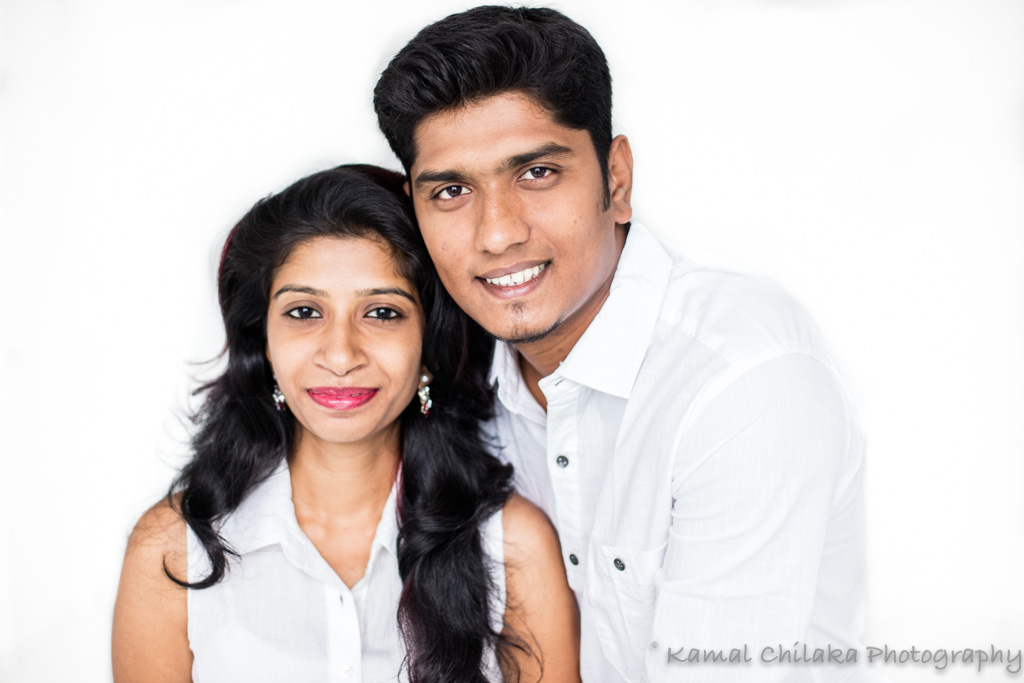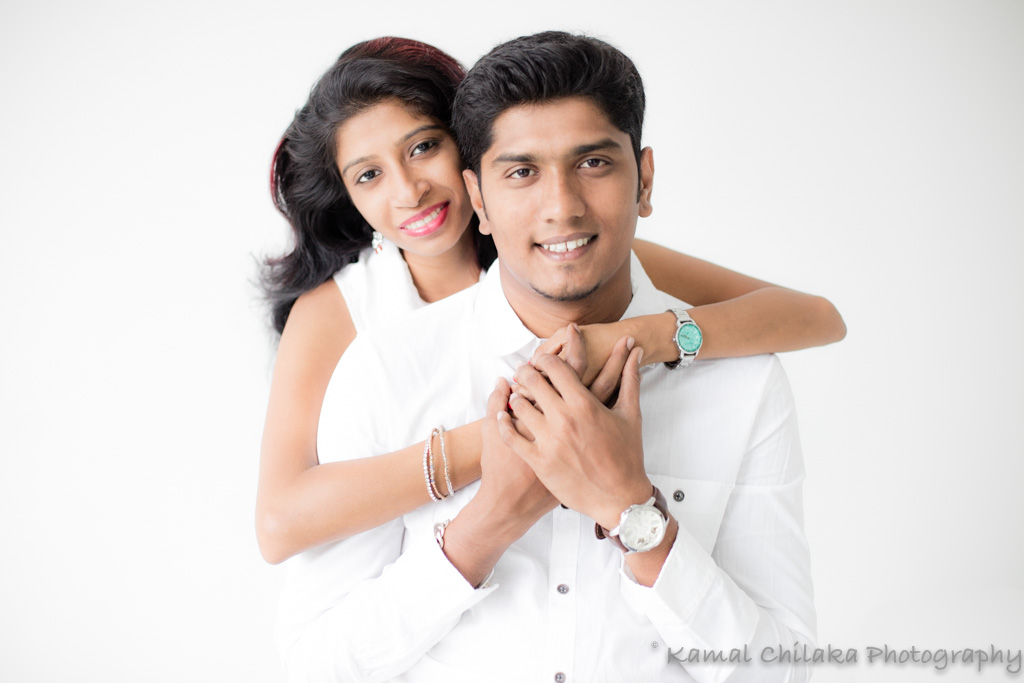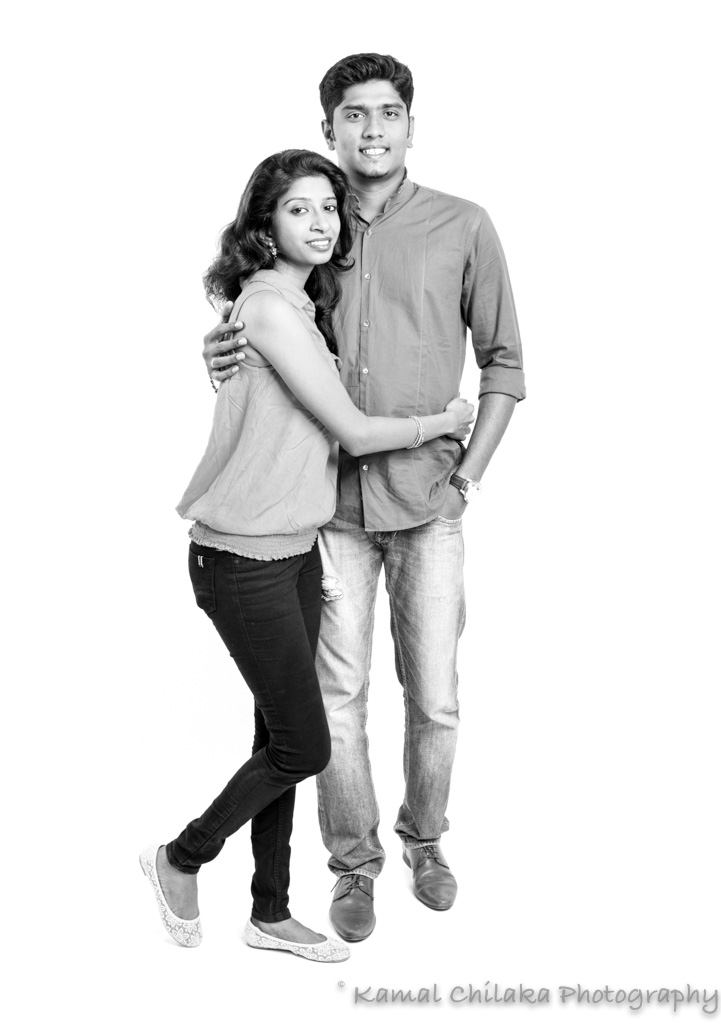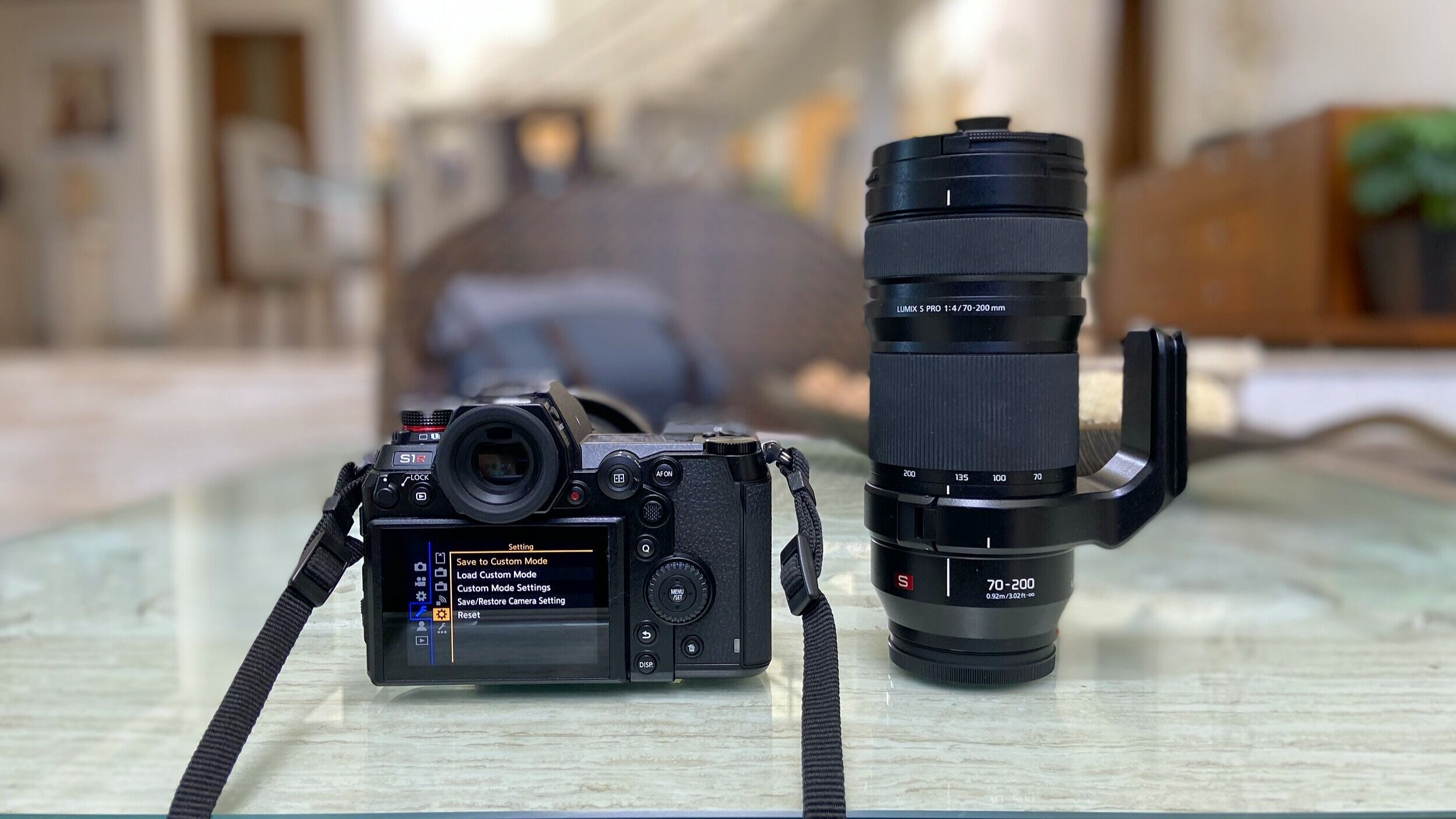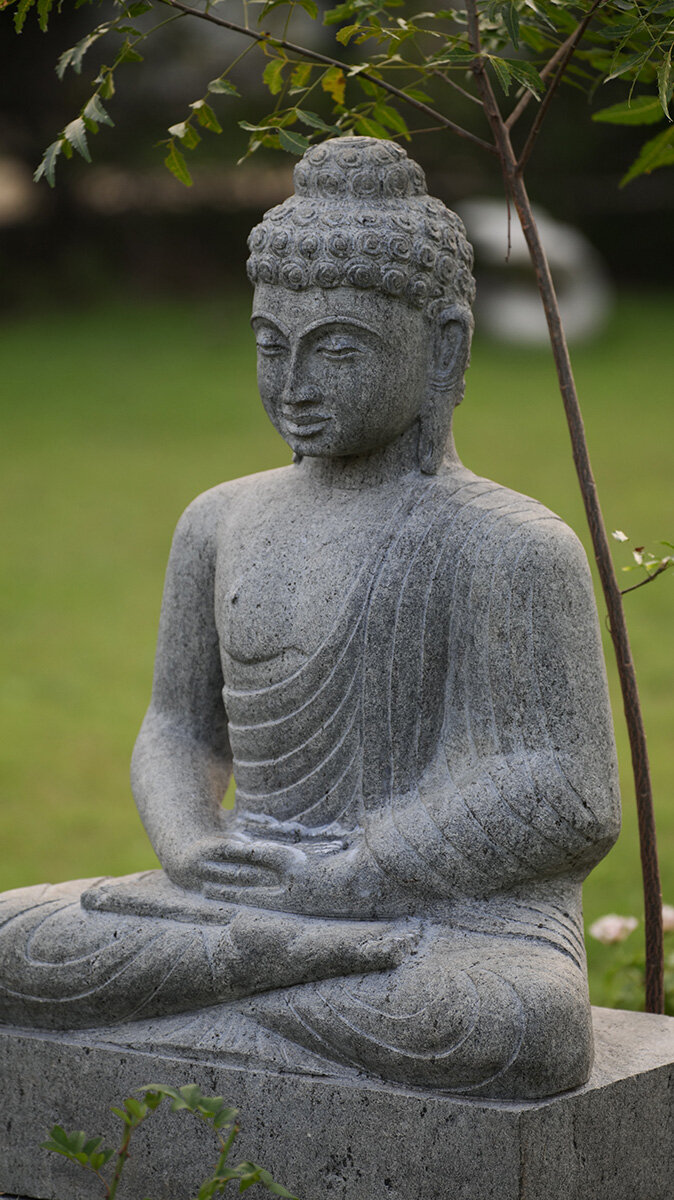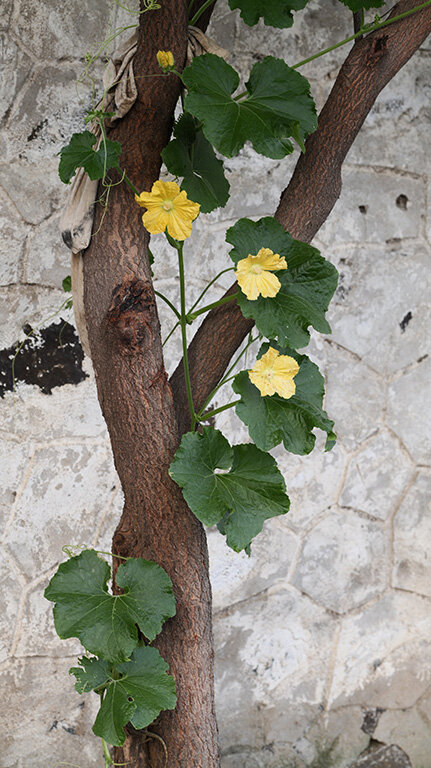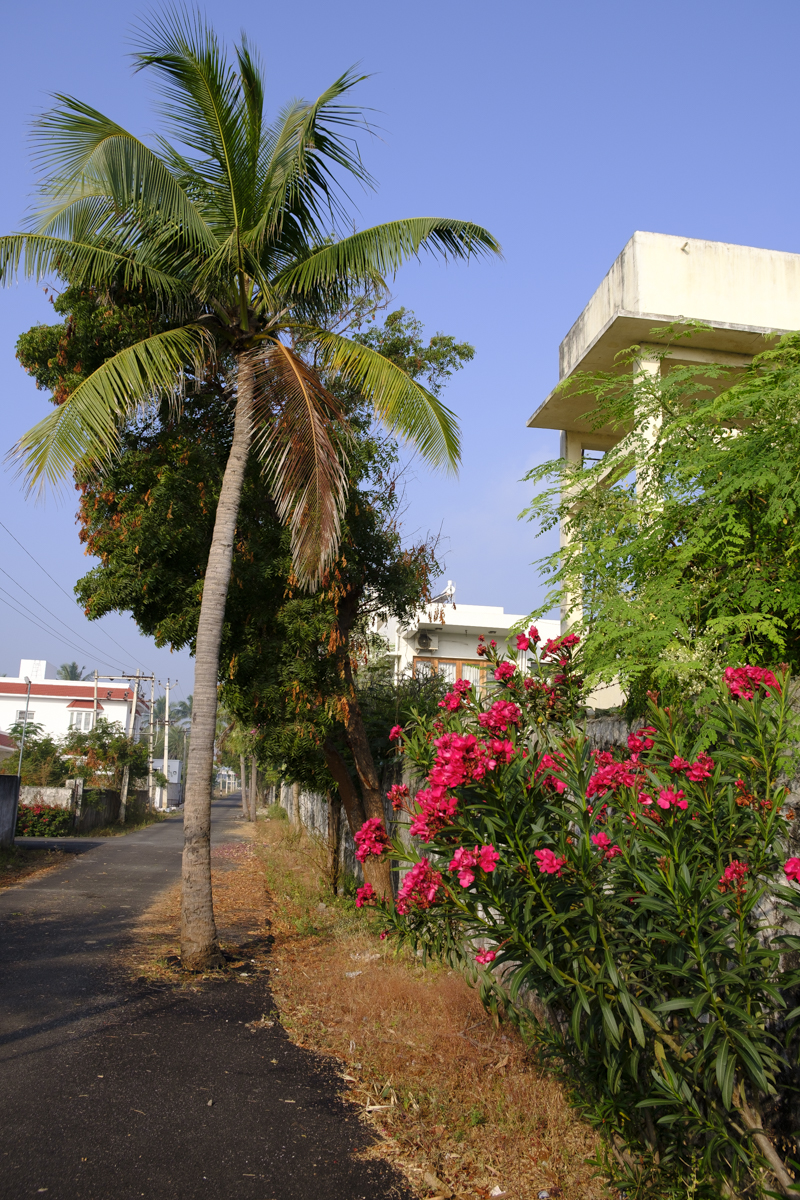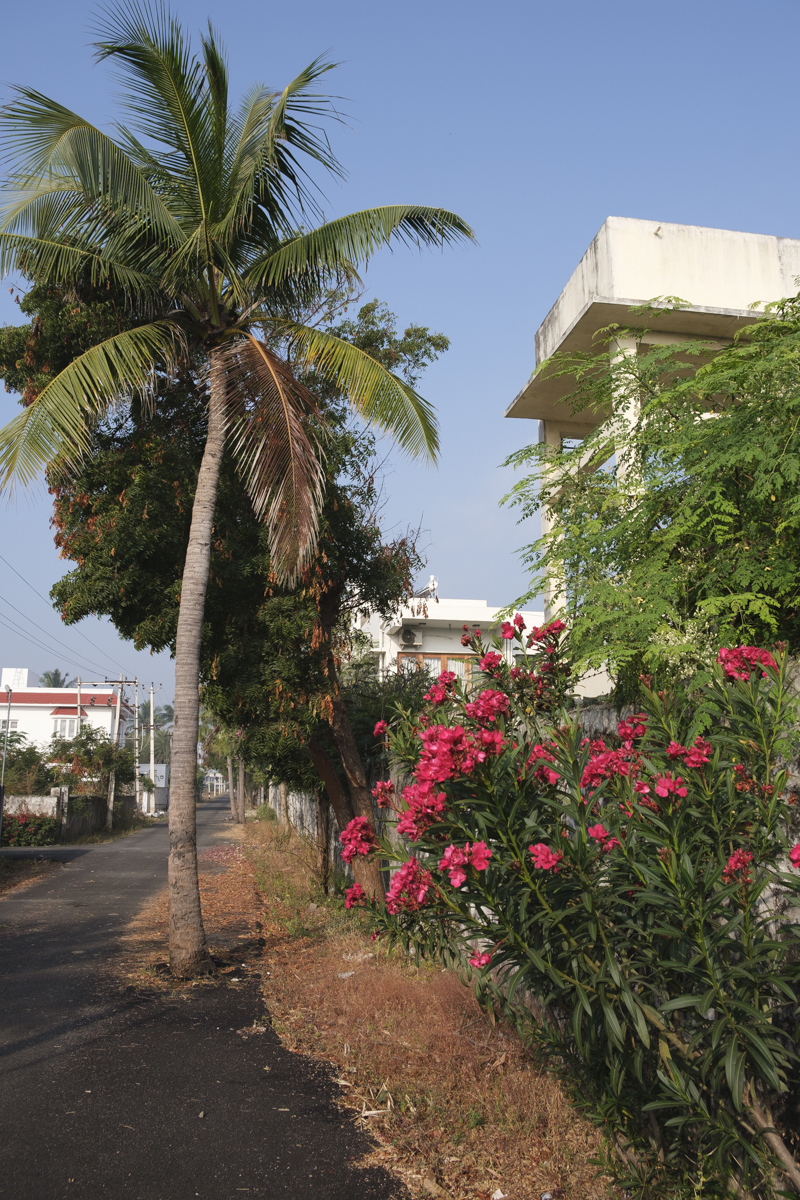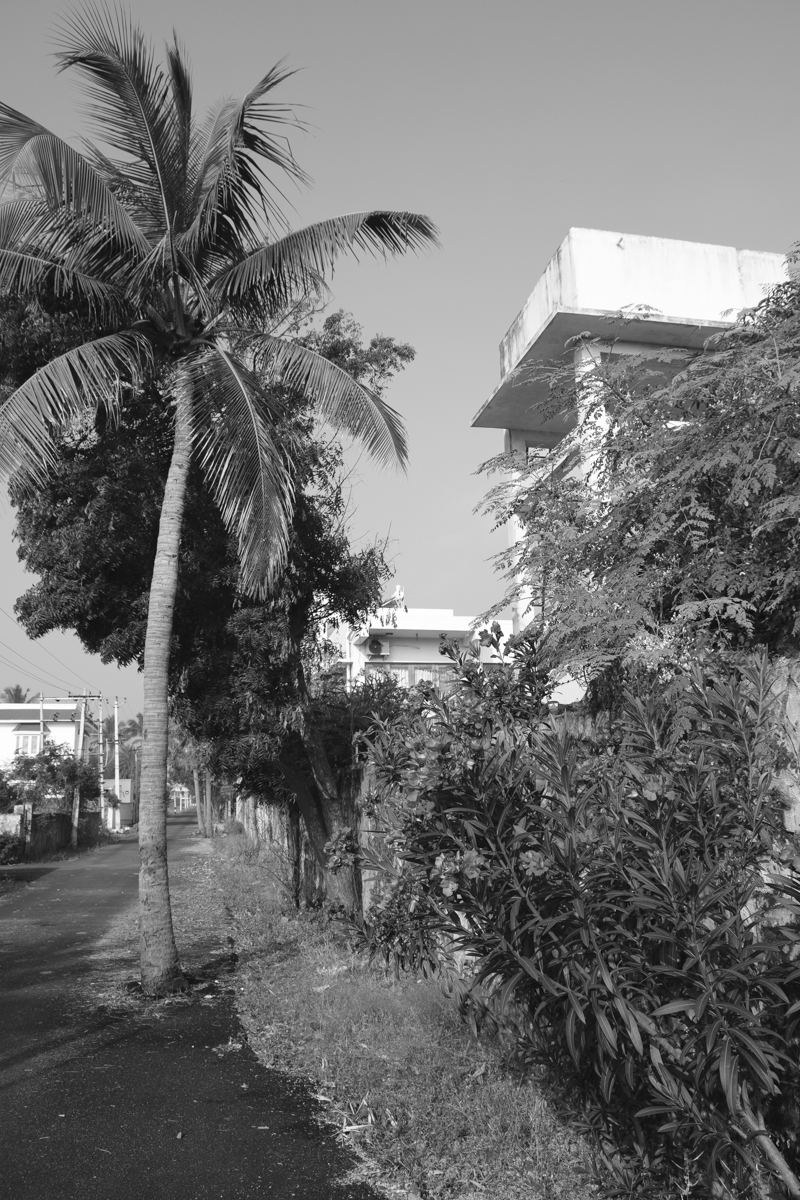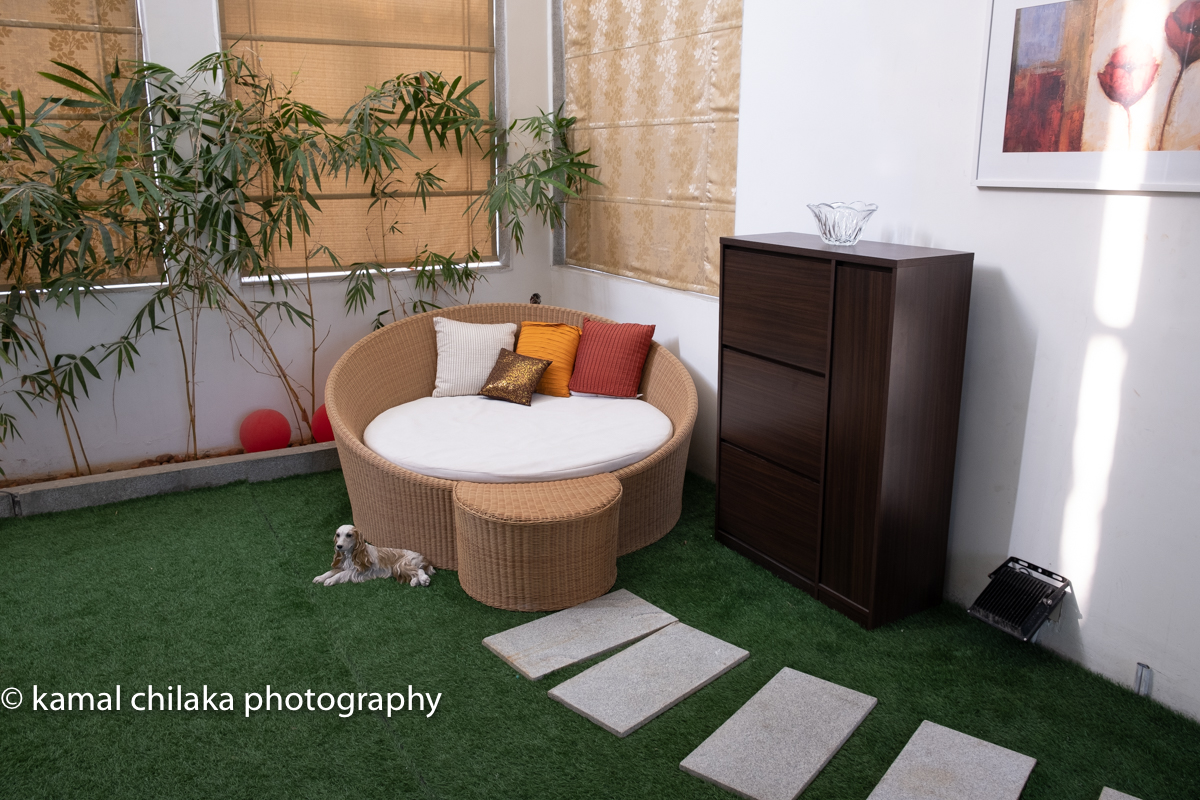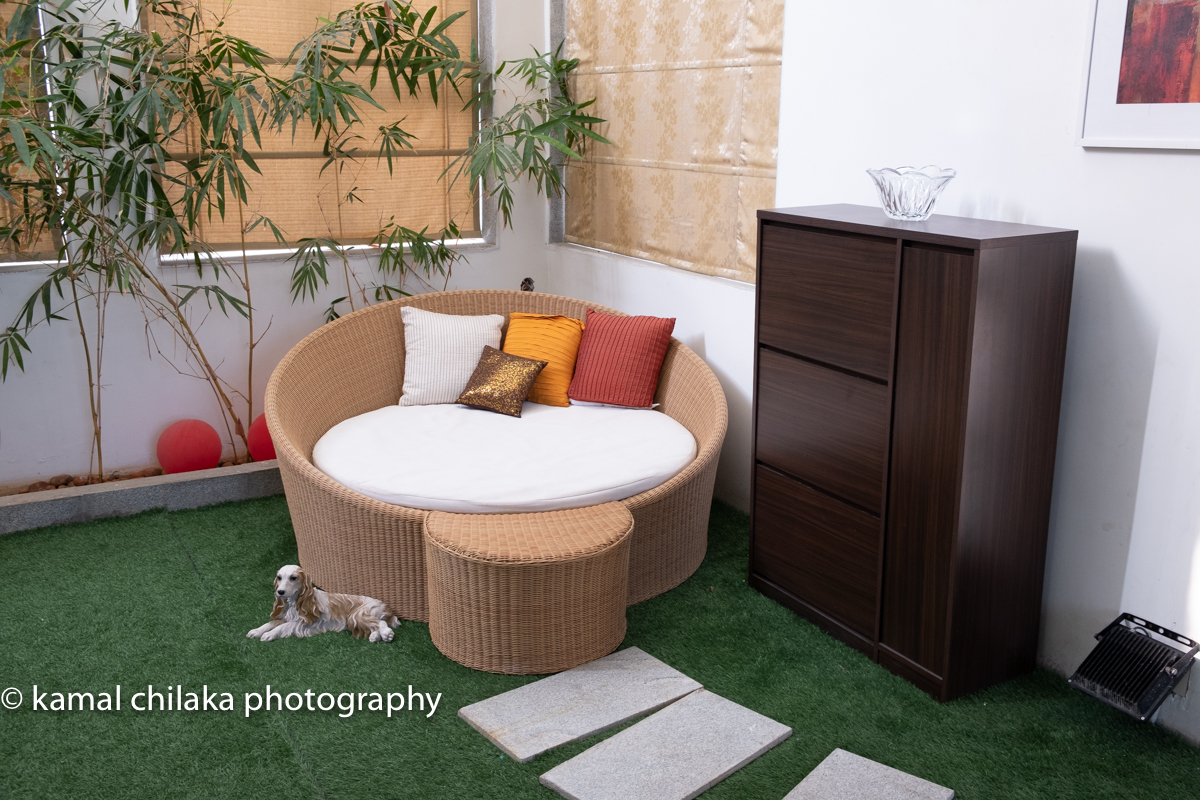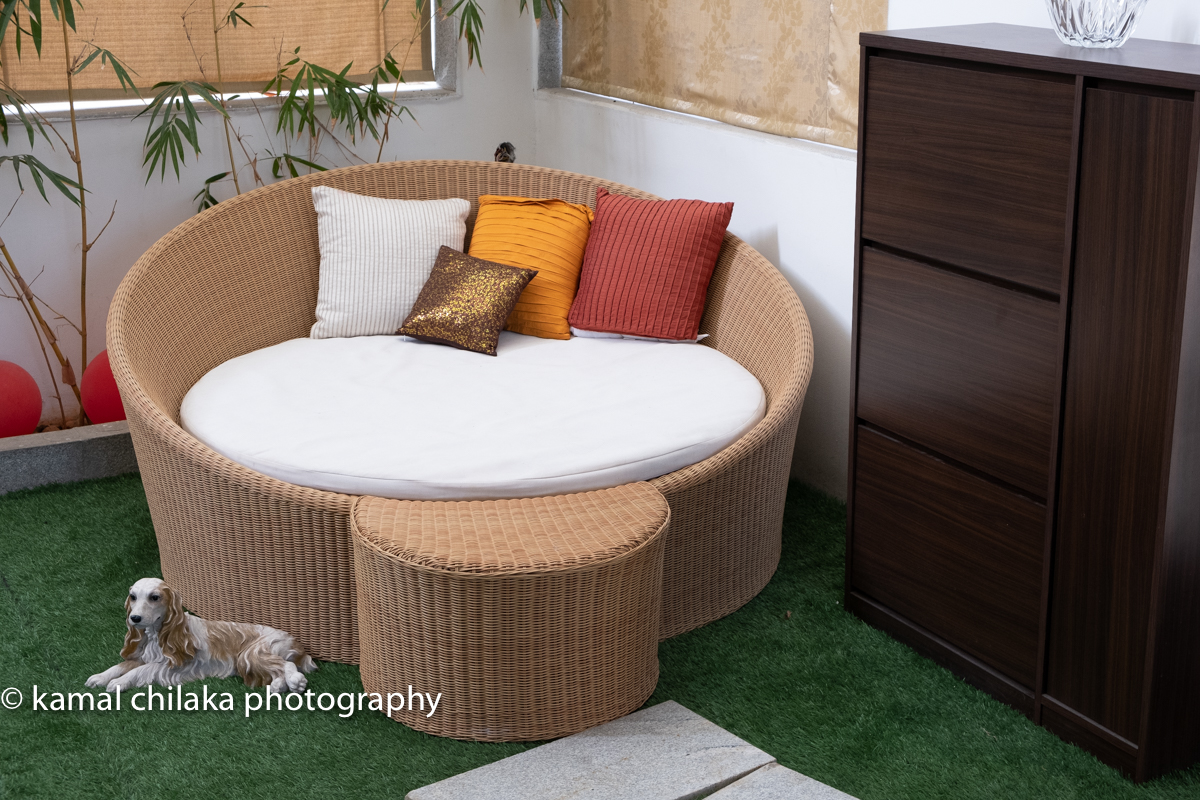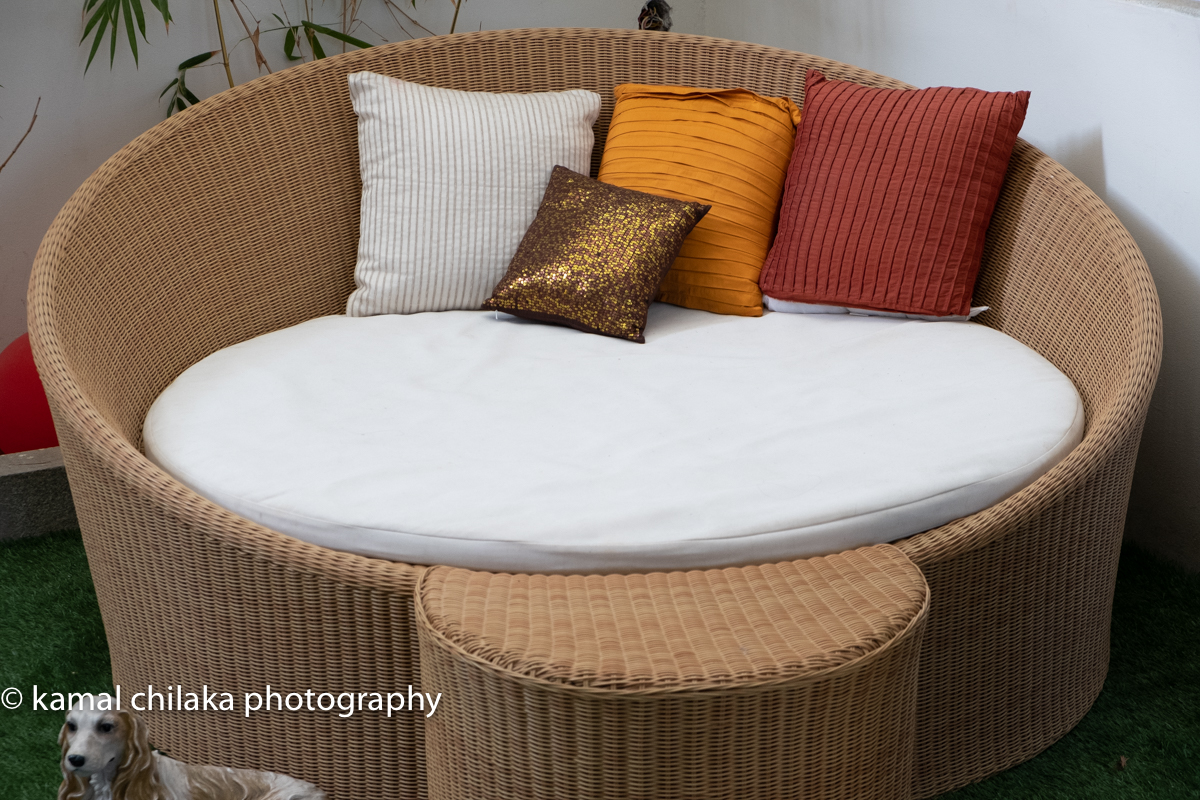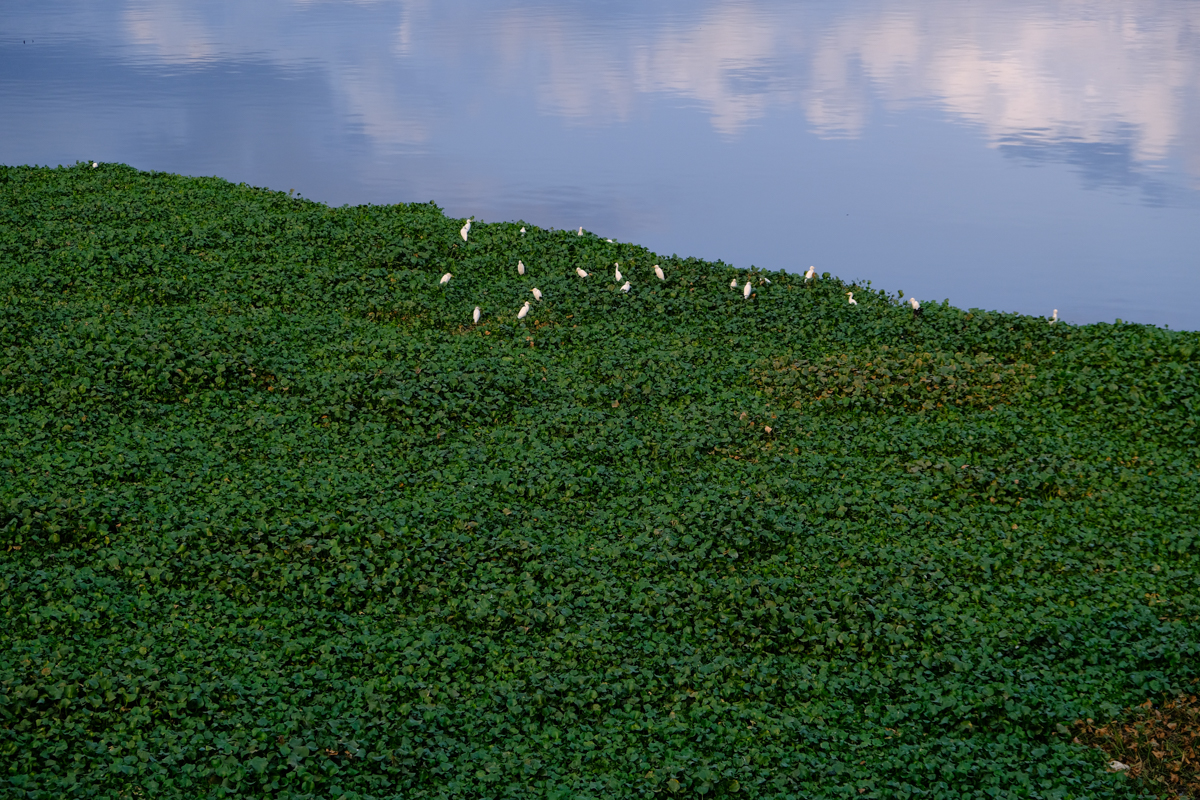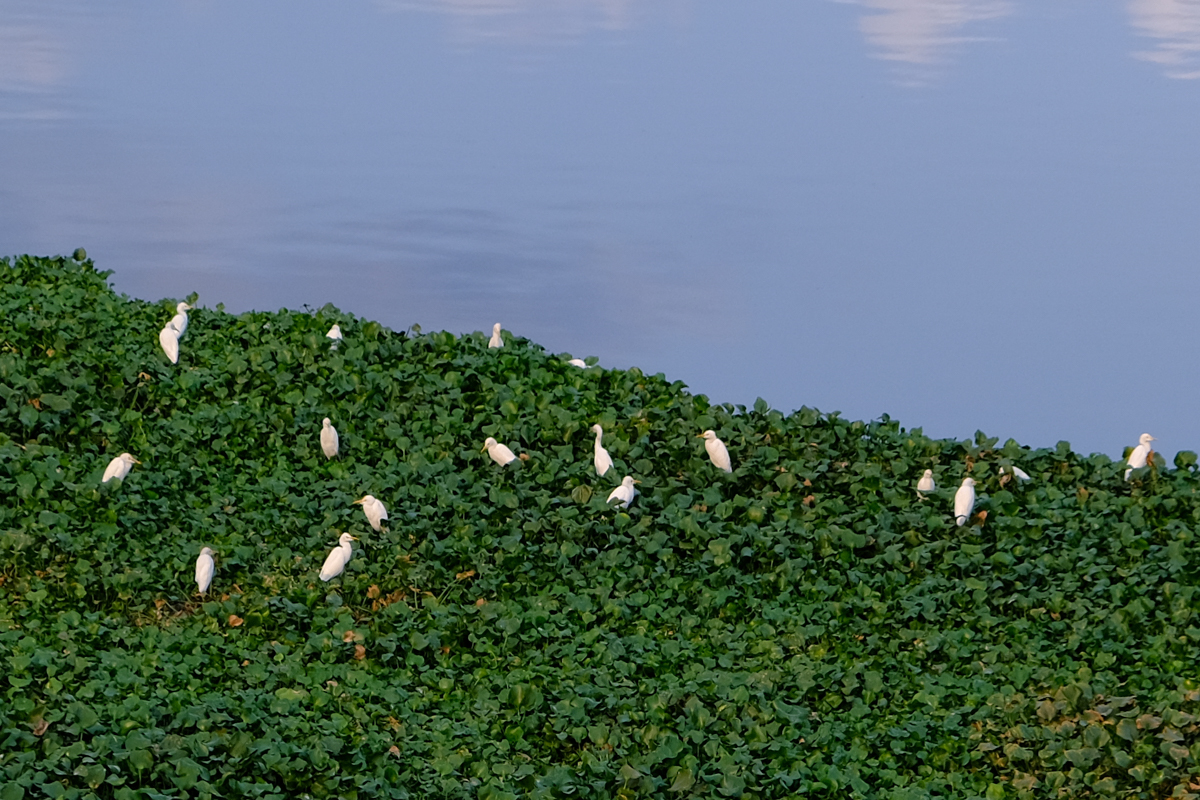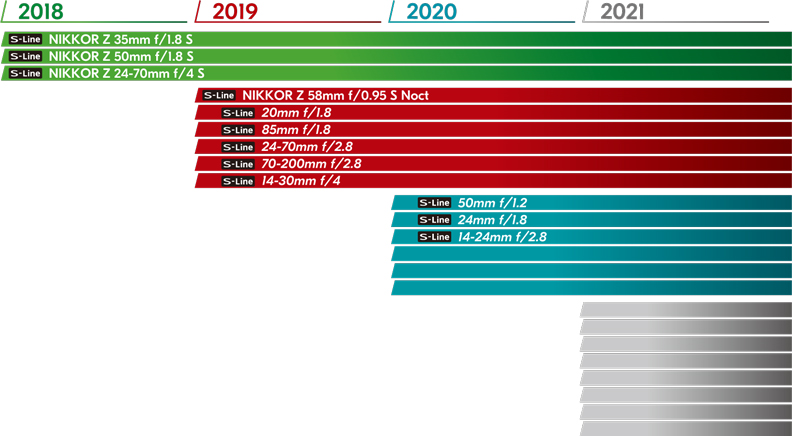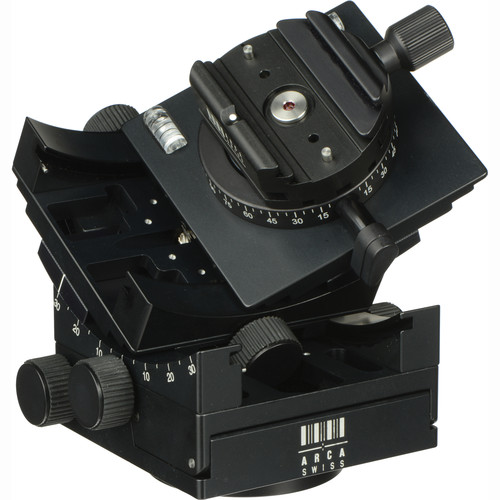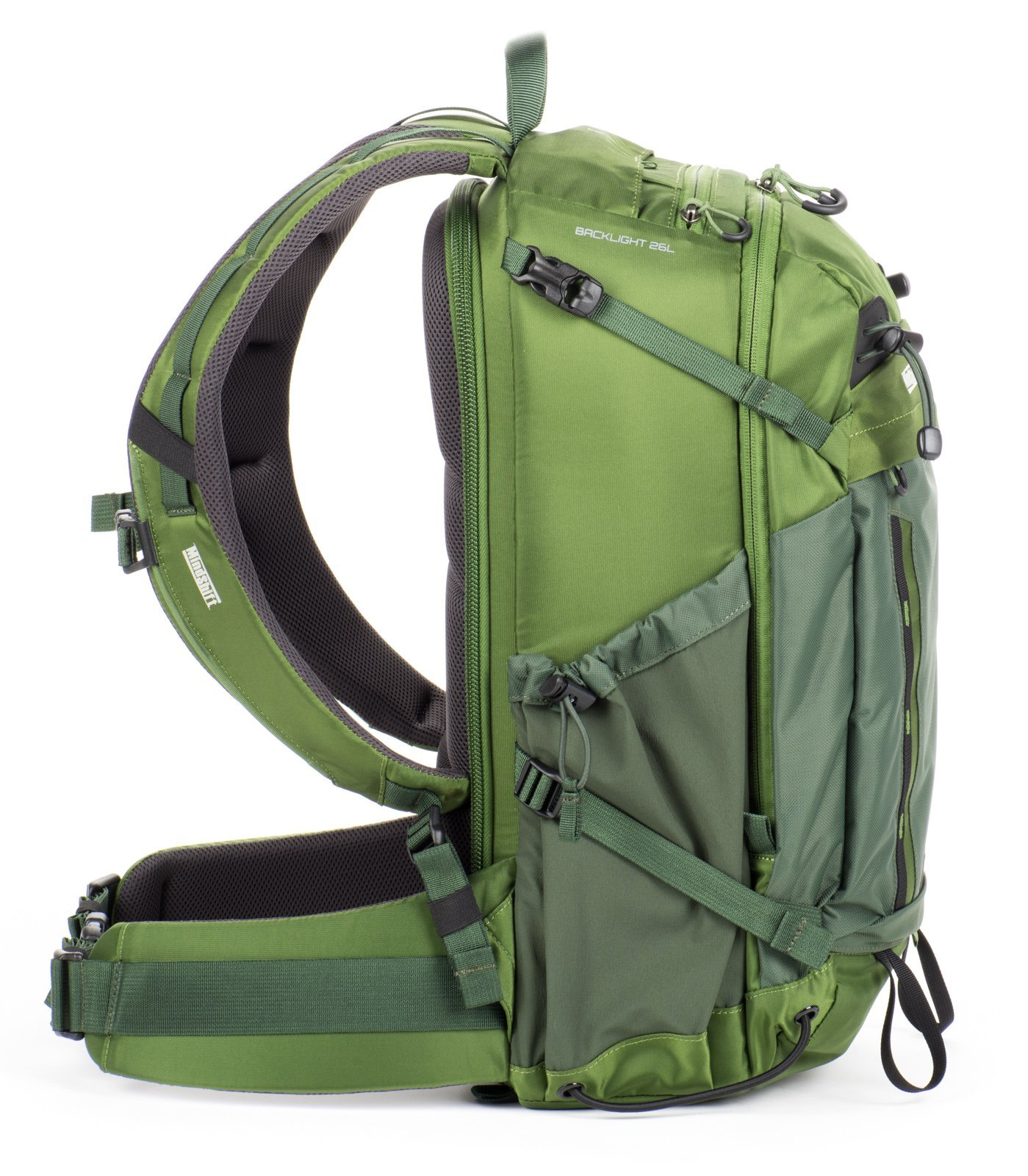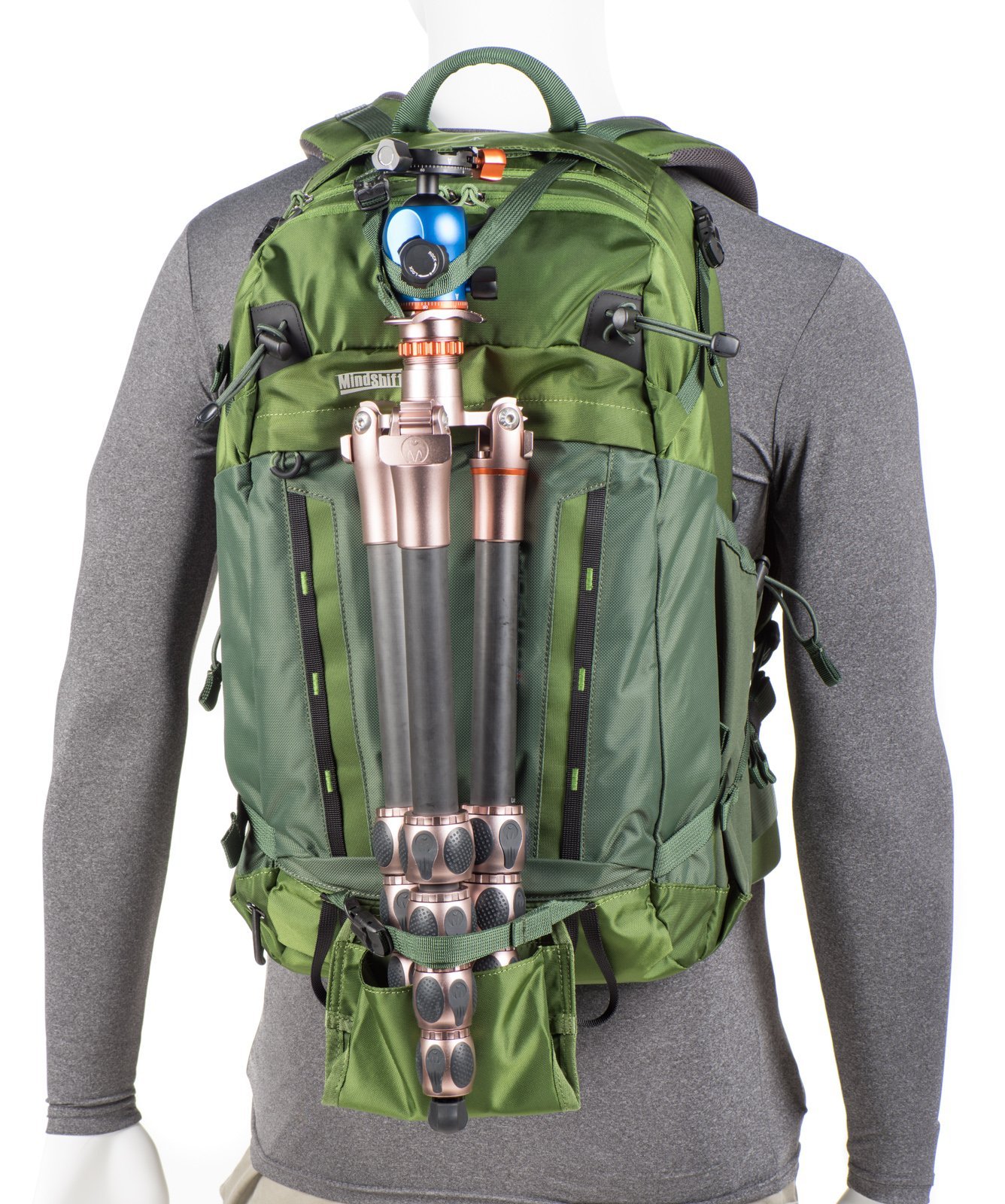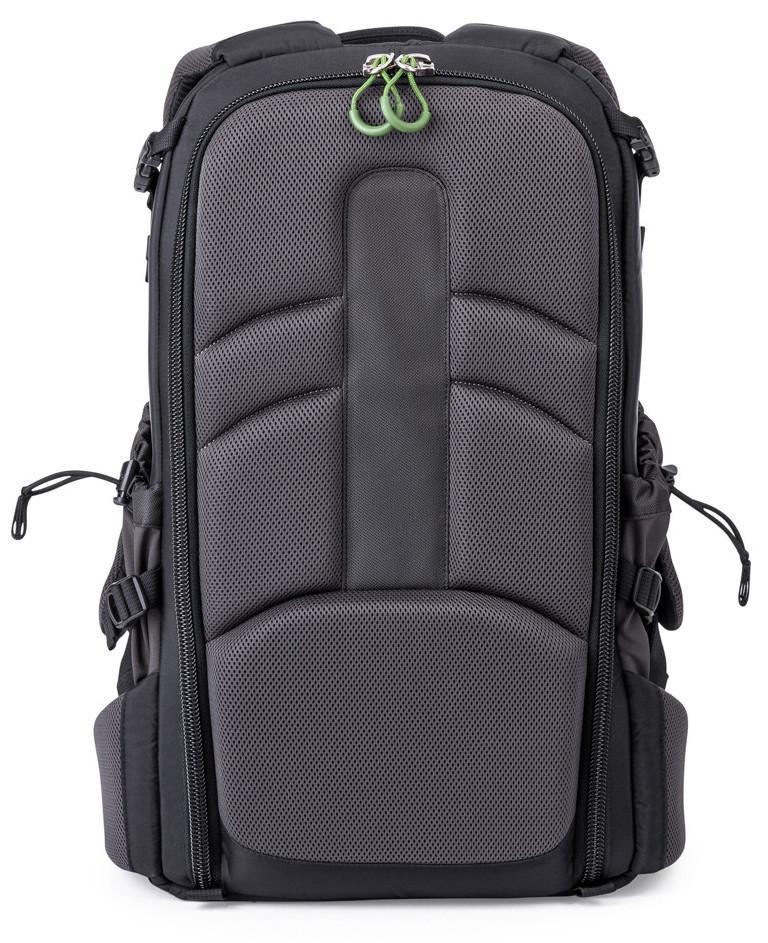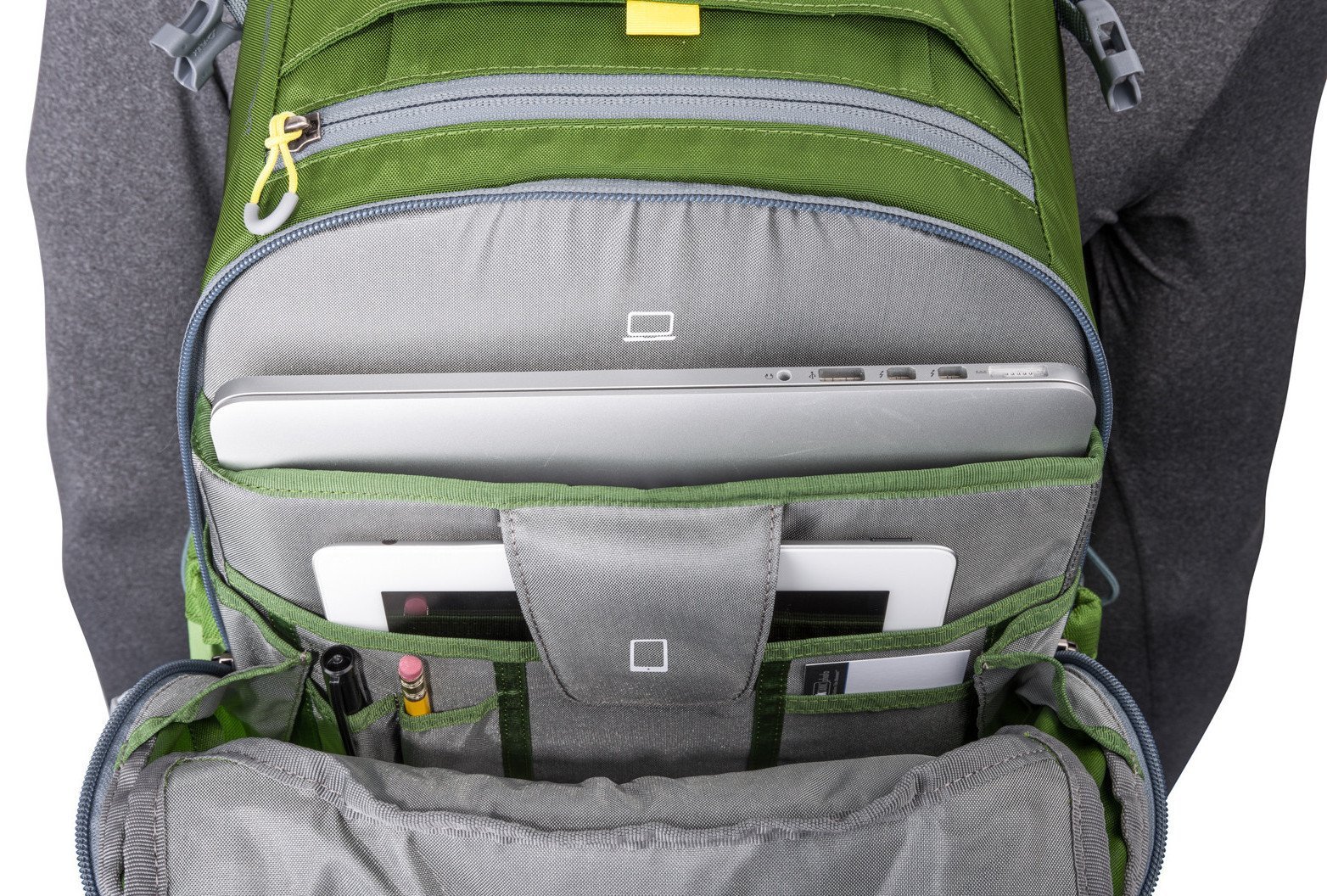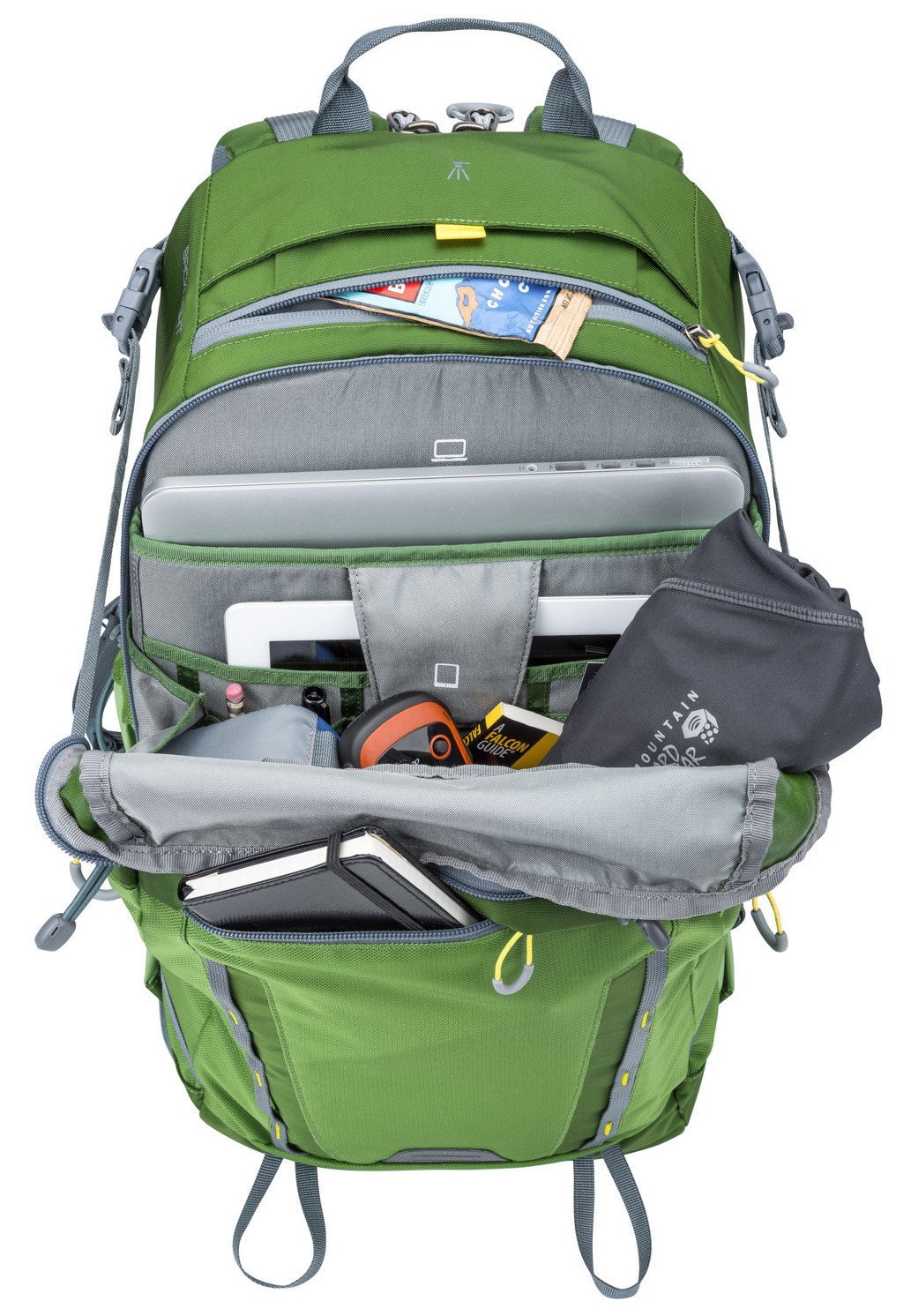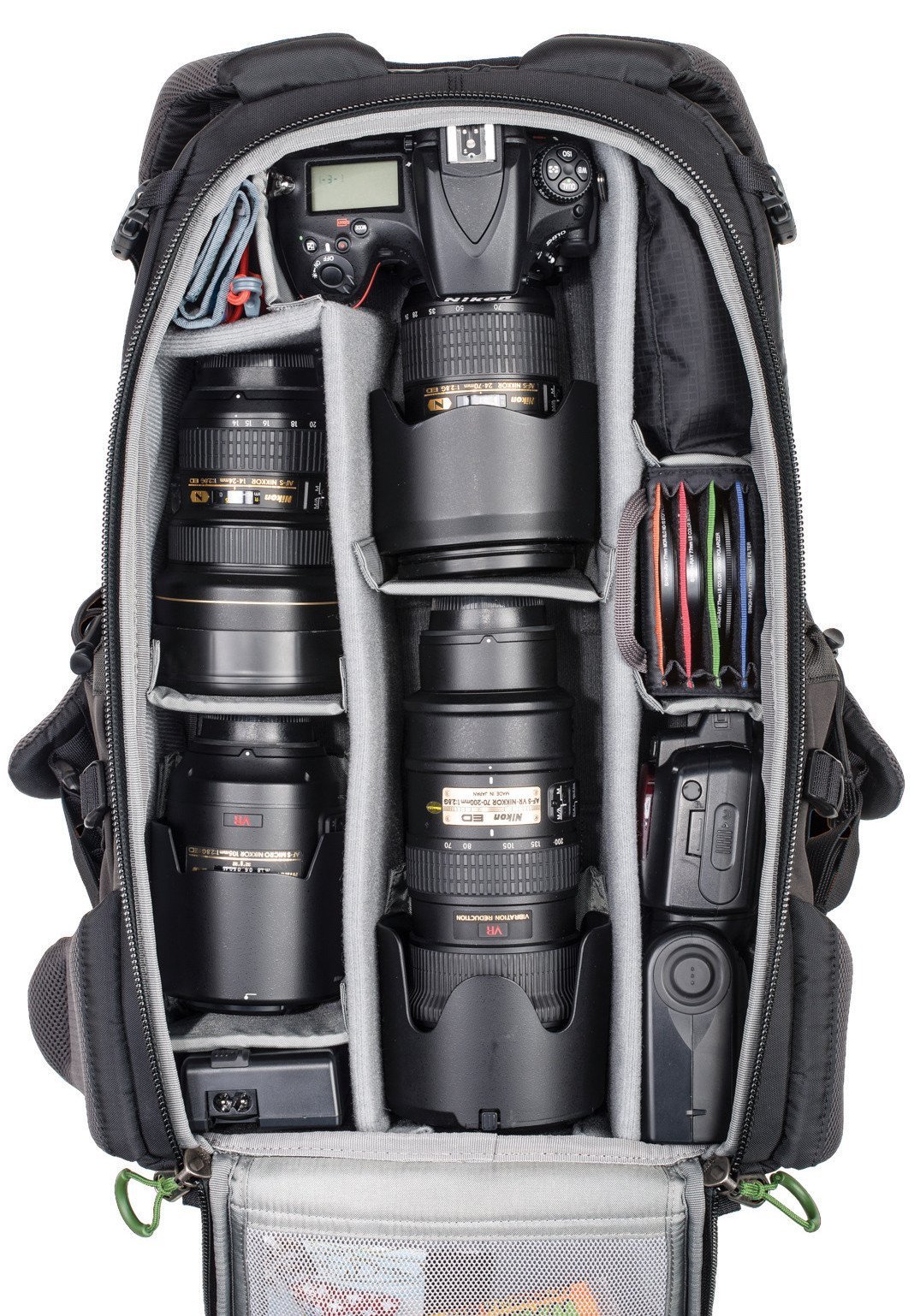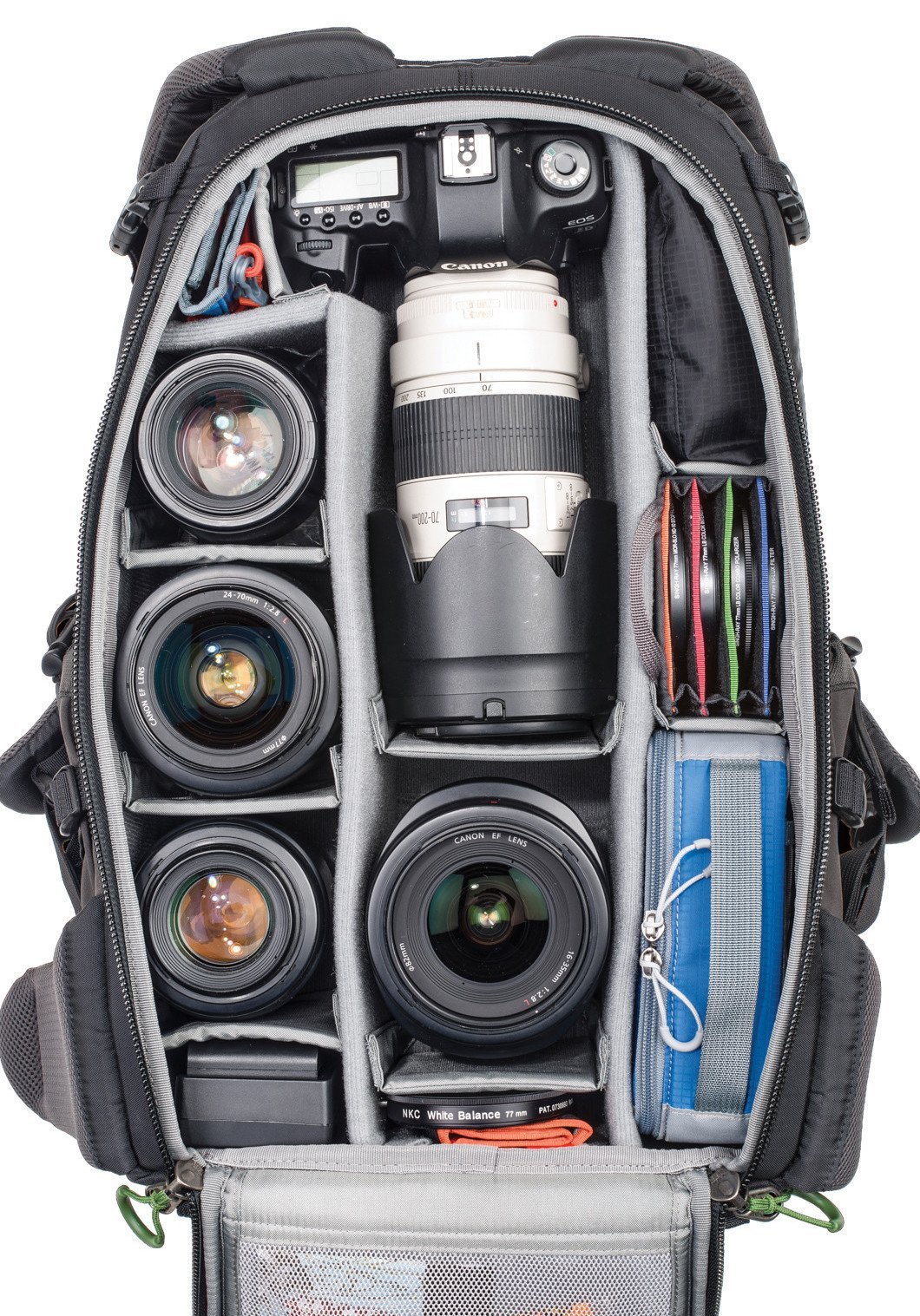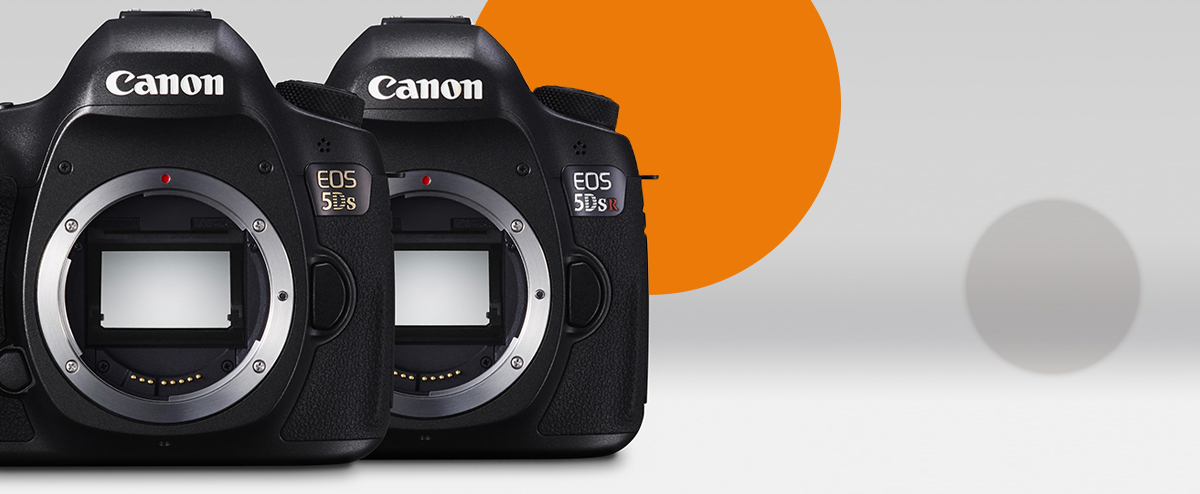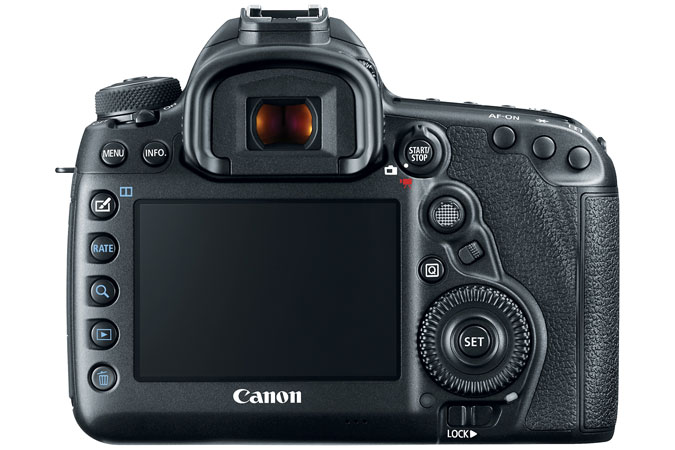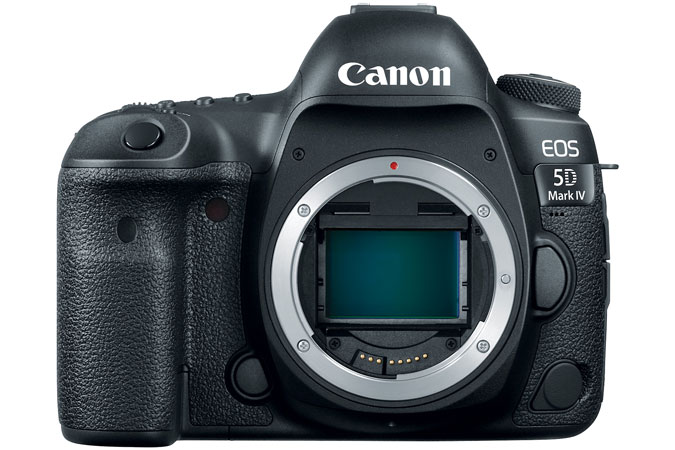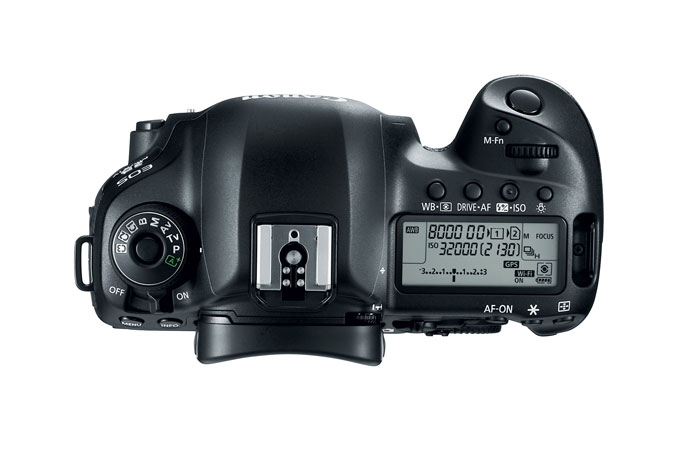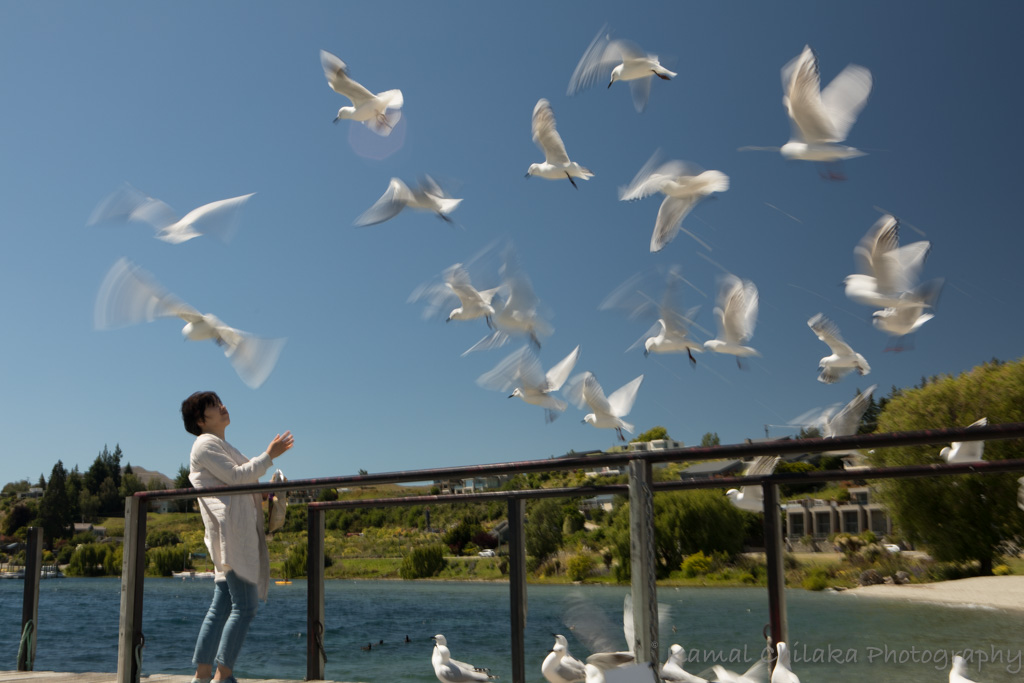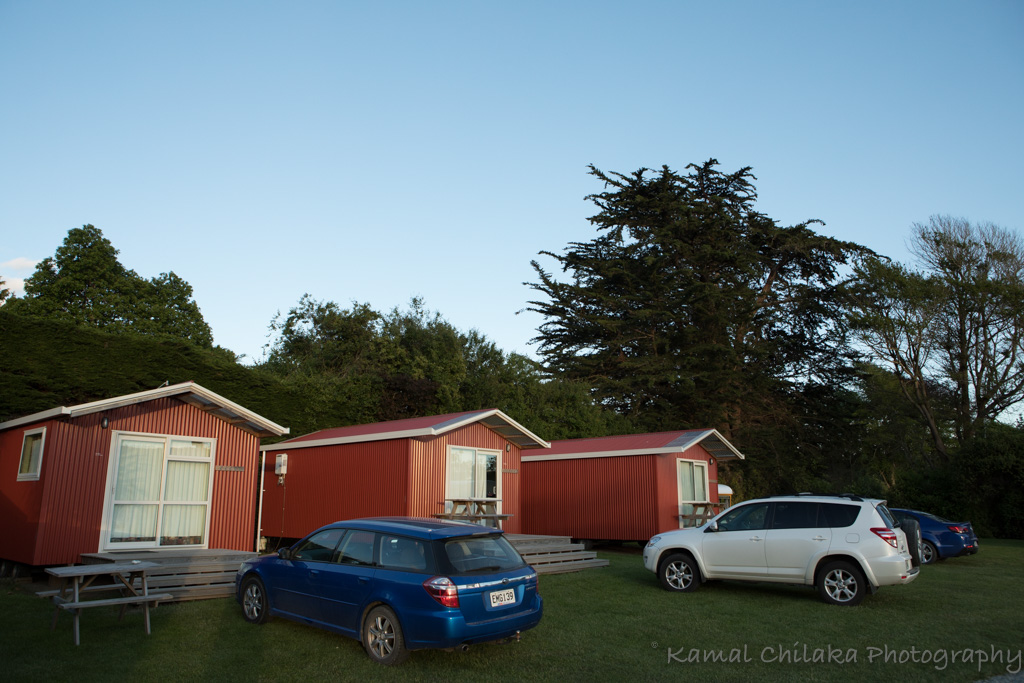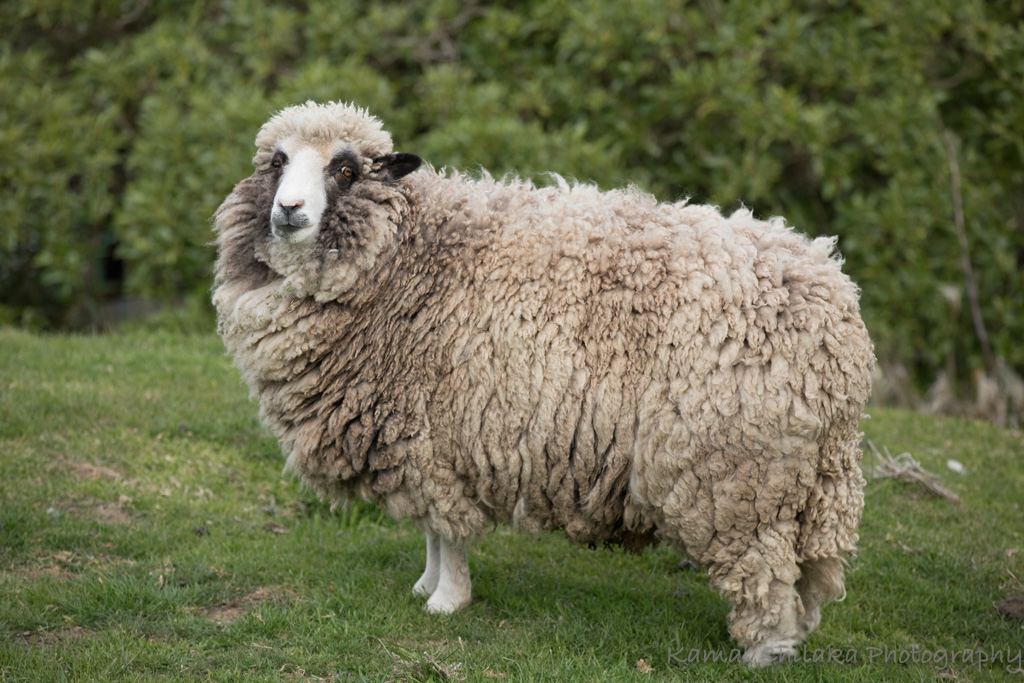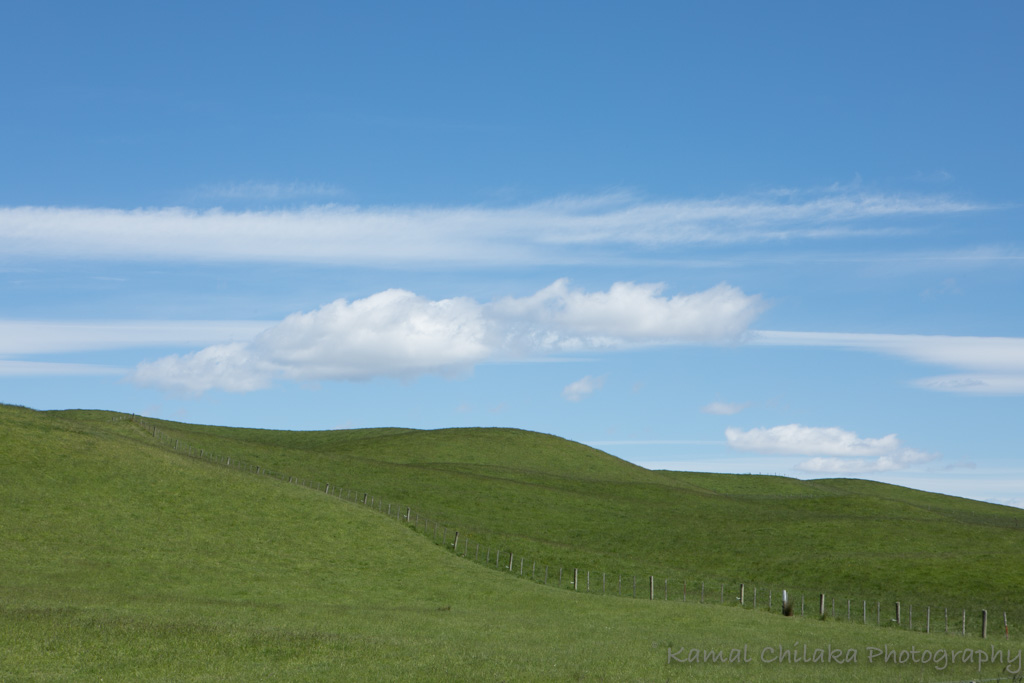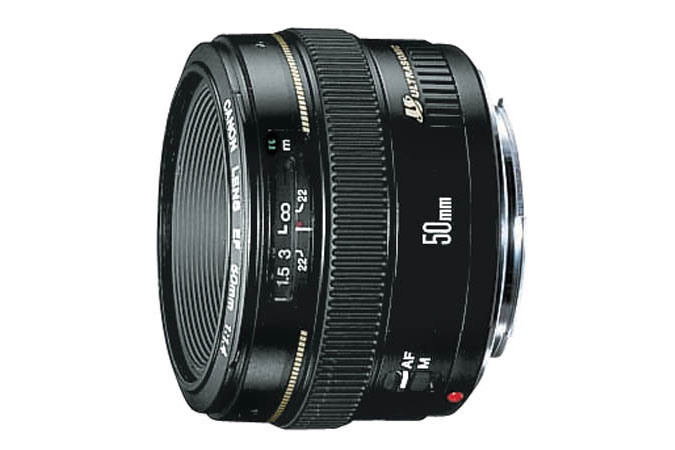Panasonic Lumix S1 R and 70-200mm F4 Lens Short Term Review
Its been about a year since I wrote about my initial impressions of Panasonic’s first high resolution full frame mirrorless camera and its sibling the lower resolution yielding S1.
The cameras are now in stock with dealers here in India and the cameras have started selling in limited numbers to discerning photographers.
Thanks to the good folks at Foto Trade and Panasonic India I was able to get my hands on the S1R and a 70-200MM F4 lens to try out and review.
Panasonic Lumix S1 R and S PRO 70-200mm f4 lens
LUMIX S1R Camera Body
Price and Specs
INR 2,99,000 /USD $3,697.99 Body Only
INR 3,60,000/ USD $4,597.99 kit with 24-105 F4 Lens
47.3MP Full-Frame MOS Sensor
5.76m-Dot 0.78x-Magnification OLED LVF
3.2" 2.1m-Dot Triaxial Tilt Touchscreen
UHD 4K60 Video Recording
ISO 100-25600, Up to 9 fps Shooting
Contrast-Detect 225-Area DFD AF System
Image StabilizationSensor-Shift, 5-Way
Weather-Sealed Construction
187MP High-Res Mode,
XQD & SD Slots
L- Mount
Its been about a year since I wrote about my initial impressions of Panasonic’s first high resolution full frame mirrorless camera and its sibling the lower resolution yielding S1.
The cameras are now in stock with dealers here in India and the cameras have started selling in limited numbers to discerning photographers.
Thanks to the good folks at Foto Trade my preferred camera store in Chennai and Panasonic India I was able to get my hands on the S1R and a 70-200MM F4 lens to try out and review. I have been on the lookout for kit to replace an integral part of my Landscape Photography Kit, the Canon 5DS-R ,Canon 70-200mm f2.8 L IS II and Canon 17-40mm f4 L Lenses which I sold in anticipation of newer and improved mirrorless offerings either from Canon or Panasonic.
I must admit the Panasonic S1R and the S PRO lenses have been on top of my shortlist ever since they have been launched. The camera seems to be exactly what I need for my landscape photography work in terms of its specs and performance based on initial reviews. That and the fact that Canon still has not come up with an offering with high resolution and class leading dynamic range as of this writing ha me looking at other brands for a solution.
Therefore when I was offered an opportunity to review the S1R body and the 70-200 f4 S Pro lens I was quick to take it up.
I have been putting the camera and lens though some basic travel and landscape type shoots. I have been exploring the menu system and settings including the bluetooth and wifi functions on the camera. I have also downloaded the Lumix Sync App which allows us to transfer Jpegs from the camera to a smartphone, tablet or PC. The App also allows for remote shooting with the camera.
After about a week of shooting with the camera in RAW and Jpeg modes and also studying the jpegs and RAW images and doing a bit of post processing with the images using Snapseed and Photoshop Express on my mobile and Lightroom and Capture One on my Mac these are my thoughts on the camera and lens.
The Grip is nice and deep on the S1 R and suits my medium sized hand. The dials and buttons are well laid out.
Build and Ergonomics 8/10
The first thing that one notices when you pick up the camera is the size and weight. For a mirrorless camera its unusually big compared to say the SONY A7 series or the Canon EOS R. It feels more like a Full Frame DSLR. The camera feels solidly built and well balanced . The grip is nice and deep ,almost excessively so.I have fairly big hands and but I could still not cover the entire grip. People with smaller hands might feel a little overwhelmed but for me it’s a minor factor.
The S1 R body and the S pro 70-200mm f4 are built solid for long term professional use.
I really like the layout of the buttons and dials except maybe the position of the on/off switch. The layout will feel familiar to owners of Canon and Nikon Full frame DSLRs as Panasonic seems to have learnt from the well developed and proven ergonomics of those Brands’ professional offerings.
The Menu system is also well laid out . The menu visibility on the rear LCD and the EVF is very good . You can pretty much make any change without taking your eye of the viewfinder. But due to the sheer volume of adjustments an customisation possible there will be a learning curve to get the best out of the camera.
The Camera Body is weather sealed so you don’t have to stop shooting in dust or wet conditions.
Autofocus Performance 7/10
AF Fail in this situation where the background grass and the flower in foreground were about the same in terms of tone.
The Autofocus performance has been OK. Not great. It works well enough in most situations like most modern cameras do. But its not on par with the Canon 5D Mark IV . It definitely not in the same league as cameras like the SONY A7R IV or A9.
AF WORKED IN THIS SEQUENCE OF THREE PHOTOS OF A MOVING SUBJECT.
AF WORKED IN THIS SEQUENCE OF THREE PHOTOS OF A MOVING SUBJECT.
AF WORKED IN THIS SEQUENCE OF THREE PHOTOS OF A MOVING SUBJECT.
For me AF is not so important as I mostly shoot landscapes and travel type of imagery which does not required fast AF.
The AF on this camera is also good enough for casual portraiture, static wedding and travel photography.
I would not recommend this camera if you’re planning to shoot high speed action, sports photography or even very dynamic fashion shoots.
EVF and Manual Focusing 8/10
The EVF on the SIR (and S1) is one of the highest resolution and quality available now. Having said that I still prefer the optical viewfinder.I found that viewing the EVF which is a mini screen does cause some amount of eye fatigue But the several benefits of having an optical viewfinder may actually outweigh the feeling of comfort of using an optical viewfinder. The ability to see actual exposure level, histogram and ability to view the settings menu right within the EVF makes life very useful. A longer use of this camera will be needed to confirm that. The reason I didn’t give the manual focusing of this camera a higher score is I really struggled to focus on the moon while trying to shoot a closeup of a full moon.
Lumix S1 R and S PRO 70-200 FF. 1/160 sec at f 5.6. ISO 640
Image Quality. 8/10
The images straight out of camera have a nice subtle colour pallette.
The camera has 9 photo styles suitable for still photography and a few more suited for video.
[Standard]The standard setting. [Vivid]A setting that produces a more vivid quality with higher saturation and contrast. [Natural] A setting that produces a softer quality with lower contrast. [Flat] A setting that produces a flatter image quality with lower saturation and contrast. [Landscape] A setting suited for sceneries with vivid blue skies and greens. [Portrait] A setting suited for portraits with a healthy and beautiful skin tone. [Monochrome] A monochrome setting with no color shades. [L.Monochrome] A black-and-white setting with rich gradation and crisp black accents. [L.Monochrome D] A monochrome setting that creates a dynamic impression with enhanced highlights and shadows.
S1 R + s pro 70-200 f4 at 200mm. 1/640 sec at f5.6. ISO 640. JPEG straight from camera resized in Lightroom.
I preferred the VIVID shooting style which has a higher default contrast and saturation level rendering images more punchy which is how I like my landscape images . The rest of the modes including Landscape and Portrait modes produced more subtle colours. I suspect the dynamic range available for post processing may be higher in standard, natural and cineD shooting styles. This needs further study.
Dynamic Range and Shadow Recovery Ability
The S1R produces files with good depth and dynamic range. Here are a couple of JPEGs with the images straight out of camera and the shadow recovered images compared . I was not able to work with the RAW files as my version o Lightroom still didn’t recognise these file formats. But a future update should make that possible. I will post the results here once i’m able to do that.
Jpeg Straight Out of Camera
Jpeg after shadow and highlight recovery in Lightroom
High Dynamic Range Sunset Scene Jpeg straight from Camera
High Dynamic Range Sunset Scene Jpeg after post processing in Lightroom
Crop Shooting Modes
The SIR comes with the ability to shoot in different popular crop formats like 16:9, 2:3, 4:5 and 1:1 . With the high resolution of this sensor all crop formats give sufficient resolution to make decent sized prints.
Shot in 16:9 Crop Mode
Shot in 1:1 Square Crop Mode
Shot in 4:5 Crop Mode
Shot in 2:3 Crop Mode
Image Stabilisation 9/10
The S1R has one of the best IBIS systems currently available. It is a dual IS system ie it has in Body Image Stabilisation and Lens ISAccording to Panasonic it gives 5.5 stops of IS. I was able to shoot at a shutter speed of just 1/5 sec with good results at ISO 100 and f11 with the lens zoomed to 98mm. Typically id be shooting at shutter speed of 1/125 sec or more with my non IS Canon 5D 4 even with IS Lenses such as the 70-200 f2.8 L IS even though the lens has IS. Being able to shoot at such lower shutter speeds ia boon in situations that require aus to shoot with
Wireless Connectivity and Lumix Sync App 7/10
Installing the Sync App is easy. But registering the camera for the first time takes a few minutes. I also found that after a few transfers I needed to reregister the camera again to be able to transfer images from camera to phone. The bluetooth function seems to be used to only establish connection between the camera and phone and setup the wifi. The actual transfer happens over wifi direct transfer. The ease of setup and transfer is not bad but still not on par with Canons Camera Connect or Leica’s Fotos App.
The App also allows you to remotely shoot with the camera using live view which can be a useful feature in certain situations.
I wish all camera manufacturers stepped things up a notch and provide the ability to backup images directly to popularly used cloud services such as iCloud, google drive, Adobe etc This would make life so much easier.
Battery Life 7/10
On a full battery there was more than enough capacity to shoot for 2 -4 hours of shooting. The battery life is pretty good considered the EVF is in use while shooting and Rear LCD was being used for transferring images via the App. I found that the battery drained a bit more than on my 5D Mark 4 even when the camera was switched off . I would recommend at least having one spare battery for full day shoots and also to take the battery out of the camera when not in use.
Performance with EF Mount Lenses using SIGMA’s MC 21 Adaptor.
I tested the camera with my EF mount Zeiss Otus Lens and the MC 21 Adaptor. The Manual focusing tools available on this camera really made it very easy to shoot with my Zeiss Otus 55mm f1.4 I was bale to get The Eye is sharp focus consistently while shooting headshots even at f 1.4 .
Changing the Aperture on the lens felt a little rougher and noisier than on an EF Mount body. Also the ZIESS OTUS lens while mounted via the SIMGA MC 21 Adaptor had a little bit of play which was a little discomforting.
SAMPLE IMAGE GALLERY (JPEGS STRAIGHT FROM CAMERA)
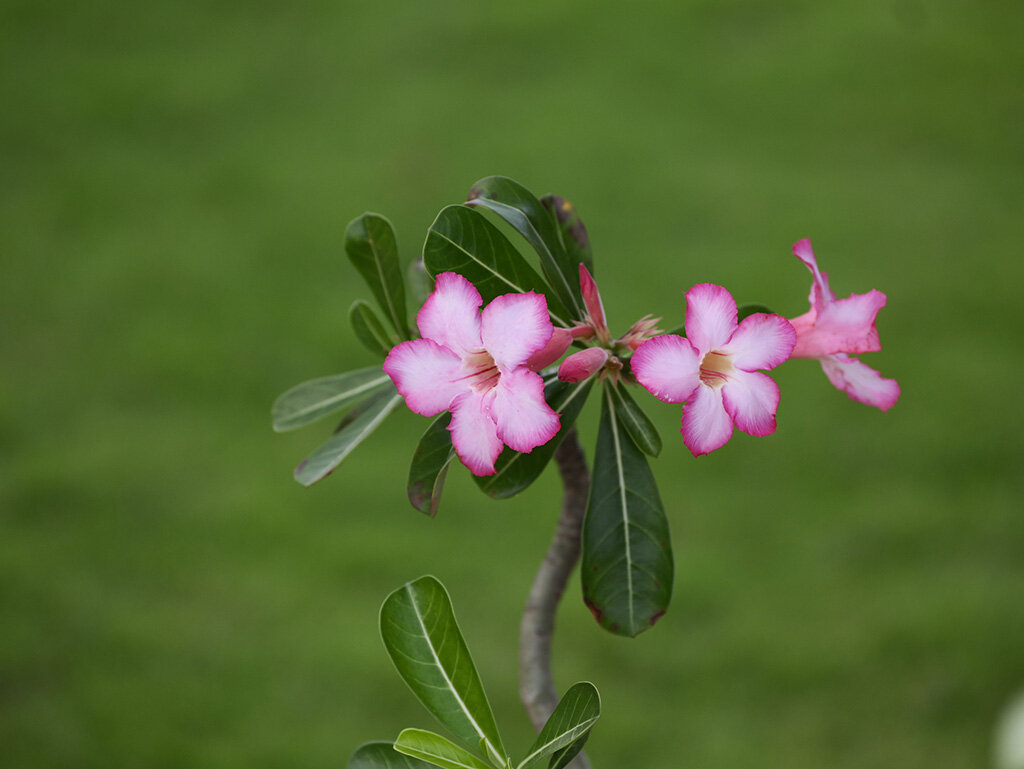
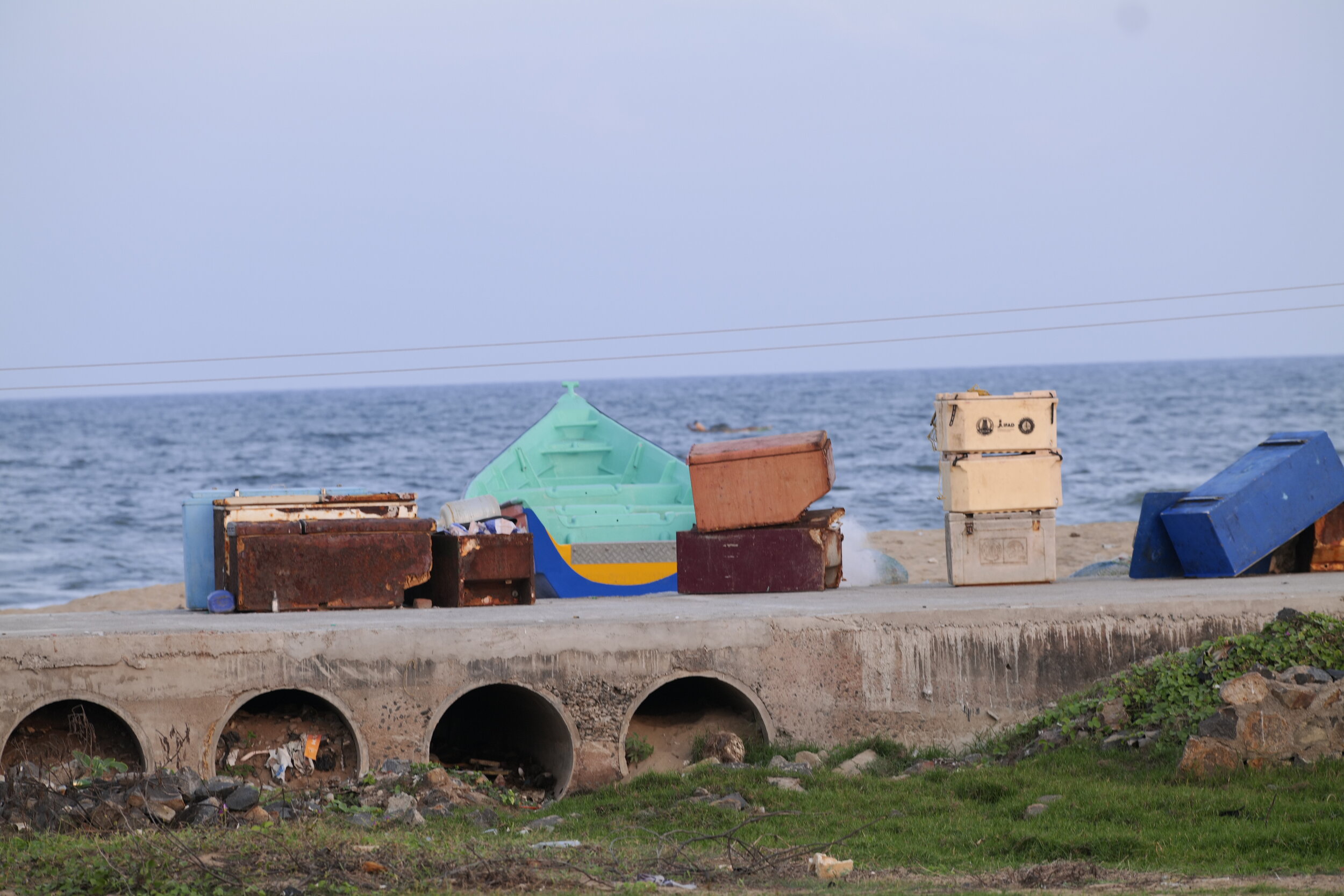
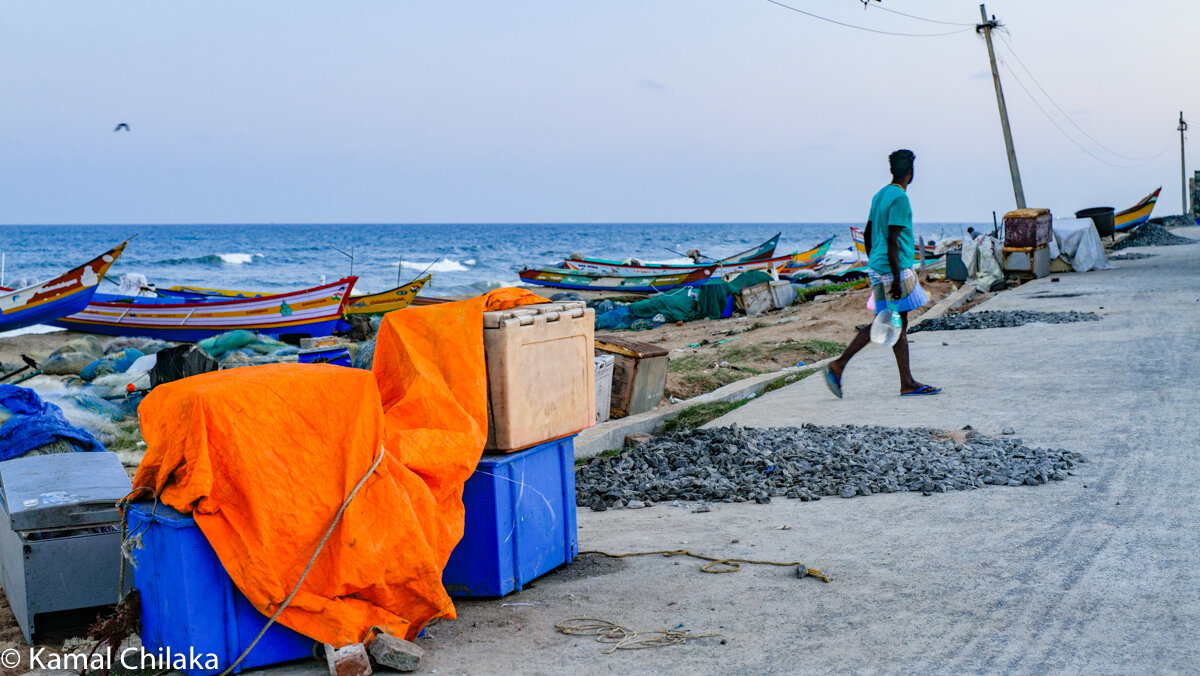

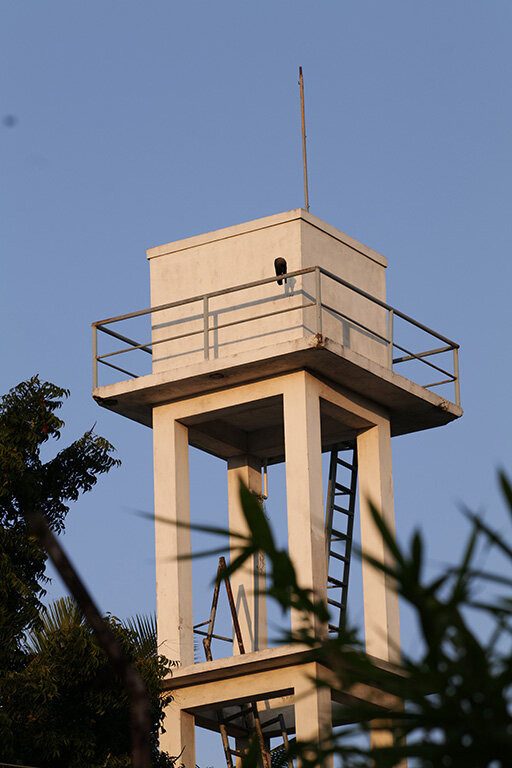
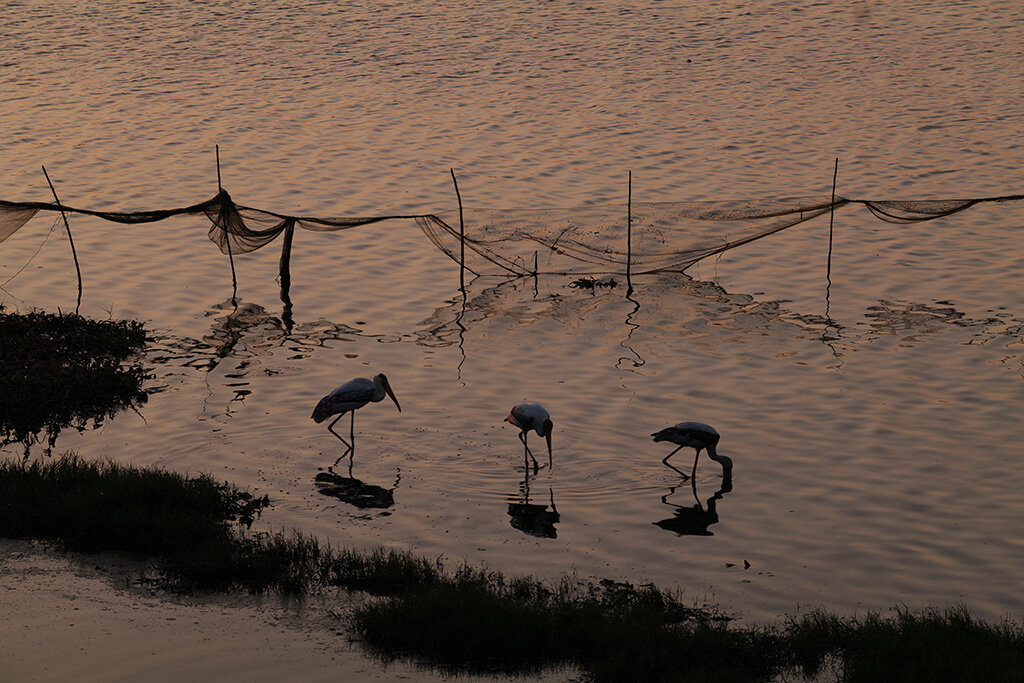
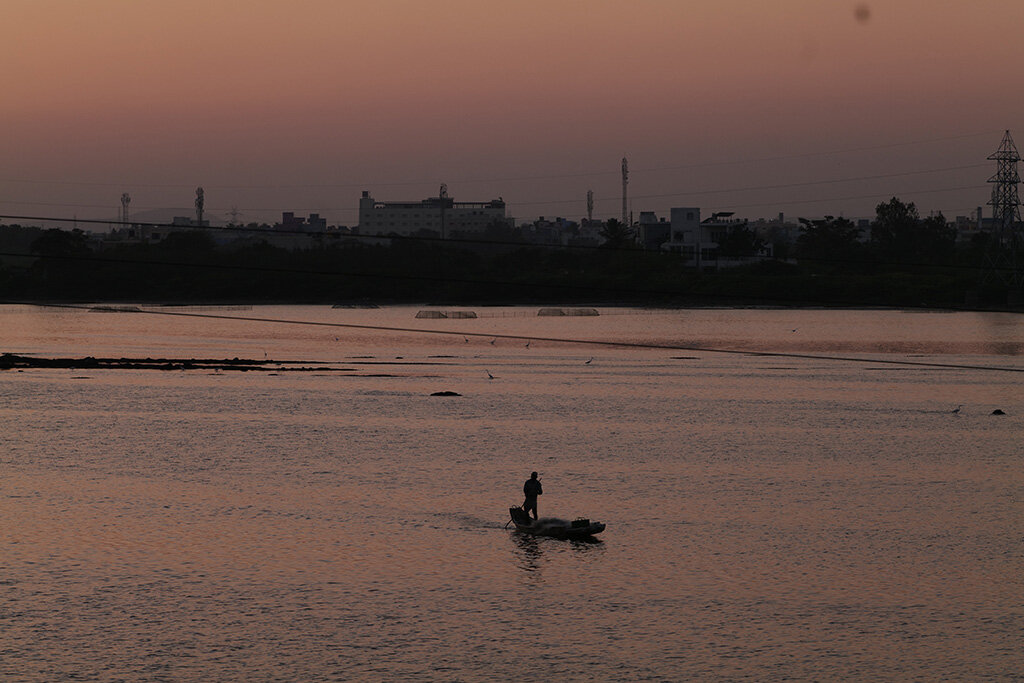
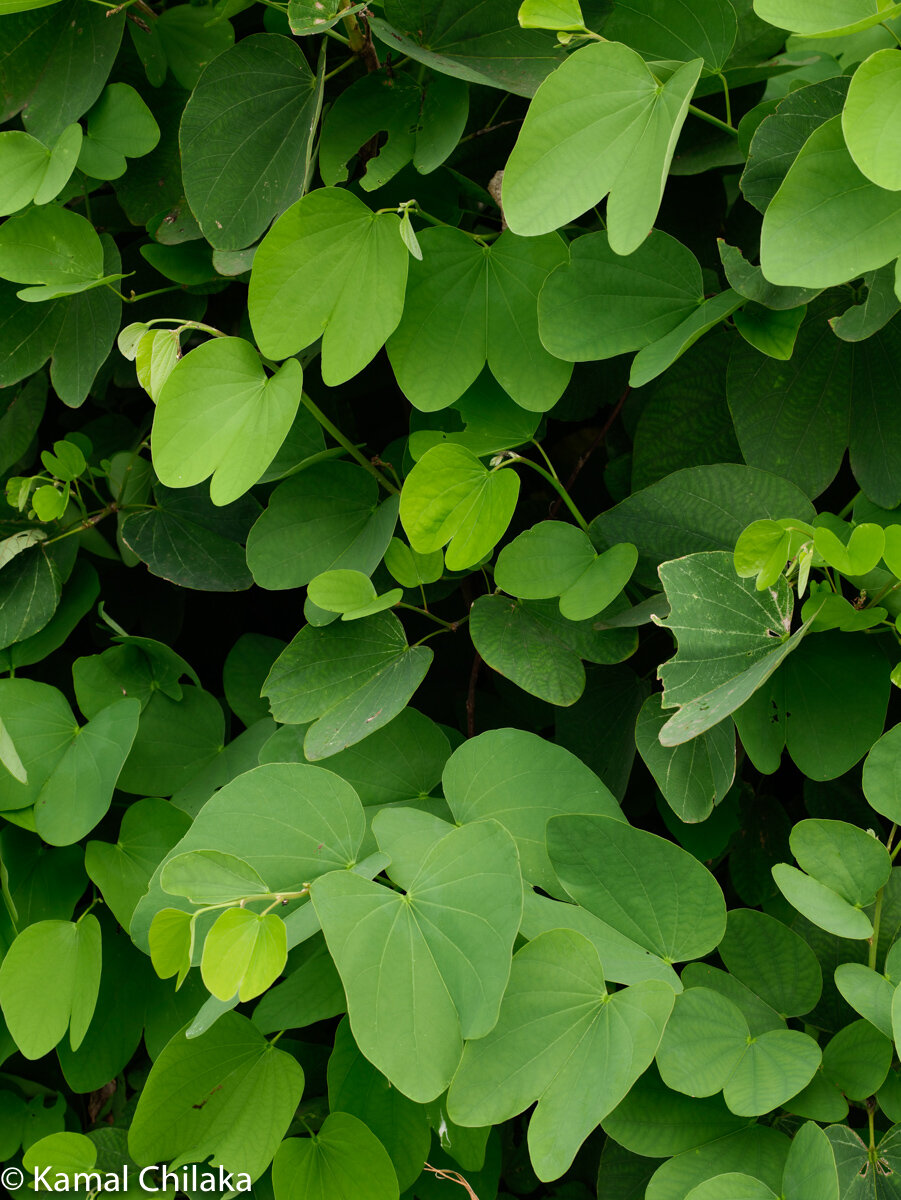
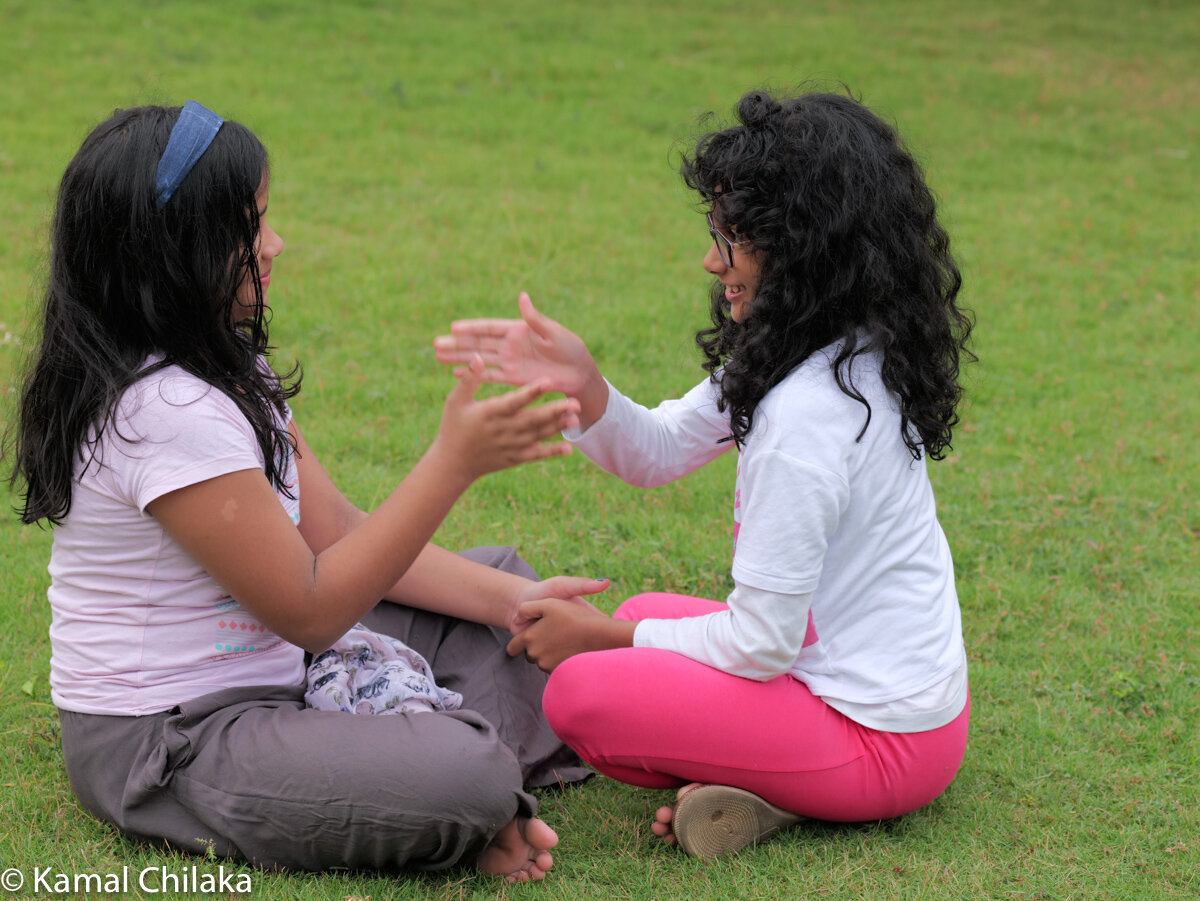
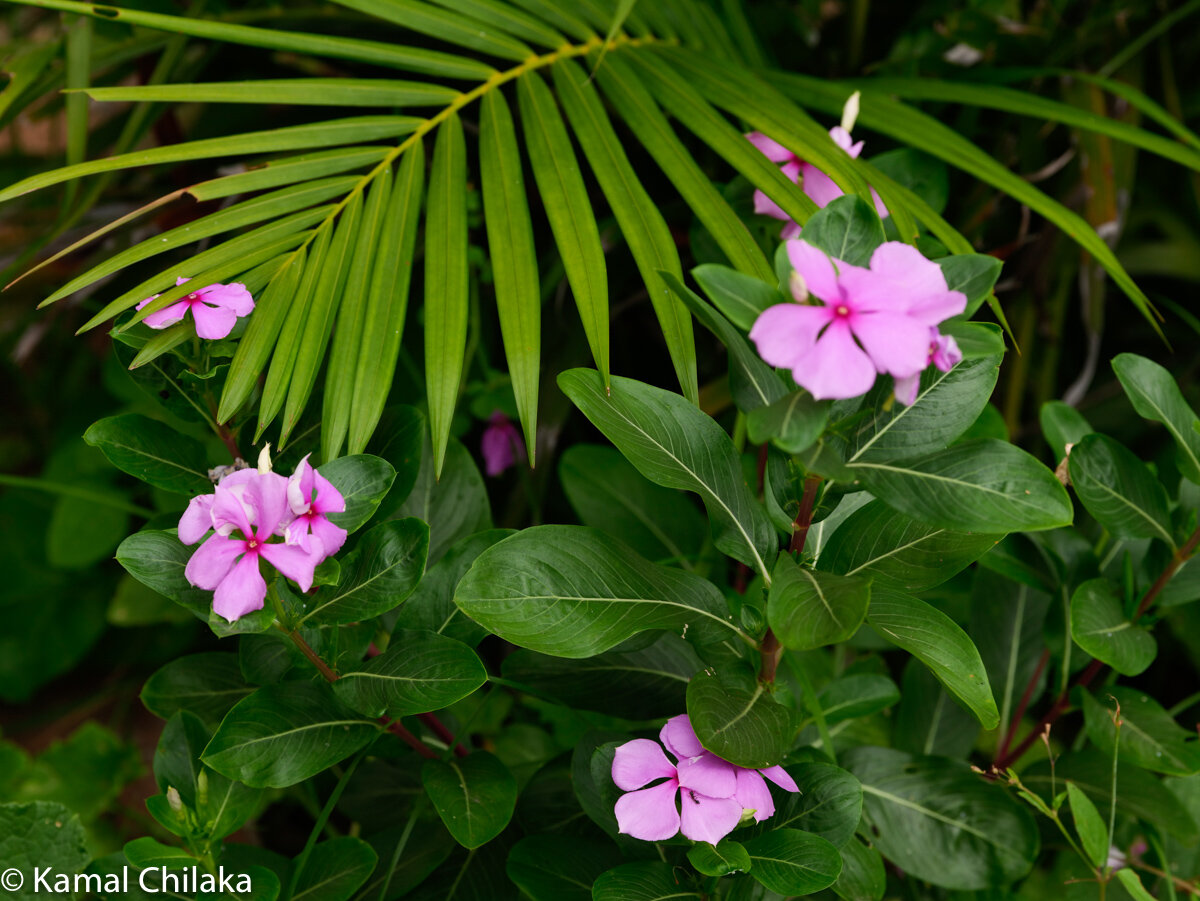
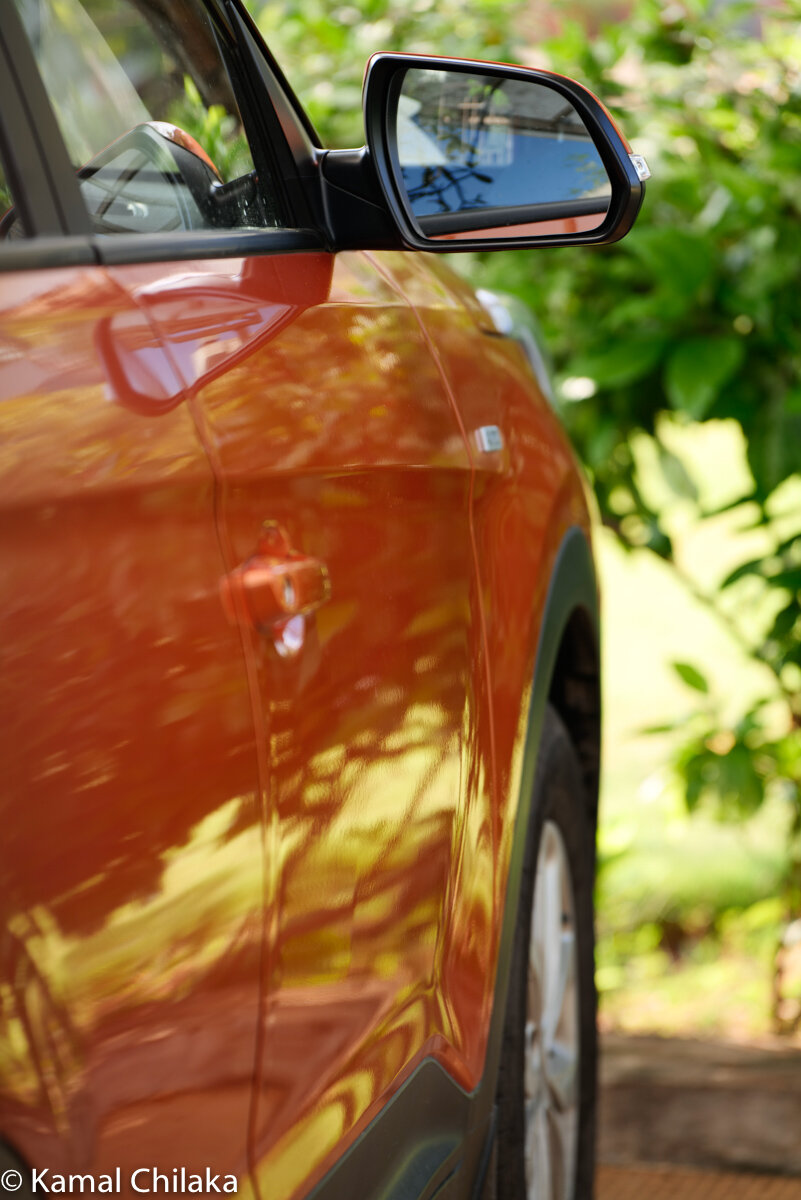
Lumix S1 PRO 70-200 F4 Lens
Focal Length - 70 to 200mm
Maximum Aperture. f/4
Minimum Aperture. f/22
Lens Mount. Leica L Format Compatibility
Full-Frame Angle of View. 34° to 12°.
Maximum Magnification. 0.25x
Minimum Focus Distance. 3.02' / 92 cm
Optical Design. 23 Elements in 17 GroupsDiaphragm Blades9, Rounded
Focus Type. Autofocus
Image Stabilization. Yes
Tripod CollarRemovable and RotatingFilter Size77 mm (Front)Dimensions (ø x L)3.32 x 7.05" / 84.4 x 179 mm
Weight 2.2 lb / 985 g
Full Image
zoomed crop to show the sharpness.
My Rating based on use in real world situations
Build Quality 9/10.
The lens built quality is solid. Similar to the Canon L lenses. A little heavier than the equivalent Canon 70-200 f4 L lens.
AF Speed and Consistency 7/10
Bokeh 7/10
Sharpness 8/10
Contrast and Colour Accuracy 9/10
Conclusion
Pros
Its a great first Iteration of Panasonics Full Frame Mirrorless High Res offering. I think this range is only going to get better from here. And even currently its a solid camera system with a huge growing line of lenses available from Leica, Panasonic and Sigma. It has a DSLR like build and ergonomics with all the pluses of a modern mirrorless system. The Colour Science is nice and subtle. The images have very good dynamic range. The body has two card slots which is great for professionals. the EVF is among the best available today. One can’t can’t go wrong buying this camera now and making it a part of your workflow.
Cons
The SIR is a solid camera for most situations except where consistent top of the line AF is required.
The Lumix Sync App needs be better.
It is a heavy camera and system even compared to DSLRs like the Canon 5D Mark 4 and Nikon D850.
Contact Foto Trade at +91 98407 00110/ 7358 568043
Fuji XT-3 Short Term Review
The Photographer’s search for the best camera gear is never done. As mirrorless technology and cameras develop there are now very good APS-C Cameras available. Specially from Fujifilm which has led the charge on development of APS-C cameras with their XT and XH range of cameras. The latest flagship APS-C camera from Fujifilm The X-T3 claims to improve in all aspects from the X-T2 which has already gotten great reviews from the supporters of smaller sensor cameras.
The Photographer’s search for the best camera gear is never done. As mirrorless technology and cameras develop there are now very good APS-C Cameras available. Specially from Fujifilm which has led the charge on development of APS-C cameras with their XT and XH range of cameras. The latest flagship APS-C camera from Fujifilm The X-T3 claims to improve in all aspects from the X-T2 which has already gotten great reviews from the supporters of smaller sensor cameras.
As I get older the idea of a smaller lighter camera system gets more and more attractive. So I decided to check out the XT3 camera and with the help of Foto Trade my local retailer I got hold of an X-T3 and couple of X lenses a. Fujifilm 18-55mm f/2.8-4 OIS and b. Fujifilm 23mm f/2 to test over a period of a week in real world situations.
FUJIFILM X-T3
Price Body Only : INDIA INR 1,00,000, SINGAPORE S$2,299, USA $1,399.00
Kit with 18-55mm f2.8-4.0 Lens : iNDIA INR 1,23,900.00 ,SINGAPORE S$2,899, USA $1,699.00
Specifications
Number of effective pixels 26.1 Megapixels
Image sensor. 23.5mm×15.6mm (APS-C) X-Trans CMOS 4 with primary color filter.
Sensor Cleaning system Ultra Sonic Vibration
Storage media SD memory card (-2GB) / SDHC memory card (-32GB) / SDXC memory card (-512GB)
UHS-I / UHS-II / Video Speed Class V90 *
1File formatStill image. JPEG (Exif Ver.2.3)*2, RAW : 14bit RAW(RAF original format), RAW+JPEG
Number of recorded pixels
L: (3:2) 6240 x 4160 / (16:9) 6240 x 3512 / (1:1) 4160 x 4160
M: (3:2) 4416 x 2944 / (16:9) 4416 x 2488 / (1:1) 2944 x 2944
S: (3:2) 3120 x 2080 / (16:9) 3120 x 1760 / (1:1) 2080 x 2080
Lens mount. FUJIFILM X mount.
Sensitivity. Standard Output Sensitivity : AUTO1 / AUTO2 / AUTO3(up to ISO12800) / ISO160 to 12800(1/3 step). Extended output sensitivity : ISO80 /100 /125 / 25600 / 51200
Exposure control. TTL 256-zone metering, Multi / Spot / Average / Center Weighted
Exposure mode. P (Program AE) / A (Aperture Priority AE) / S (Shutter Speed Priority AE) / M (Manual Exposure)
Exposure compensation. -5.0EV - +5.0EV, 1/3EV step (movie recording : -2.0EV - +2.0EV)
Image Stabiliser Supported with OIS type lenses
Shutter type. Focal Plane Shutter.
Shutter speed
Mechanical Shutter. P mode: 4sec. to 1/8000sec. A mode: 30sec. to 1/8000sec. S/M mode: 15min. to 1/8000sec. Bulb mode: up to 60min.
Electronic Shutter*3P mode: 4sec. to 1/32000sec. A mode: 30sec. to 1/32000sec. S/M mode: 15min. to 1/32000sec. Bulb mode: 1sec. Fixed.
For More Details Specs check out the Fujifilm website.
The Specs are impressive enough but is it any good to use? The Ergonomics and ease of control, Image Resolution and Quality ,low light performance are of utmost importance to me and to a lesser extend speed of operation too.
The Ergonomics
The camera is small even compared to full frame mirrorless cameras like the Sony A7 series or the Canon EOS R. But the grip on the camera is good and fits well in the hand. The weight is nicely balanced with the Lenses specially the kit 18-55.
The Layout of the buttons is typical Fujifilm with dedicated dials for Shutter Speed,ISO and Exposure compensation on the top plate of the camera. The lenses have aperture control rings. The dedicated dials and aperture rings provide ready access to the Exposure triangle of ISO, APERTURE and SHUTTER SPEED without having the need to press any additional buttons or dials or getting into the menu system. The Menu system took me a little getting used to but it seems to be laid out well enough but nothing path breaking like the Hasselblad X1D or Leica SL.
The rear screen is a tilting type screen and does not flip out completely like some the ones on the Canon EOS R.
The one thing I didn’t like is the shutter sound which sounds artificial and just didn’t give me the satisfaction of using a DSLR in that aspect.
Image Sharpness, Resolution and Quality
Once I got used to the controls and menu layout I started shooting a variety of subjects in varied light conditions in and around my home.
Post shooting I imported the images into the latest version of Adobe Lightroom Classic to inspect and review the images. I primarily shot in RAW mode but shot a few images in JPEG as well so how they turned out.
See the sample images below
I loved the fact that shooting in RAW gave me the option to change the image to any of the Fujifilm Film presets such as Provia and Velvia available in-camera even in post. That is definitely one of the biggest draws for the Fujifilm cameras
The Lenses
The XF 23mm f 2.0 WR Lens
This is a very compact 23mm (36.8 mm full frame equivalent) lens. Its size is similar to that of Leica M Lenses. It is available in black and silver colours. I decided to try this lens out instead of the faster more expensive 23mm f 1.4 . That review will come at a later date.
Shot using XF 23 mm f 2.0 wide open. The camera and lens combination did pretty well in a backlit situation. But I was shooting with auto ISO setting and at ISO 800 which this image was taken there was a fair bit of noise compared to my 5D Mark iv. The nose was comparable to the noise that my Canon 5D mark iv produces at ISO 3200. The noise has a film grain though and it went away with a little bit of NR in Lightroom.
Shot using XF 23mm F2 R WR lens at f2.0 and 1/60 sec. The focus was fixed on the chair and when zoomed in i could see a lot of detail in the fabric. And the out of cows area was fairly smooth.
shot using XF 23mm f2 at f2.0 and 1/180 sec I feel the camera does well when the light levels are good. The camera set an ISO of 400 for this image as there was a lot of light coming from a window directly in front of subject. image has only a slight hint of noise at ISO 400.
2. 18-55mm f/2.8-4 OIS black
Shot on Fujifilm XT-3 with 18-55mm f 2.8-4.0 lens at 55mm f 6.4 and 1/80 sec unedited . The Leaf is focus and due to the small aperture even the texture of the road is sharp. This image is a 144 dpi jpeg of the original RAW image.
In the slideshow above the images were shot at focal lengths of 18mm 28mm 35mm and 55mm. As you can see the zoom range is quite useful(roughly 28mm to 88mm full frame equivalent).
In the image below I shot this scene at 55mm but the Egrets were still too small to see clearly. When I zoomed in and cropped there was still a lot of detail in the image.
shot using the XF 18-55mm f2.8-4.0 LM OIS Lens using ACROS V2 Simulation preset. I love the film simulations built into fujifilm cameras . Velvia and ACROSS are probably my favourites.
shot using XF 18-55mm lens at f 9.0 and 1/750 sec and edited in Lightroom to lift shadows . When i shot this scene which had a very wide dynamic range i had to ensure the highlights weren’t over exposed. But when i tried retrieving the details in the shadows in Lightroom there was an unnatural white appearing in the shadow areas.
Shot using Velvia Simulation.
Conclusion : i’m still on the wall regarding this camera. There are a lot of things going in its favour such as Ergonomics, weight , the good lenses from fuji and the built in film simulations. But with regards to ultimate image quality, noise in shadows etc i’m not convinced based on the short time i spent with the camera. Will need need to do a longer test before I can decide i want to buy into this camera system or not.
The RAF (FUJI RAW) Files seem to hold much more detail , dynamic and sharpness than the JPEGs which is the case with all cameras but here i found the JPEGs had good colour but bot the expected dynamic range.
I can see it being a nice walk about camera for casual reportage, shooting images for blog and during holidays and family portraits etc but for the type of work i do i think will have to stick with full frame and medium format for the time being.
My Thoughts on the Canon EOS R and RF Lenses - Canon's Foray into Full Frame Mirrorless
But the specs of the EOS R were definitely disappointing for me. After such a delayed entry into full frame Canon released a camera with specs inferior to even the 3 year old 5D Mark 4. So this seemed to be aimed at the 6D users. Why? The camera just isn’t interesting enough to look at as an upgrade from either of my current cameras. So now the wait and search continues for alternate camera systems.
This is not a detailed review of the camera and lenses but rather my opinion having handled the camera briefly at a dealership and having poured through the specs and the numerous reviews and feedback from actual users that I have seen on the web.
The Camera
As a Loyal Canon DSLR user for about 20 Years now I have been eagerly waiting for Canon to release their full frame Mirrorless offerings. I have been watching the progress of companies such as Sony and Leica with their full frame and Fuji and Hasselblad with their Medium Format mirrorless offerings and felt that mirrorless has matured to the extent that it makes sense for serious amateurs and even professionals to move to mirrorless due to the unique features and advantages they provide such as Focus Peaking, lighter weight, more compact size, high res EVFs etc.
Given the backdrop of offerings from above mentioned companies and also the newly announced Z6 and Z7 cameras from Nikon and also having owned and used the Canon 5DS-R and 5D Mark iv for a few years now my expectations from Canon was reasonably high. I was looking for a capable upgrade to the 5DS-R and 5D Mark iv. Ideally a camera that combined the best of what both my cameras offered and some more in terms of the latest sensors and mirrorless technology. I was hoping for a camera that had had 50 Megapixels or more and a class leading dynamic range with low noise at high ISOs. I don’t shoot much video and am quite happy with HD Video so video features weren’t so important for me.
But the specs of the EOS R were definitely disappointing for me. After such a delayed entry into full frame Canon released a camera with specs inferior to even the 3 year old 5D Mark 4. So this seemed to be aimed at the 6D users. Why? The camera just isn’t interesting enough to look at as an upgrade from either of my current cameras. So now the wait and search continues for alternate camera systems.
You can view the full specs here
The Lenses
Canon seems to be on the right track with the new lens RF Lens range . The RF 24-105 f4 seems to be a great kit lens with all around abilities. The other lenses in the lineup also seems to be of very high quality albeit a little expensive. Now I just hope that Canon brings out higher resolving cameras with good dynamic range soon to match the new lenses.
Nikon Enters the Full Frame Mirrorless Market with a Bang. introducing the Z7 and Z6 !
Nikon has finally entered the Full Frame mirrorless camera market with the Z7 and the Z6 and three lenses and a 4th in development.
Nikon Z7
After a long wait by Nikon fans the Company has finally introduced its first full frame mirrorless offerings the Z7 a high resolution model with 45 Megapixels and the Z6 a low light high frame rate model with 24 Megapixels.
The Internet has been abuzz in anticipation of this launch and I must admit even though I'm primarily a Canon user have been waiting eagerly for this announcement. I know if Nikon entered the market it would only be a matter of time before Canon does too.
The Specifications
Z7
45.7MP FX-Format BSI CMOS Sensor
EXPEED 6 Image Processing Engine
UHD 4K30 Video; N-Log & 10-Bit HDMI Out
493-Point Phase-Detect AF System
Built-In 5-Axis Vibration Reduction
0.80x 3.6m-Dot EVF with NIKKOR Optics
3.2" 2.1m-Dot Tilting Touchscreen LCD
9 fps Continuous Shooting; ISO 64-25600
Z6
24.5MP FX-Format BSI CMOS Sensor
EXPEED 6 Image Processing Engine
UHD 4K30 Video; N-Log & 10-Bit HDMI Out
273-Point Phase-Detect AF System
Built-In 5-Axis Vibration Reduction
0.80x 3.6m-Dot EVF with NIKKOR Optics
3.2" 2.1m-Dot Tilting Touchscreen LCD
12 fps Shooting; ISO 100-51200
My Initial Impressions
The Z7 and Z6 Bodies
Appearance 8/10
The bodies look true to the Nikon design language which has evolved over a lot of trial and error. They are not the best looking cameras in the market but look very functional.
Ergonomics 8/10
The bodies look sturdy and are supposed to have weather sealing to the level of the proved D850 which a great thing. The grip is nice and deep and DSLR users will find it handy and superior to the ones on Sony Cameras
Specs 8/10
The specs of the two bodies are spot on to compete with other class leaders in the market namely the Sony A7R 3 and the A7 3. They are also on park with Nikons DSLR offering the D850 and the D750 respectively. The pecs look goo for both still photography and videography.
The 5- axis images stabilisation stands out for me. Plus all the bells and whistles expected of pro level mirrorless camera are there.
The one feature that is glaringly missing is a 2nd memory card slot. I have been shooting to multiple memory cards for all my photography for the last several years. This redundancy gives me peace of mind that I have my images safe in a 2nd card, in case one card gets corrupted or broken.
Price 9/10
The prices seem reasonable and logical based on what the camera offer. Long term value for money is something only time will tell.
The Native lenses
The 24-70 kit lens and the 50mm f 1.8 and 35mm f1.8 I am not fancy about their appearance. Compared to the fantastic designs we have been seeing from Sigma Art Line or even to the F line from Nikon the lenses seem ungainly and not well proportioned. But what matters most is optical performance and that I can comment about only after first hand shooting with the system.
The FTZ LENS ADAPTOR
Its great that Nikon has brought out an adaptor that makes all their F mount lenses compatible with these new bodies. That means current Nikon users can continue to use their existing lenses albeit with slightly lower performance compared to the native lenses being developed for teh system.
Summary
Nikon has entered the full frame mirrorless arena with an impressive system that is of Pro quality and is only going to get better from here. Cant wait to see what Canon comes up with now and what Sony responds with.
Launch Prices for the new Z system Cameras and S Lenses in US
Nikon Z7 Mirrorless Digital Camera with 24-70mm Lens and FTZ Adapter Kit -$4,146.90
Nikon Z7 Mirrorless Digital Camera with 24-70mm Lens - $3,996.95
Nikon Z6 Mirrorless Digital Camera with 24-70mm Lens and FTZ Mount Adapter Kit - $2,746.90
Nikon Z6 Mirrorless Digital Camera with 24-70mm Lens - $2,596.95
See the Full Press release below
Nikon releases the NIKKOR Z 24-70mm f/4 S, NIKKOR Z 35mm f/1.8 S, NIKKOR Z 50mm f/1.8 S, and the Mount Adapter FTZ, and develops the NIKKOR Z 58mm f/0.95 S Noct
August 23, 2018
Designed exclusively for the Nikon Z mount system, featuring a new, larger-diameter mount
TOKYO - Nikon Corporation (Nikon) is pleased to announce the release of three new lenses compatible with the Nikon Z mount system's full-frame (Nikon FX format) mirrorless cameras, for which a new larger-diameter mount has been adopted, as well as the Mount Adapter FTZ. The three new lenses are the standard zoom NIKKOR Z 24-70mm f/4 S, the wide-angle prime NIKKOR Z 35mm f/1.8 S, and the standard prime NIKKOR Z 50mm f/1.8 S.
NIKKOR Z lenses pursue a new dimension in optical performance, by taking advantage of the superior design flexibility made possible by the combination of the larger Z mount with its inner diameter of 55 mm, and a short flange focal distance of 16 mm. The lenses offer sharp resolution with both still-image and movie recording capability, and are equipped with functions that include: compensation for focus breathing (the shifting of the angle of view when focus is adjusted), quiet operation, smooth exposure control, a control ring, and performance that are all well suited to movie recording.
The NIKKOR Z 24-70mm f/4 S, NIKKOR Z 35mm f/1.8 S, and NIKKOR Z 50mm f/1.8 S are S-Line interchangeable lenses. The S-Line is a newly designated grade of NIKKOR Z lenses that adhere to a new benchmark in optical performance, creating new definitions of design principles and quality control. These lenses realize a rendering performance that surpasses that of conventional f/4 standard zoom lenses and f/1.8 wide-angle or standard prime lenses. From maximum aperture, clear and sharp resolution can be achieved as well as beautiful bokeh characteristics.
Additionally, the Mount Adapter FTZ has been designed to allow users of Nikon SLR cameras to utilize their existing NIKKOR F mount lenses with the Z mount system and enjoy taking advantage of an even wider variety of lens characteristics with their photography.
Development of the NIKKOR Z 58mm f/0.95 S Noct
Nikon is currently developing the NIKKOR Z 58mm f/0.95 S Noct, the fastest lens in Nikon's history*, a standard prime manual focus lens. The design of the Noct lens exemplifies Nikon's mission to pursue the ultimate optical performance in the mirrorless category. As the result, the Noct is positioned it at the top of the S-Line. In addition, Nikon is planning on releasing a variety of new lenses that will continue to expand its line of attractive, high-performance NIKKOR Z lenses that further extend photographers' creative expressions.
*Within interchangeable lenses for Nikon SLR cameras and Advanced Cameras with Interchangeable Lenses.
NIKKOR Z 24-70mm f/4 S primary features
Standard focal-length range from wide-angle 24 mm to medium-telephoto 70 mm can effectively cover a wide variety of scenes and subjects with rendering performance that will change the perception of zoom lenses with a maximum aperture of f/4
Optical design that suppresses variations in aberrations from shooting distances of close-up to infinity, demonstrating sharp resolution even in the peripheral areas of the frame from the maximum aperture, and fine point-image reproduction
Achieved a minimum focus distance of just 0.3 m across the zoom range
Adoption of an ED glass element, an aspherical ED lens element, and three aspherical lens elements
Nano Crystal Coat adopted to suppress ghost and flare
Has the size needed to deliver an extremely high standard of optical performance, yet provides outstanding portability; employs a retracting mechanism that can be set on/off without pressing a button and reduces total length for a compact lens that can easily be taken anywhere
In consideration to a dust- and drip-resistance, the entire lens, including moving parts, has been sealed
Fluorine coat applied to front lens surface
NIKKOR Z 35mm f/1.8 S primary features
Rendering performance that redefines perceptions of what a 35 mm f/1.8 lens can do
Sharp resolution even in the peripheral areas of the frame from the maximum aperture, provide effective suppression of sagittal coma flare that enables superb point-image reproduction when capturing point light sources in night landscapes, and the soft and natural bokeh characteristics expected of a fast (bright) lens
Adoption of a new multi-focusing system achieves quiet, fast, and accurate AF control, as well as high image-forming performance at any focus distance
Adoption of two ED glass elements, and three aspherical lens elements
Nano Crystal Coat adopted to suppress ghost and flare
In consideration to a dust- and drip-resistance, the entire lens, including moving parts, has been sealed
NIKKOR Z 50mm f/1.8 S primary features
Superior rendering for exquisite image expression that redefines perceptions of what a 50 mm f/1.8 lens can do
Thorough suppression of axial chromatic aberration ensures superior resolution with faithful reproduction of the fine textures in subjects, even from maximum aperture
Sharp and clear rendering of details from the center of the frame to the peripheral edges, regardless of the shooting distance
The soft and beautiful bokeh characteristics at any shooting distance possible only with a fast (bright) lens
Adoption of two ED glass elements, and two aspherical lens elements
Nano Crystal Coat adopted to suppress ghost and flare
Adoption of a new, powerful stepping motor (STM) enables quiet and accurate AF control with both still-image and movie recording
In consideration to a dust- and drip-resistance, the entire lens, including moving parts, has been sealed
Mount Adapter FTZ primary features
Shooting with AE, or AF/AE, is available with approximately 360 NIKKOR F lenses from AI type onwards*
The unique characteristics of NIKKOR F mount lenses can be applied to Z mount system image quality
In-camera VR (Vibration Reduction) available when attaching a NIKKOR F lens without built-in VR; in-camera VR also performs well with movie recording
When attaching a NIKKOR F lens with built-in VR, lens VR and in-camera VR effectively work together to compensate for camera shake by enabling three-axis VR
Various sections of the adapter are effectively sealed to ensure dust- and drip-resistant performance equivalent to that of NIKKOR F lenses
Designed to be lightweight yet tough, with consideration for superior operability as a part of a complete system
*Shooting with AF/AE is not possible with some lenses
Development of the new NIKKOR Z 58mm f/0.95 S Noct lens that pursues ultimate optical performance
The NIKKOR Z 58mm f/0.95 S Noct that Nikon is currently developing will be a large aperture, standard 58 mm prime focal-length, the fastest lens in Nikon's history*, manual-focus lens positioned at the very top of the S-Line. It will symbolize the Nikon Z mount system's new dimension in optical performance.
It has inherited the design concept behind the original AI Noct-Nikkor 58mm f/1.2, a standard prime lens released in 1977, named for "Nocturne" (a musical composition inspired by or evocative of the night), and popular for its ability to finely reproduce point light sources as point images. This new Noct lens that is currently in development will take advantage of advanced design flexibility, afforded by the Z mount, pursuing ultimate optical performance. Development continues with the goals of achieving an extremely fast maximum aperture of f/0.95, offering the ultimate in NIKKOR rendering performance with superior detail and sharpness. Additionally, the goal is to achieve beautiful blur characteristics, or bokeh, with good continuity, while ensuring outstanding point-image reproduction capabilities for more compelling, three-dimensional imaging.
*Within interchangeable lenses for Nikon SLR cameras and Advanced Cameras with Interchangeable Lenses.
·Information regarding the release of this product will be announced at a later date.
The NIKKOR Z Lens Roadmap
*Information in the roadmap, including release dates, are subject to change. Product names after the NIKKOR Z 58mm f/0.95 S Noct are not yet finalized.
Cant wait till the release? Here are Other Full Frame Camera Options available now
Arca Swiss C1 Cube Geared Tripod Head
I love this head and try to use it as often as I can specially when capturing special landscapes and panoramas. But the truth is I keep grabbing for my lighter and quicker to setup B1 ball head if I'm travelling or hiking to save on weight as I can pair those with a lighter tripod.
But I highly recommend the C1 for the dedicated Landscape photographer or wherever precision compositions are required.
Specs
Head Type : Geared Head
Base Mount : 3/8"-16 Thread
Quick Release Plate : ARCA SWISS TYPE COMPATIBLE
Load Capacity : 85 lb / 39 kg
Number of Bubble Level(s) : 2
Friction Control :Yes
Panning Range. : 360°
DimensionsH: 4.3 x W: 4.3 x L: 4.3" / H: 110.0 x W: 110.0 x L: 110.0 mm
Weight : 2.19 lb / 994 g
Overview
The Arca-Swiss C1 Cube is a three-axis panoramic head with a 66 lb load capacity, making it ideal for use with the heaviest cameras while maintaining a high degree of accuracy. The C1 Cube allows for finely-calibrated gearless panning adjustments with tension control. The two panoramic axes permit you to first center the Cube's controls to your position with the bottom axis, and then readjust the camera to point straight ahead with the upper axis.
The gears' rubberized knobs give pinpoint control even when wearing gloves, and don't obstruct the head's movements. On the bottom there's a hinge allowing 62° tilt so that most cameras can reach the 90° vertical position. On top of the Cube there are two bubble levels and Arca-Swiss' Classic style quick release clamp.
Although universal, the Cube's main use is in architectural and studio work, where precise movements and adjustments are required. Also suitable for macro photography, its design allows far fewer focusing readjustments while creating images. It essentially places the camera inside a sphere, as if the axes met at a point upon the image plane itself, with the camera rotating around a stationary image plane.
This engineering feat was achieved to minimize movements to the optical system's entrance pupil during composing, making for speedier field work free of perpetual height and focus adjustments.
Highlights of the C1
Compatible with Arca's Classic quick release system
Sophisticated engineering, machined from a single billet
Designed in Switzerland, manufactured in France
Geared x-y axes with adjustable gear tension and 28° of motion
Third 62° tilt-only axis underneath geared adjustments
Rubberized knobs easily manipulated in the cold and with gloves
Movements allow camera's image plane to stay relatively stationary, easing macro work
Arca-Swiss C1 Cube Geared Head with Arca Classic Quick Release
Limited 5-Year Warranty
checkout this video on C1 by Ben Home
My Review
Build Quality : 10/10
Design: 9/10
Usability : 8/10
The Pros :
I have had the C1 GEARED TRIPOD HEAD for a few years now. This is the head I use for the most detailed Landscape images. The C1 is probably the most well built piece of photography gear I own and that says a lot. Its a precision engineered tool. its meant for the most dedicated Landscape or Architectural photographer. The range of movements coupled with the precise feel allow for minute adjustments in composition to get the perfect image.
The Cons:
Due to the weight and size of it I usually pair it with an equally robust tripod a 5 series Gitzo . That means I am limited to shooting within a short distance from my car as the combination of tripod, head , camera and lens can easily weigh 10-20lbs or 5-10 kgs .
It takes practice to be able to use the cube in a smooth and quick manner as compared to a regular ball or 3 way head.
Its also an expensive piece of kit.
Summary : I love this head and try to use it as often as I can specially when capturing special landscapes and panoramas. But the truth is I keep grabbing for my lighter and quicker to setup B1 ball head if I'm travelling or hiking to save on weight as I can pair those with a lighter tripod.
But I highly recommend the C1 for the dedicated Landscape photographer or wherever precision compositions are required.
Some Reccomended Tripod and Heads
Mindshift Gear Backlight 26 L Backpack
The BackLight 26L, with a rear-panel compartment for photo gear, allows you to access your gear without taking off the backpack.
You can change lenses or just snap a quick photo by simply by spinning the bag to the front of your body while the waist belt is still secured.
Specifications
Interior Dimensions:
10.2” W x 19.3” H x 5.9” D (26 x 49 x 15 cm)
Exterior Dimensions:
11.4” W x 20.3” H x 7.9” D (29 x 51.5 x 20 cm)
Laptop:
10” W x 15.3” H x 1”D (25.5 x 38.8 x 2.5 cm)
Tablet:
9.3” W x 10.2” H x 0.6” D (23.5 x 26 x 1.5 cm)
Weight: 3.9lb (1.8kg)
Volume: 26 Liters
Price : USA $ 250 USD, Singapore $319 SGD, India INR 40,000
The Press Release
The BackLight 26L, with a rear-panel compartment for photo gear, allows you to access your gear without taking off the backpack.
You can change lenses or just snap a quick photo by simply by spinning the bag to the front of your body while the waist belt is still secured.
KEY FEATURES:
- Back-panel access provides access to all of your camera gear without taking the bag off, allowing you to work out of your bag without getting the harness dirty, wet, muddy or icy.
- Dedicated compartments fit up to a 15” laptop and full-size tablet.
- Daypack capacity! Front pockets totaling 9L carry personal gear for a days outing: extra layers, a light jacket, food, etc.
My Short Term Review
I have had an opportunity to do just one 2 week shoot with this backpack. In this short time I have begun to become fond of this bag. Its well built and has enough space to pack in all the gear and accessories that are needed for a 2 week landscape or travel shoot. Having said that it does not have the carrying capacity of a bigger bag like the Gura Gear 30 L(discontinued now) which I have had for a while now or its own sibling the backlight 36 L. But as I get older I find that this 26L Capacity hits the sweet spot between capacity and weight. It has forced me to carry just the gear I need and nothing more.
This is now my main bag for shoots ranging from 2 days to 2 weeks. For shorter shoots I carry a smaller bag by lower and for longer shoots I will use the Gura Gear bag.
Build Quality : 9/10
Ergonomics : 8/10
Usability : 9/10
Gear Holding Capacity : 7/10
From the short time I have had this bag I can easily recommend this bag to anyone who is looking for a midsize camera backpack. Its really one of the best mid size camera backpacks available now.
Canon 5DS-R Long term review
I believe the 5DS R represents good value for money specially now in 2018 if you can get hold of one the price is now considerable lower than it was a time of release.considering all that it offers. Sure there are competitors that may outperform it in specific areas but the 5DSR is a terrific CAMERA for High Resolution work such as landscape photography and for studio work requiring fine details. Well built to last a long time and to bear the rigours of professional use. It does a lot of thing very well and for canon users who will be shooting primarily portraits, events, weddings, landscapes, this is a good overall choice available now as long as the increased file size does not effect your workflow too much
Quick Facts
MRP : INR 2,65,000 (AS OF JUN 2015)
Retail : INR 2,00,000
Date introduced : February 2015
Maximum format size : 35mm full frame
Sensor and Resolution : CMOS 50.6Megapixels
Lens Compatibility : Canon EF Mount
The CANON 5DS R..one of the most awaited cameras by Canon users who were looking to upgrade from the venerable but aging 5D Mark iii was finally released in February 2015 and became available in India around Jun 2015.This was Canon's answer to the Megapixel wars happening around that time with Nikon.
Build Quality 8/10
Build Quality is good and consistent with the trend set by its predecessors in the 5D Series. It about the same weight as the 5D Mark iii . The weather sealing also along the same lines as the 5D Mark iii and wasn't improved till the 5D Markiv came out in 2016. But it is still a solid camera and I don't have any qualms shooting with it in a light drizzle or in cold weather..It performed extremely well on my recent trip to Lapland during winter and never let me down.
Ergonomics 8/10
If you are already familiar with the 5D,5D Mark ii or 5D Mark iii then this camera will feel familiar to you. Even otherwise I think Canon has got its camera ergonomics down pat and a user can quickly get comfortable with the layout of the controls.
Features
- 50MP CMOS sensor
- 5 fps continuous shooting
- ISO 100-6400 (Extends to 12,800)
- 61-point AF module with input from 150k pixel metering sensor
- Dual Digic 6 processors
- 3.0" 1.04M-dot LCD
- CF & SD slots (UHS-I compatible)
- 1080/30p video
- M-Raw and S-Raw downsampled formats
- 30MP APS-H crop and 19.6MP APS-C crop modes
- USB 3.0 interface
Autofocus Performance 8/10
The 5DS R has essentially the same focusing system from the 5D Mark iii which is pretty good in most normal conditions.
Burst Rate 7/10
The Burst rate has been maintained at 5 Frames per second like the 5D iii.
High ISO Performance 7/10
The High ISO performance is on par with the 5d mark iii. So I find myself reaching for my Canon 5D Mark 4 in low light or high ISO situations. I find I am comfortable shooting with this camera up to ISO 1600 .
Image Quality 8/10
There are a number of parameters that can be used to define image quality. What I am referring to here is the look of the image which is largely determined by Colour Accuracy, Contrast, Resolution, focus accuracy. I still feel the benchmark for image quality are the Leica cameras. And the Hasselblad medium format image has the feel of film which has more feel and drama compared to any of the 35mm DSLRs and this is no exception. Landscape images need some tuning in Lightroom or other image editing software to get the best out of the scene. Portraits are neutral enough and the increased red in skin tones which was the bane of most canon DSLRs is not longer a problem. Will post some images straight out of camera here and you can make your own judgement.
Value for Money 8/10
I believe the 5DS R represents good value for money specially now in 2018 if you can get hold of one the price is now considerable lower than it was a time of release.considering all that it offers. Sure there are competitors that may outperform it in specific areas but the 5DSR is a terrific CAMERA for High Resolution work such as landscape photography and for studio work requiring fine details. Well built to last a long time and to bear the rigours of professional use. It does a lot of thing very well and for canon users who will be shooting primarily portraits, events, weddings, landscapes, this is a good overall choice available now as long as the increased file size does not effect your workflow too much.
SAMPLE IMAGES FROM CANON 5DS R

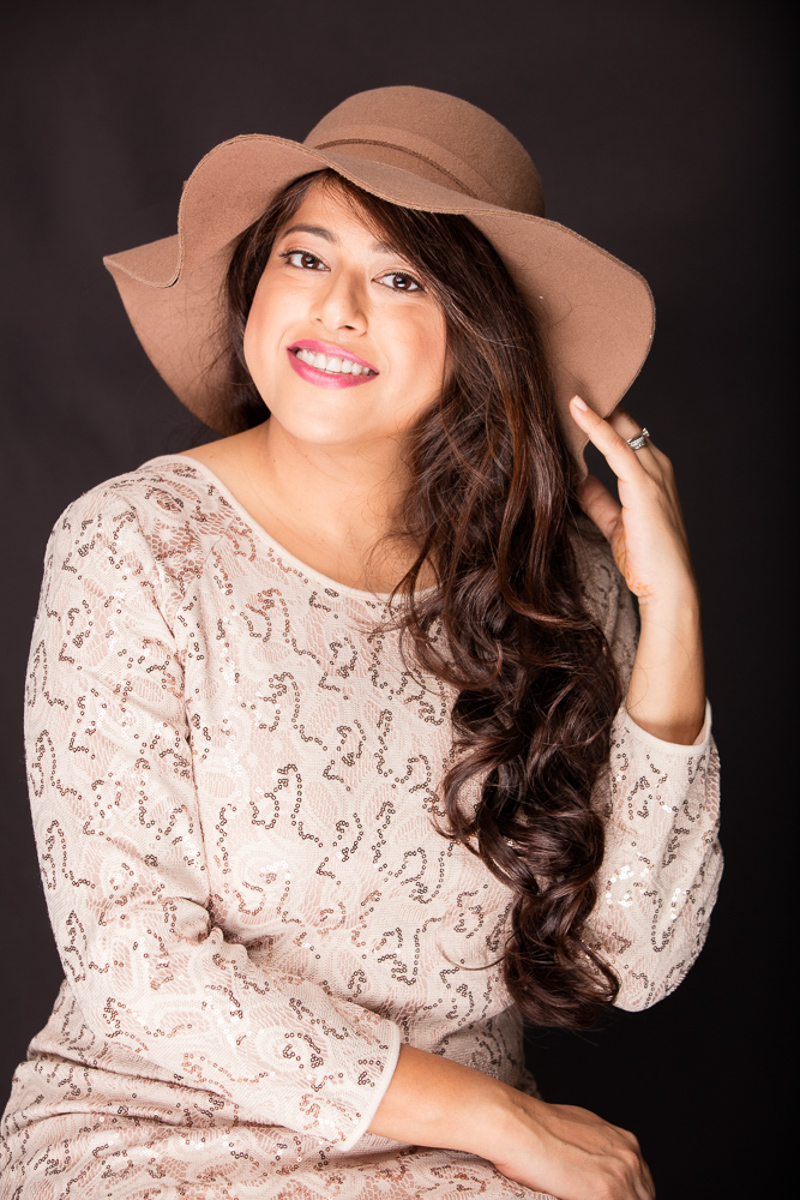
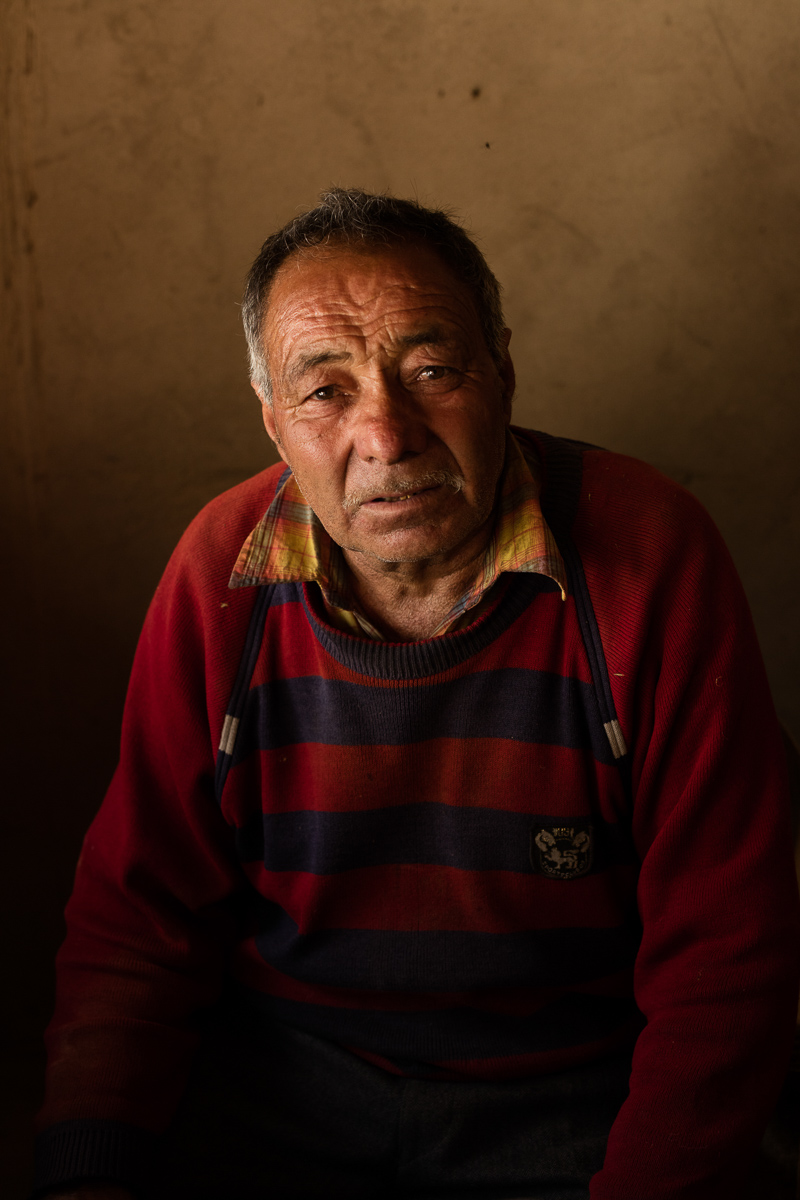
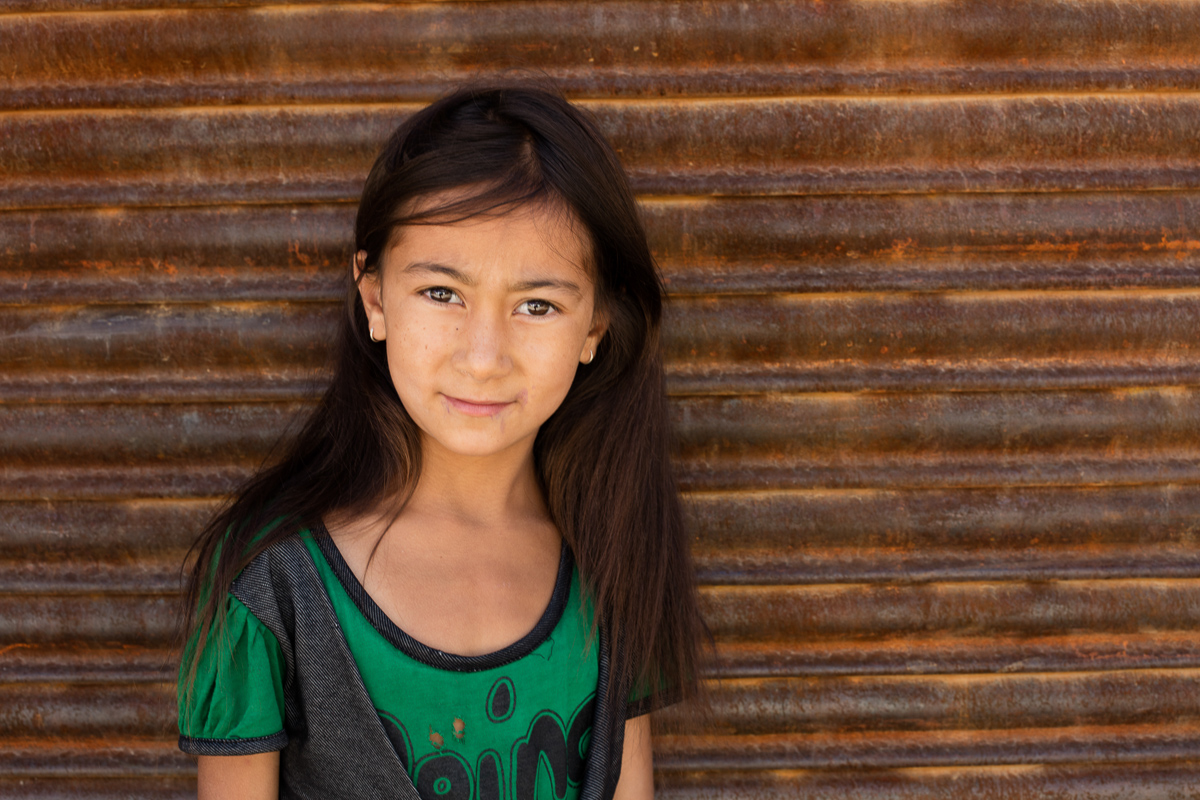
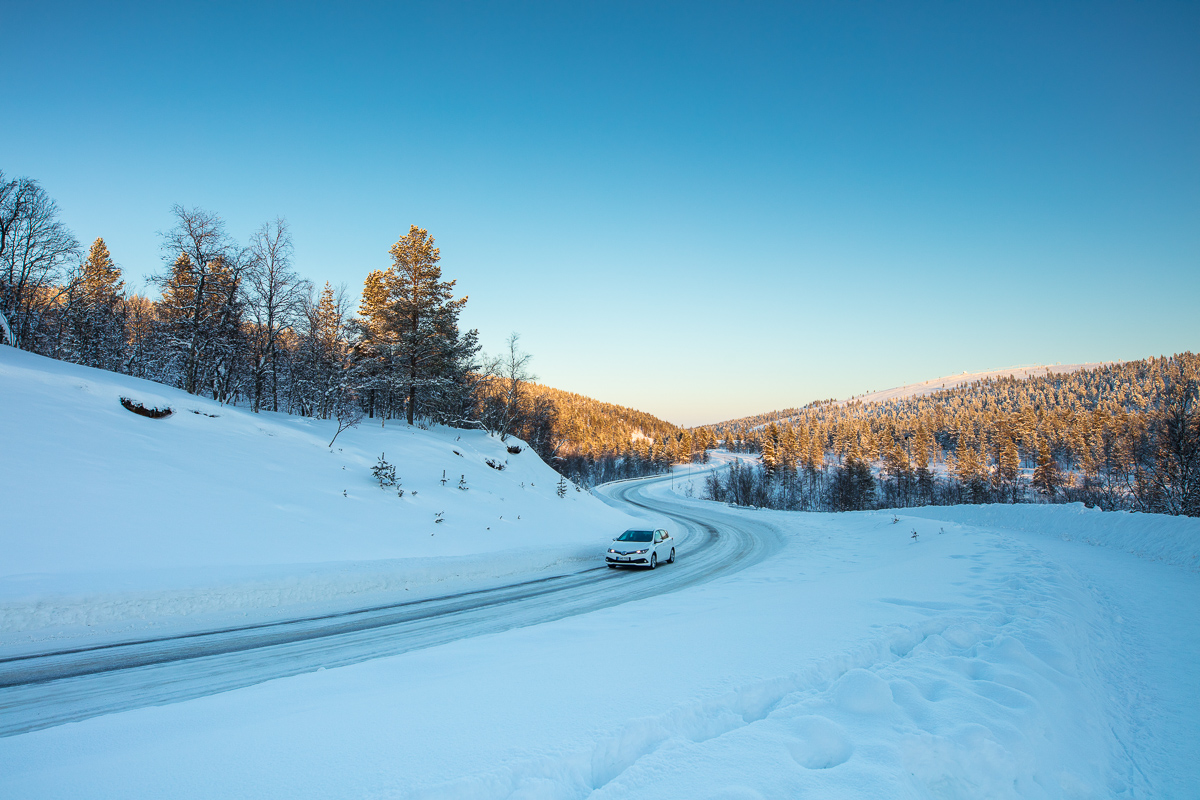
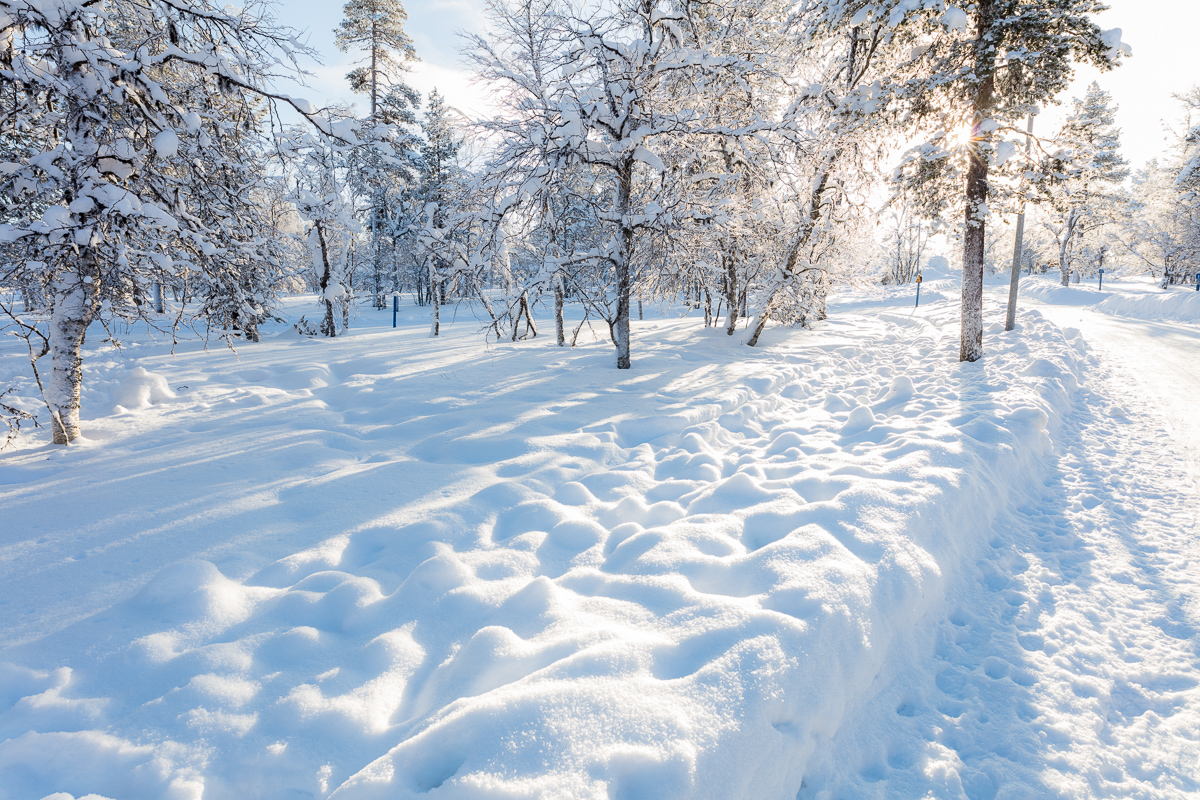

Interested? Here is a link to shop for more cameras.
Sigma 20mm f1.4 Art Lens Review
Quick Facts
Retail : INR 91,500- INR 103,000
Date introduced : May 2016
Maximum format size : 35mm full frame
Focal length : 20mm
35mm equivalent focal length (APS-C) : 32 mm
Weight : 953 gms
The Press Release
The Sigma 20mm 1.4 DG HSM Art is a state of the art wide-angle prime lens designed for Full Frame cameras but will work with APS-C sensors as well. Using over 50 years of lens making experience, particularly the knowledge gained from the 35mm 1.4 Art and the 24mm 1.4 Art, the 20mm 1.4 Art is the widest large aperture Art lens to date. The latest optical design allows for the utmost in image quality with careful attention paid to edge to edge performance.
Through decades of experience in lens design and Sigma Global Vision lens manufacturing, the 20mm incorporates both “F” Low Dispersion (FLD) glass, and five Special Low Dispersion (SLD) glass in a design of 15 elements in 11 groups. The combination of advanced optics and optimized lens power distribution minimizes spherical aberration, axial chromatic aberration and field curvature, producing outstanding image quality. With class leading performance, this lens is ideal for landscape photography, videography, astrophotography, lowlight/indoor photography and event photography.
As with all Global Vision lines, the 20mm will be tested using the proprietary “A1” measuring system ensuring the highest standard of operation. The Sigma 20mm Art is compatible with the USB dock to update and customize and is also compatible with the Mount Conversion Service. A staple procedure for the Global Vision lines, every lens will be tested using the proprietary “A1” measuring system.
Auto Focusing Performance 7/10
in AF mode the Sigma 20mm f1.4 Art is moderatley quick and accurate in acquiring focus in normal available light situations and studio conditions and works well even less than ideal conditions.The Autofocus performance of this lens is among the best in class when compared to other wide angle f1.4 AF lenses. Such lenses when used in a landscape application are anyway used in manual focus mode so the auto focusing is not used as often as in a portrait lens.
Sharpness 9/10
This lens produces sharp images even from wide open at f1.4. And not surprisingly is very sharp between f5.6 and f8.0 the sweet spot for most lenses. Stopping down beyond f8 does not given any increase in sharpness. The image contrast and colour rendition are also very good.
Bokeh 8/10
The wide f1.4 Aperture allows one to create smooth background blur(BOKEH) on a full frame camera. I find the bokeh to be very nice and pleasing . I am beginning to appreciate the use if wide angle lenses with large apertures to create pleasing environmental portraits.
Build Quality 8/10
The 20mm f1.4 Art lens seems to be built solidly and designed for the rigours of professional use.But only time will tell. This is a big heavy lens but balances fairly well with my Canon 5D IV body. The lens gives me the confidence to use it as a workhorse in landscape shoots and also environmental portraits. But the huge size and weight does make it a little difficult to carry around but if you make the effort it gives great results. I shot a lot with this lens during my trip to lapland.
Value for Money 8/10
At INR 91,000 retail this lens might feel expensive But is still cheaper compared to the equivalent canon lens. The Image quality, performance and build quality along with the added light capturing ability at f1.4 makes this a solid choice for amateur or professional landscape photography.
SAMPLE IMAGES FROM SIGMA 20MM ART F1.4
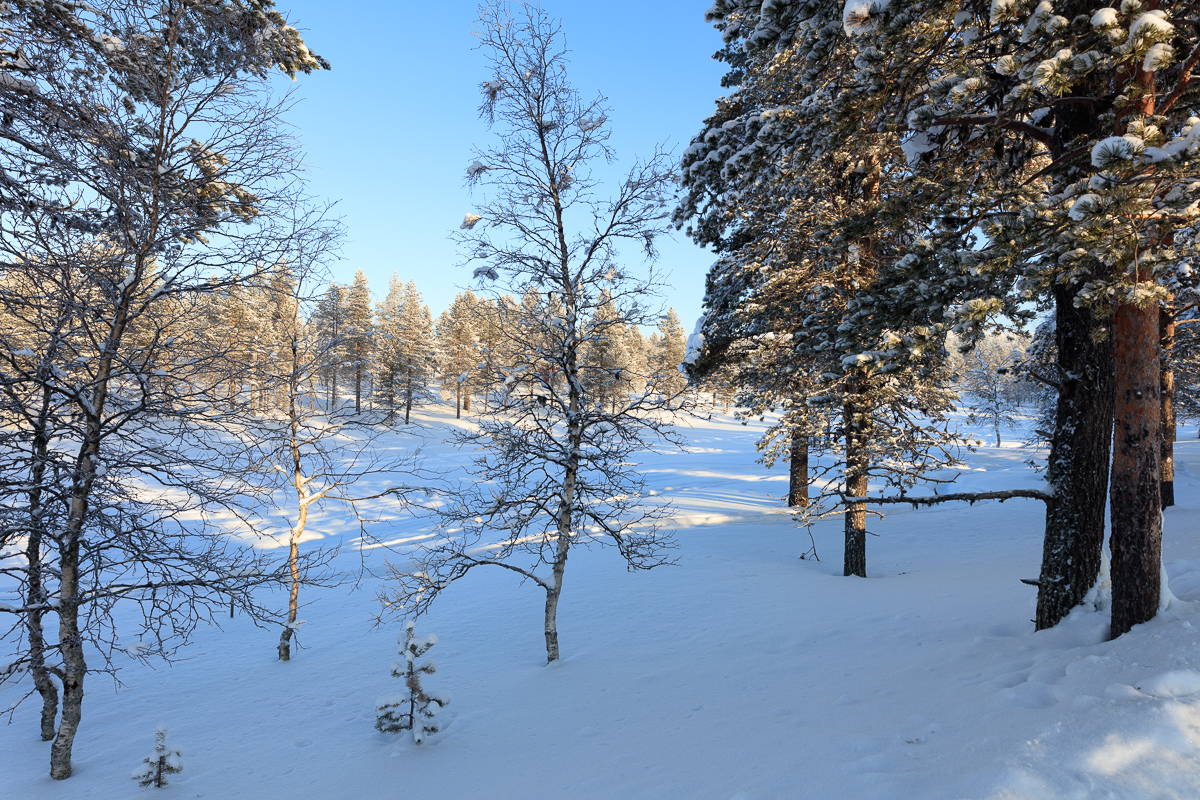
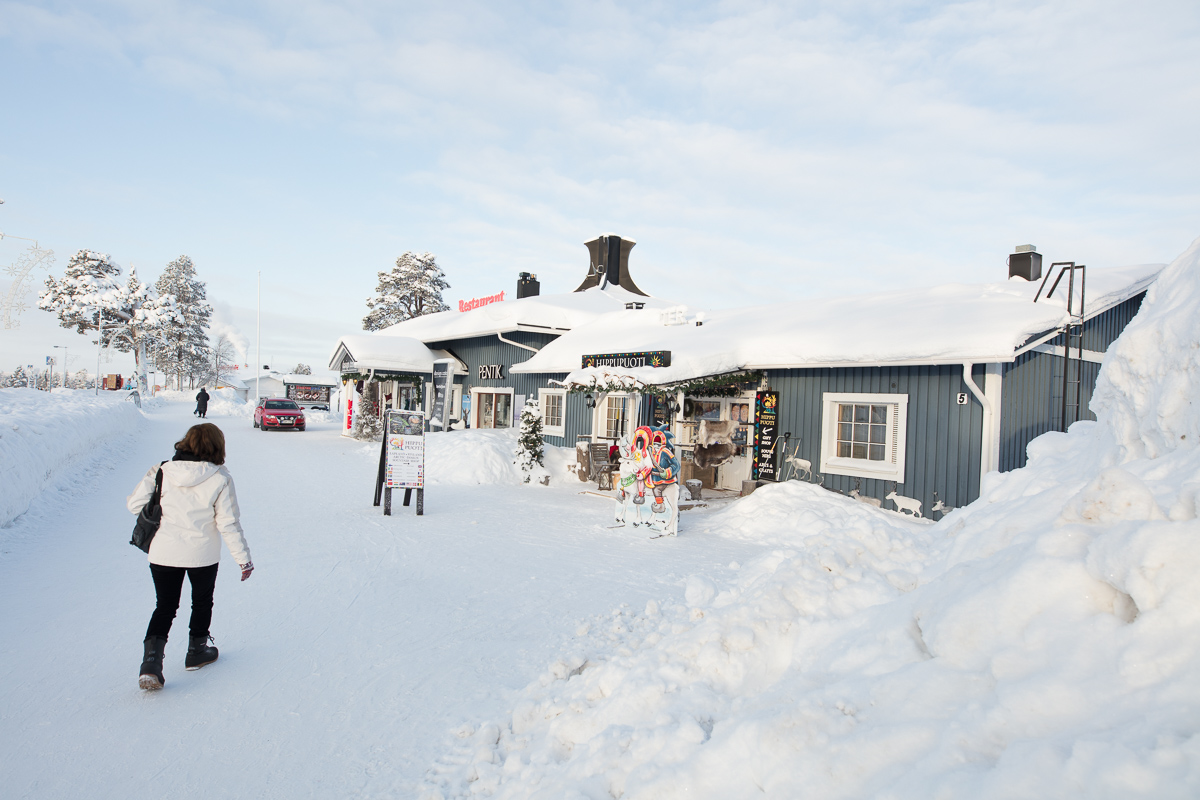
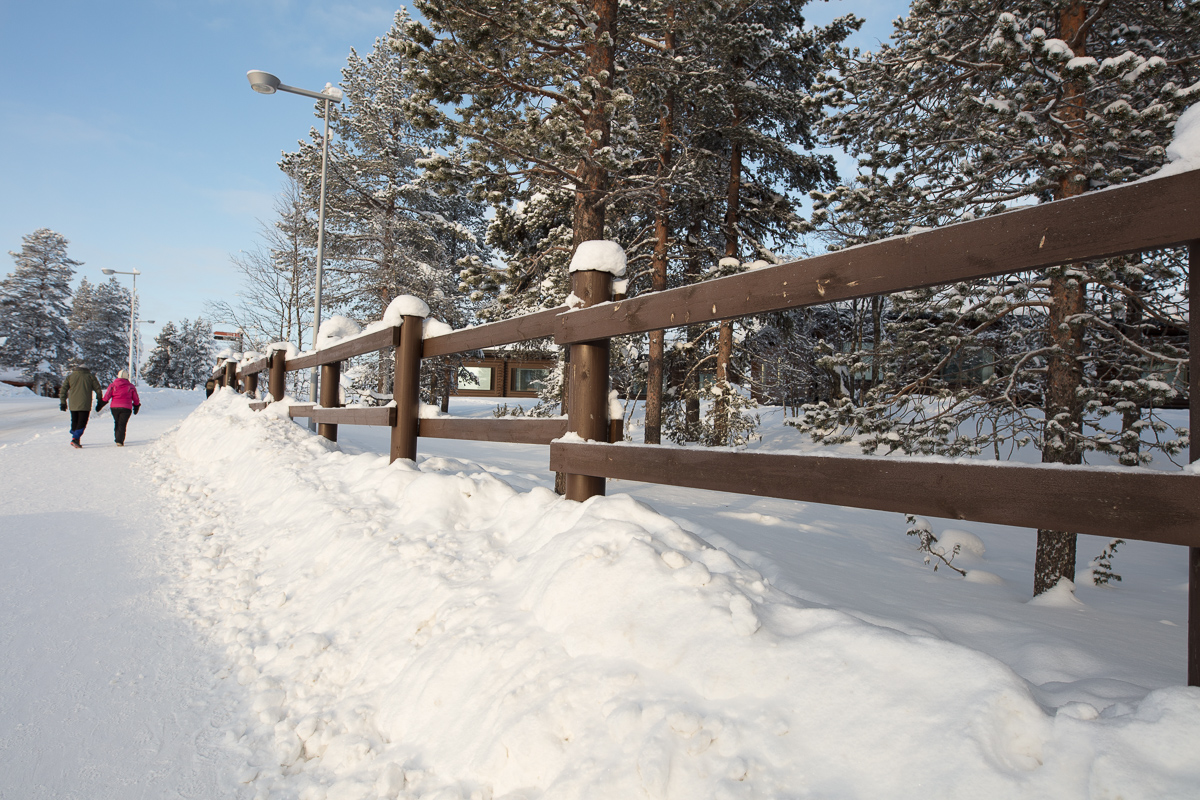
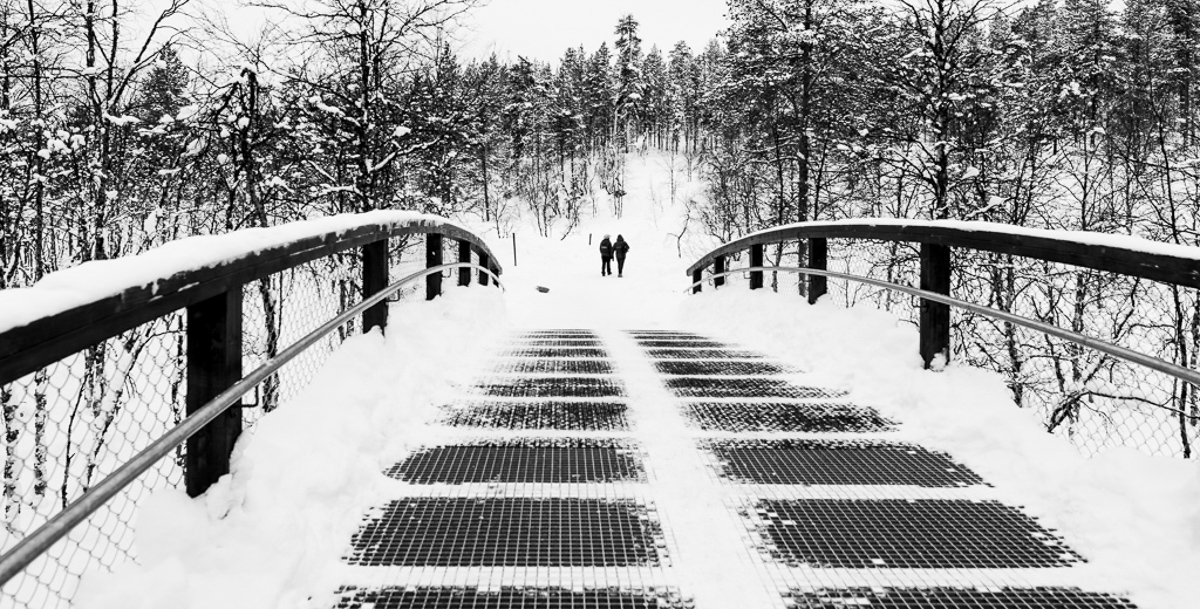
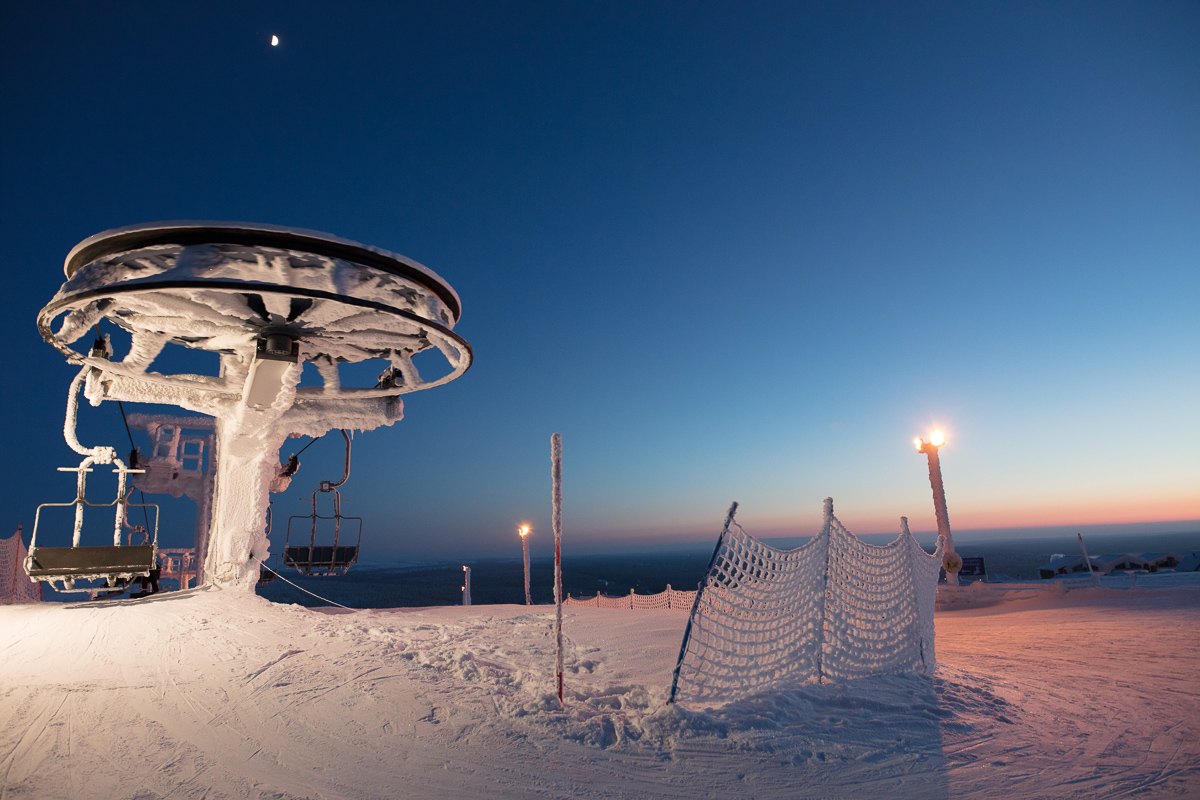
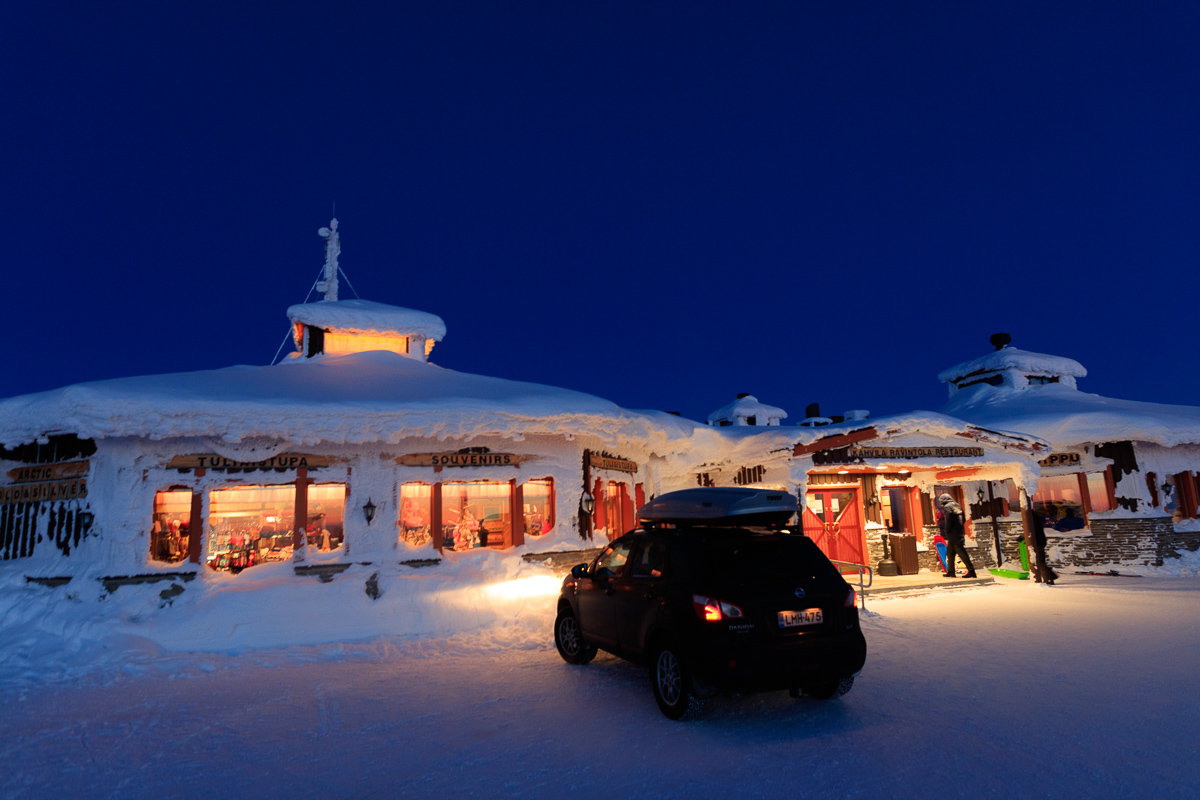
You can use the quick link below to shop for this lens.
Canon 5D Mark 4 initial impressions
Quick Facts
MRP : INR 2,54,998
Retail : INR 2,20,000
Date introduced : September 2016
Maximum format size : 35mm full frame
Sensor and Resolution : CMOS 30.4 Megapixels
Lens Compatibility : Canon EF Mount
The CANON 5D MARK IV..one of the most awaited cameras by Canon users who were looking to upgrade from the venerable but aging 5D Mark iii was finally released in September 2016. I had my very own piece in hand by October when it was became available in India. Canon has done a great job of improving the handling and functionality while still keeping the layouts and menus familiar to 5D III users.
Build Quality 8/10
Build Quality is good and consistent with the trend set by its predecessors in the 5D Series. It is noticeably lighter than the 5D Mark iii and that is a welcome improvement. The weather sealing has been upgraded to make it more of an all weather companion.
Ergonomics 8/10
If you are already familiar with the 5D,5D Mark ii or 5D Mark iii then this camera will feel familiar to you. Even otherwise I think Canon has got its camera ergonomics down pat and a user can quickly get comfortable with the layout of the controls. There are a few additional ,tweaks compared to the mark iii but one get can used to them pretty quick. The Menu has expanded further with more options for tuning the setting as per your needs but will increase the learning curve for those new to a professional full frame camera. A good book or class for orientation of this camera would be useful to cut short the learning curve and getting the most out of the camera which has a lot to offer.
Features
- New 30.4MP CMOS full-frame sensor with Dual Pixel AF
- DCI 4K 30/24p video using Motion JPEG + 4K Frame Grab
- 61-point AF system with 41 cross-type sensors (center point sensitive to -3 EV)
- Dual Pixel AF (sensitive to -4EV) for continuous Servo AF in stills (first for a full-frame Canon camera) and video
- ISO 100-32000 (expandable to 102400)
- 7 fps continuous shooting
- Dual Pixel Raw (image microadjustment, bokeh shift, ghosting reduction)
- 150,000-pixel RGB+IR metering sensor
- 1.62M-dot 3.2" full-time touchscreen
- Wi-Fi w/ NFC + GPS
- Built-in bulb timer interval timers
- Improved weather-sealing
Autofocus Performance 8/10
The 5D Mark iv has the Focusing system from the 1DX Mark 2. With 61 AF points of which 41 are cross type(meaning more compatible with slower lens/TC combinations) the 5D 4 should perform better than the 5D3 which was no slouch. I haven't had a chance to shoot too many moving subjects with this camera yet. Will have more details on that in my mid term review of the camera. For still subjects in normal light the AF is smooth and Fast.The low light performance is also quick and doesn't hunt as much as the 5D iii.
The Dual Pixel AF also means improved AF during video. More about this in my midterm review of the camera.
Burst Rate 7/10
The Burst rate has been increased to 7 Frames per second from 5 FPS for the 5D iii. This improvement makes the camera that much more viable for wildlife and action photography while still not being on par with a 7D mark ii or 1DX Mark ii or for that matter a D500 or D5 from the Nikon stable. Will be taking this camera out for some birds in flight photography and share my observation in the midterm review..
High ISO Performance 9/10
This is an area where this camera shines. It's high ISO performance is a marked improvement from the Mark iii and almost on par with the 1D Mark ii in this area. I have shot images at ISO 1000 which were as clean as the images shot at ISO 640 on the 5D Mark iii. I wouldn't hesitate to shoot at ISO 1600 or even ISO 3200 in some situations now. I haven't come close to pushing this camera to its limits in terms of high ISO performance but with some Astro photography in the plans should be able to really test this camera.
Image Quality 8/10
There are a number of parameters that can be used to define image quality. What I am referring to here is the look of the image which is largely determined by Colour Accuracy, Contrast, Resolution, focus accuracy. I still feel the benchmark for image quality are the Leica cameras. And the Hasselblad medium format image has the feel of film which has more feel and drama compared to any of the 35mm DSLRs and this is no exception. Landscape images need some tuning in Lightroom or other image editing software to get the best out of the scene. Portraits are neutral enough and the increased red in skin tones which was the bane of most canon DSLRs is not longer a problem. Will post some images straight out of camera here and you can make your own judgement.
Value for Money 9/10
I believe the 5D 4 represents good value for money considering all that it offers. Sure there are competitors that may outperform it in specific areas but the 5D4 is a terrific all rounder. Well built to last a long time and to bear the rigours of professional use. It does a lot of thing very well and for canon users who will be shooting primarily portraits, events, weddings, landscapes, astrophotography, this is the best overall choice available now.
Interested? Here is a link to shop for the camera.
Sample images
Canon 70-200 mm f2.8 L IS USM II Accomplished All rounder
Review of the professional's work horse the Canon 70-200mm f2.8 L IS II.
Quick Facts
MRP : INR 1,69,995
Retail : INR 1,42,000 - 1,55,000
Date introduced : April 2010
Maximum format size : 35mm full frame
Focal length : 70-200mm
35mm equivalent focal length (APS-C) : 112-320 mm
You know you have reached a certain level of ability with your photography when you start considering this lens as a possible part of your camera bag. Usually the first White L lens a Canon photographer will consider (along with the smaller slower sibling the 70-200 f4 L IS) after feeling the need to upgrade to a versatile professional quality telephoto zoom what ever may be the genre of photography one shoots be it wedding and event photography, portrait and fashion photography or even landscape and nature. This is a covetable piece of kit no doubt. It's off white finish, weight and build quality and price all state that you are photographer to be taken seriously
Focusing Performance 9/10
in AF mode the 70-200mm f2.8L IS II is very quick to acquire focus in normal available light situations and studio conditions. The Autofocus performance of this lens make it along with other big white telephotos in Canon's lineup the benchmark for AF Performance.
Sharpness 9/10
This lens produces sharp images even from wide open at f2.8. And not surprisingly is very sharp between f5.6 and f8.0 the sweet spot for most lenses. Stopping down beyond f11 does not given any increase in sharpness. The image contrast and colour rendition are also very good.
Bokeh 8/10
The wide f1.4 Aperture allows one to create smooth background blur(BOKEH) on a full frame camera. I find the bokeh to be mostly pleasing if not as smooth on as on the more expensive primes or zoom lenses in canon's lineup.On an APS-C camera it's performance is more more like that of f2.8 lens.
Build Quality 9/10
The 70-200 F2.8 L IS II is built solidly and designed for the rigours of professional use. Can't say the same for its plastic hood though. It can be little sticky to mount if dropped will scratch easily.
This is a big heavy lens specially when compared to the kit zooms like the 55-200 and 70-300mm lenses. If you have small hands or have difficulty carrying heavy loads this is not for you. You might be better off going with the 70-200mm f4 l IS lens which also good performer.
Value for Money 8/10
The original Canon 70-200mm f2.8 L(non IS version) was priced at Rs 75,000 when it was released.it now sells for around 1,02,000 MRP . That lens is just as good as this new version except for the Image Stabilisation built in which means hand hold ability 2-3 stops slower shut speeds than otherwise. Not sure if this IS warrants such a big premium in price.
But all said and done this is a great versatile lens that most Canon professional photographers own or borrow for regular use.IF the weight and price do not intimidate you then by all means go and get one.
Interested? Shop for this lens here..
Sample images
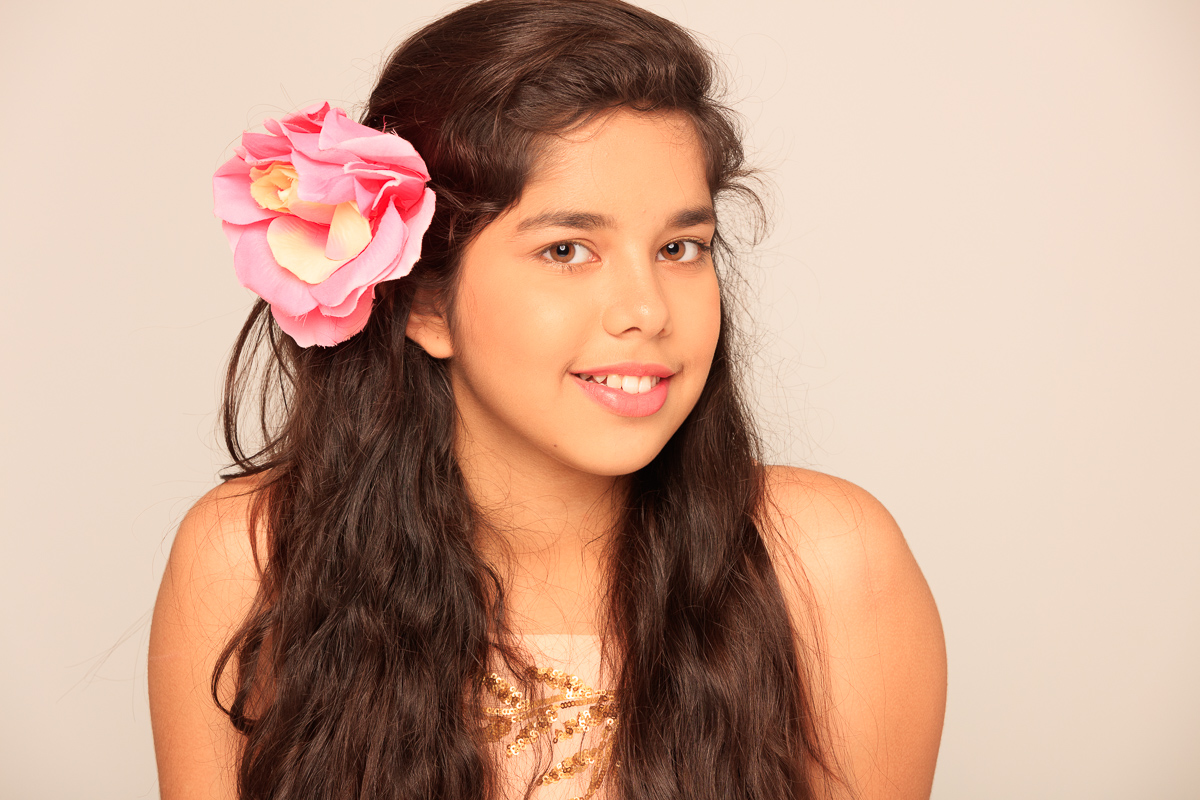

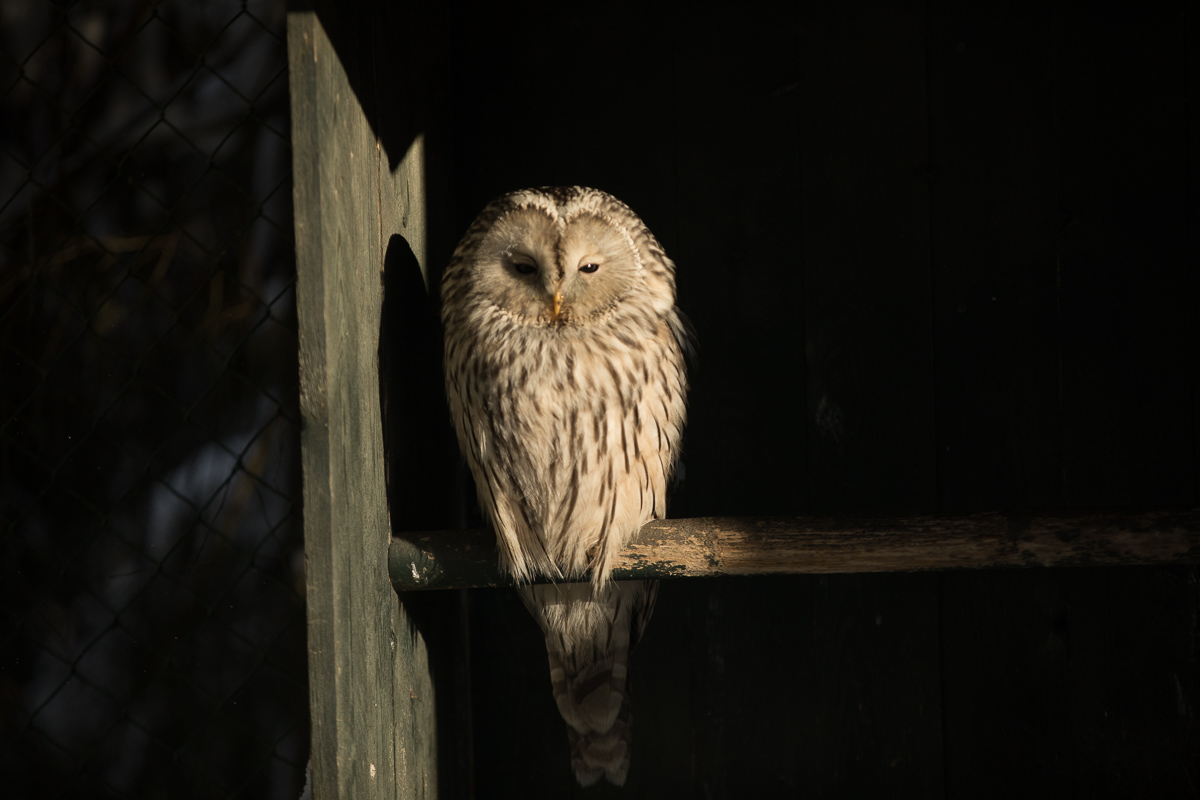
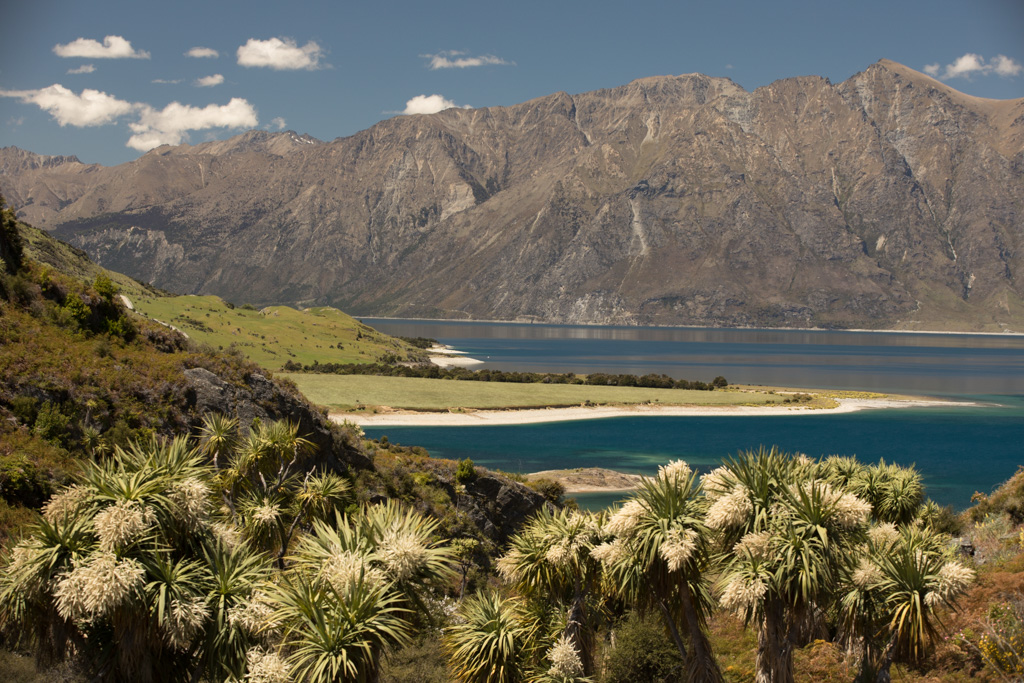
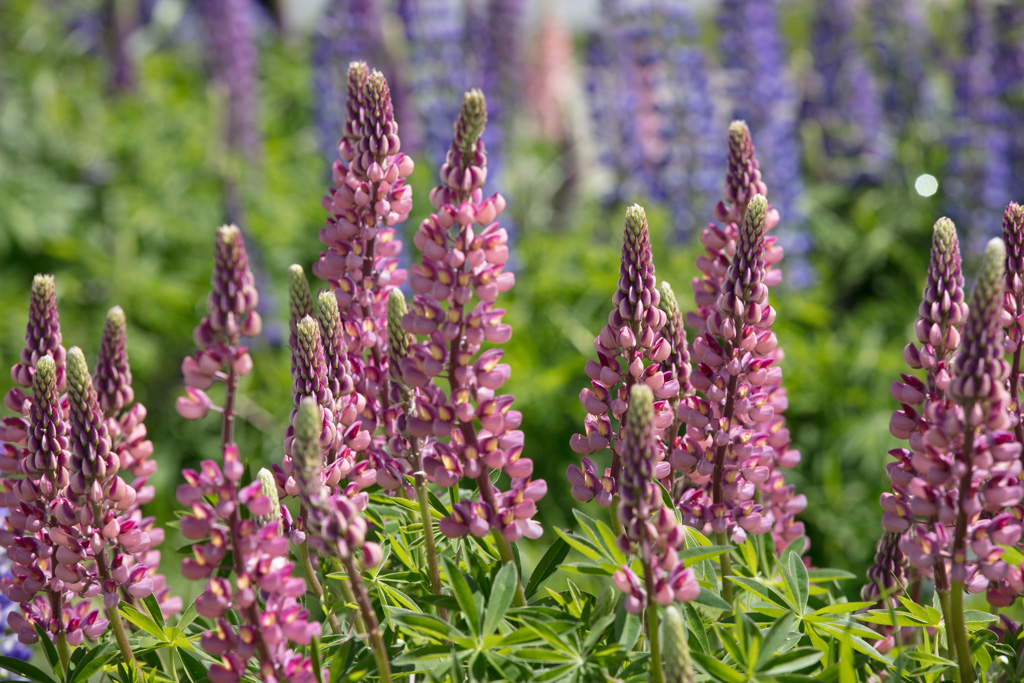
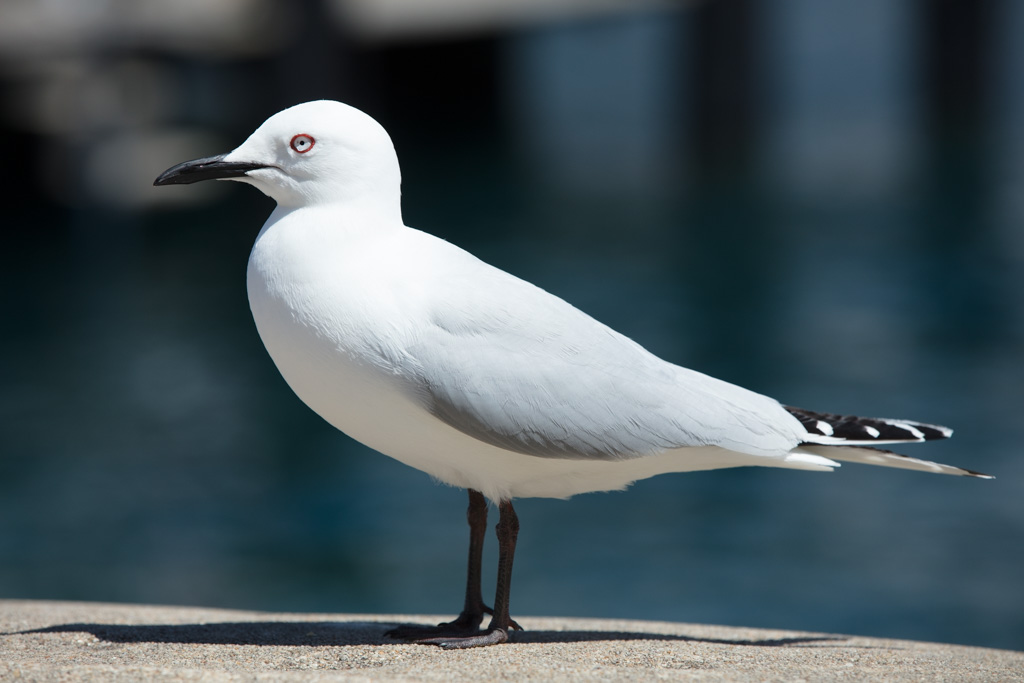
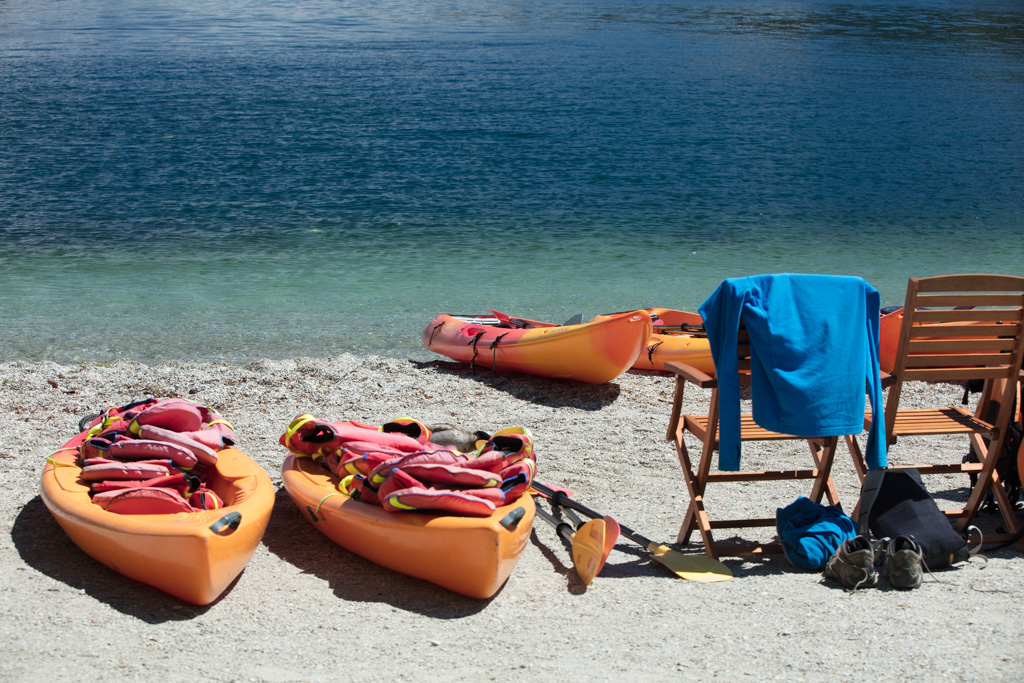
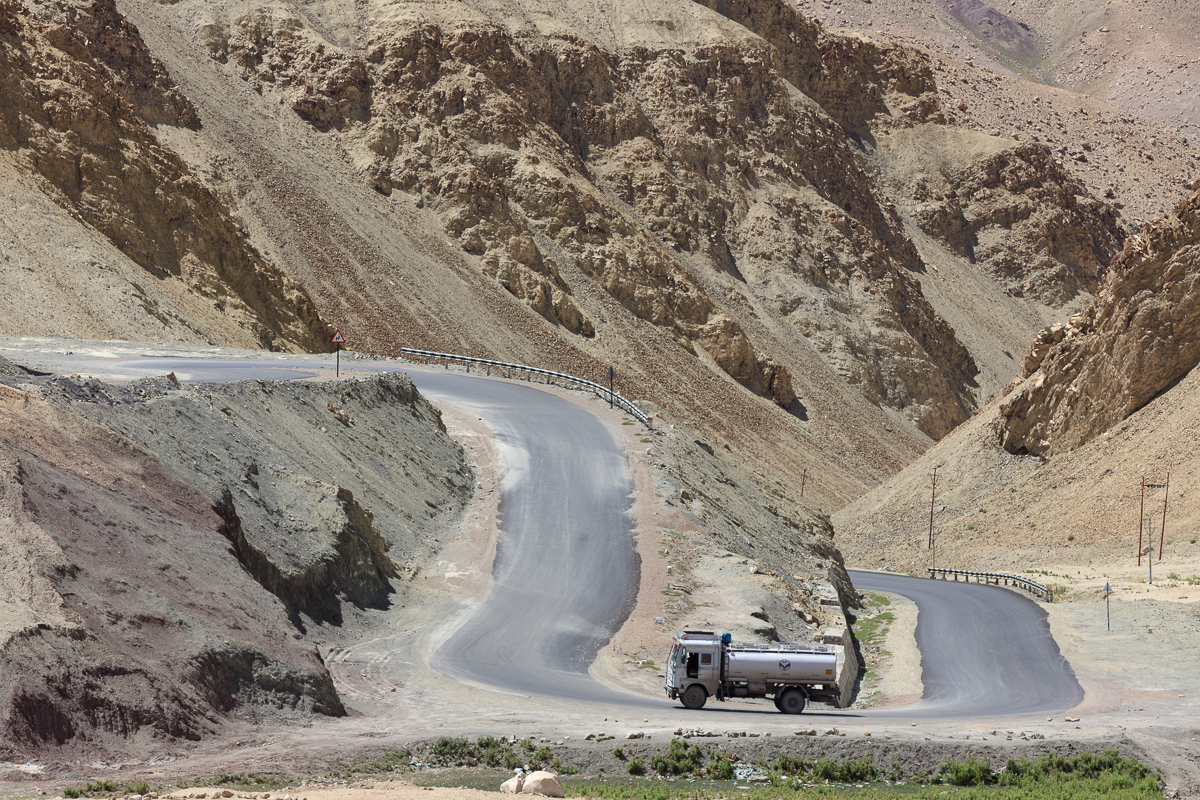
Sigma 35mm F1.4 Art Lens- Is it as good as the hype?
Review of the Sigma 35mm F 1.4 Art Lens. From the new Art Range of Lenses from Sigma this lens has been receiving very good initial reviews from photographers. Kamal Chilaka puts this lens to a real world test.
Quick Facts
MRP : INR 68,000
Retail : INR 62,998
Date introduced : September 2012
Lens Construction13 Elements in 11 Groups
Angle of View: 63.4º
Number of Diaphragm Blades : 9
Minimum Aperture : f16
Minimum Focusing Distance: 30 cm / 11.8 in
Filter Size : 67mm
Maximum Magnifications: 1:5.2
Dimensions
(Diameter x Length) 77mm x 94mm /3in x 3.7in
Weight : 665g / 23.5oz.
The Art series of Lenses from Sigma are completely new lineup with upgraded optics and superior build quality to the previous generation of Sigma Lenses. They are aesthetically pleasing too.I bought this lens after hearing good reviews from the photographer community instead of the proven Canon offering just to see what the fuss was all about.
Focusing Performance 8/10
in AF mode the Sigma 35mm f1.4 Art lens is quick to acquire focus in normal available light situations and studio conditions. Although it doesn't set any new records in the AF department it is a strong performer. Also being a wide angle lens the increased Depth of Field anyway compensates for focusing mistakes.
Sharpness 8/10
This lens produces sharp images even from wide open at f1.4. And not surprisingly is very sharp between f5.6 and f8.0 the sweet spot for most lenses. Stopping down beyond f11 does not given any increase in sharpness. The image contrast is good but the colour rendition appears to be on the warmer side .Need to check this some more and will revert back with an update.
Bokeh 8/10
The wide f1.4 Aperture allows one to create smooth background blur(BOKEH) on a full frame camera. I find the bokeh to be mostly pleasing if not as smooth on as on the more expensive primes or zoom lenses in canon's lineup.On an APS-C camera it's performance is more more like that of f2.8 lens.
Build Quality 8/10
The 35mm Art lens is built solidly and designed beautifully. Its build quality is almost on par with the Canon 35mm f2.0.
This lens is surprisingly heavy for such a small package, specially when compared to the kit zooms like the 55-200 and 70-300mm lenses, but won't break your back.
Value for Money 9/10
The Sigma 35mm f1.4 Art lens is a solid performer from a new breed of lenses designed for high resolution DSLRs. It produces sharp, contrasty images. Is built well and has good bokeh. The price is on higher side when compared to the previous generation sigma 35mm but still a little cheaper than the Canon 35mm f2.0 and quite a lot cheaper than Can's f1.4 version 2. This is a good alternative to Canon glass at least for Canon users.
Sample images
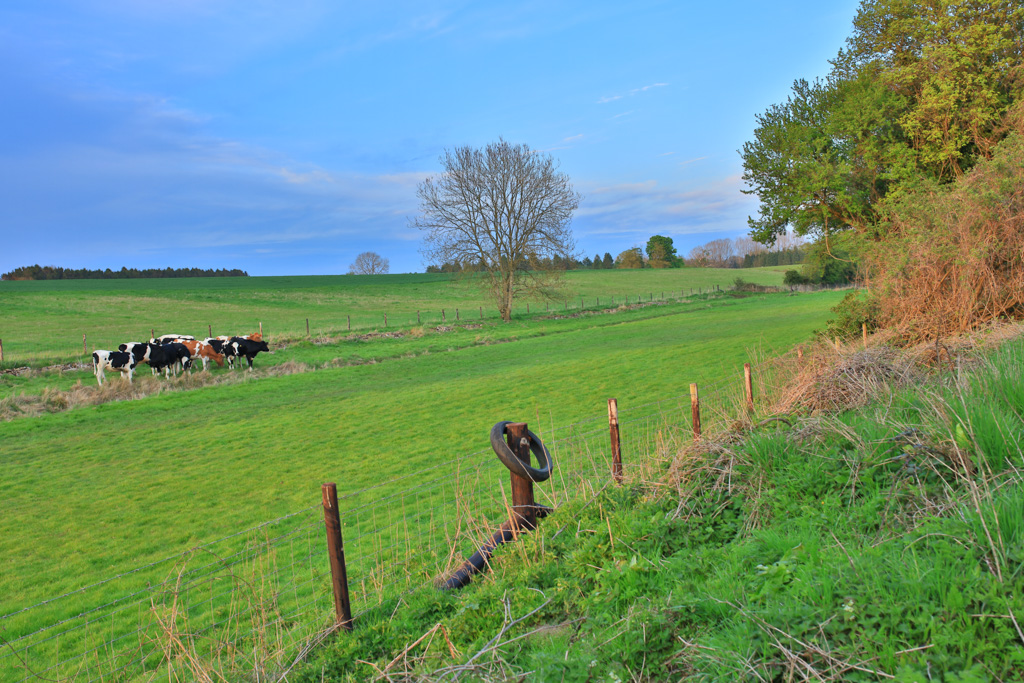
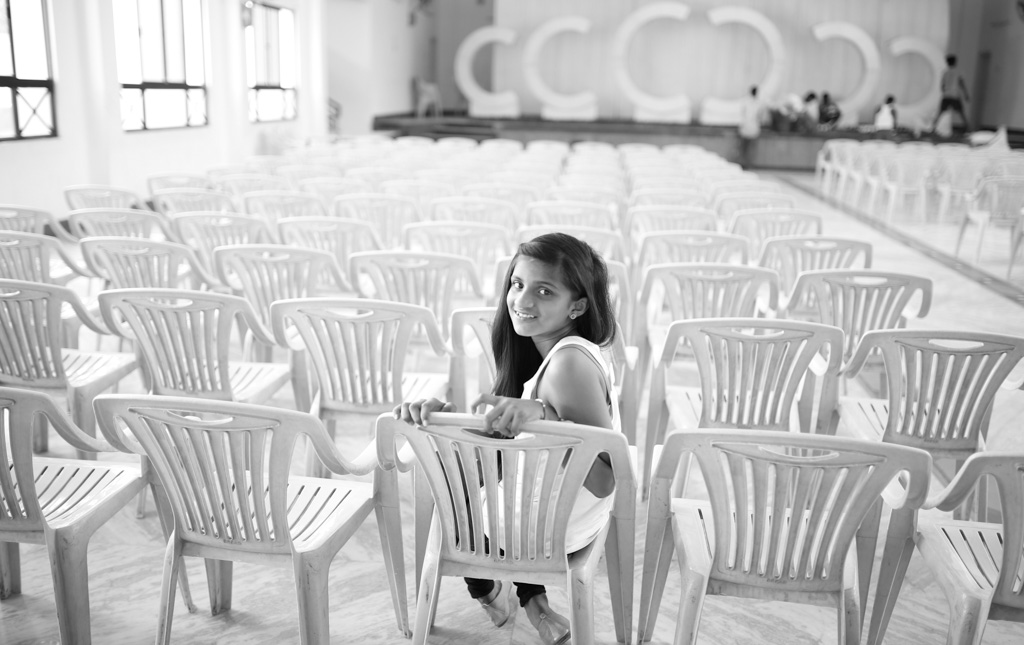
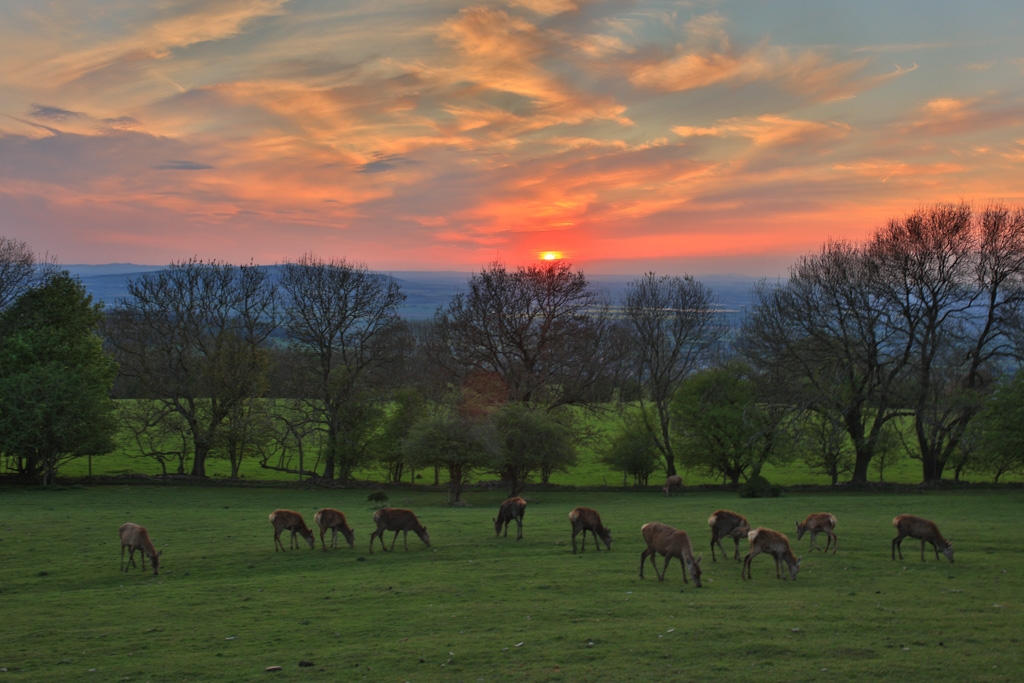
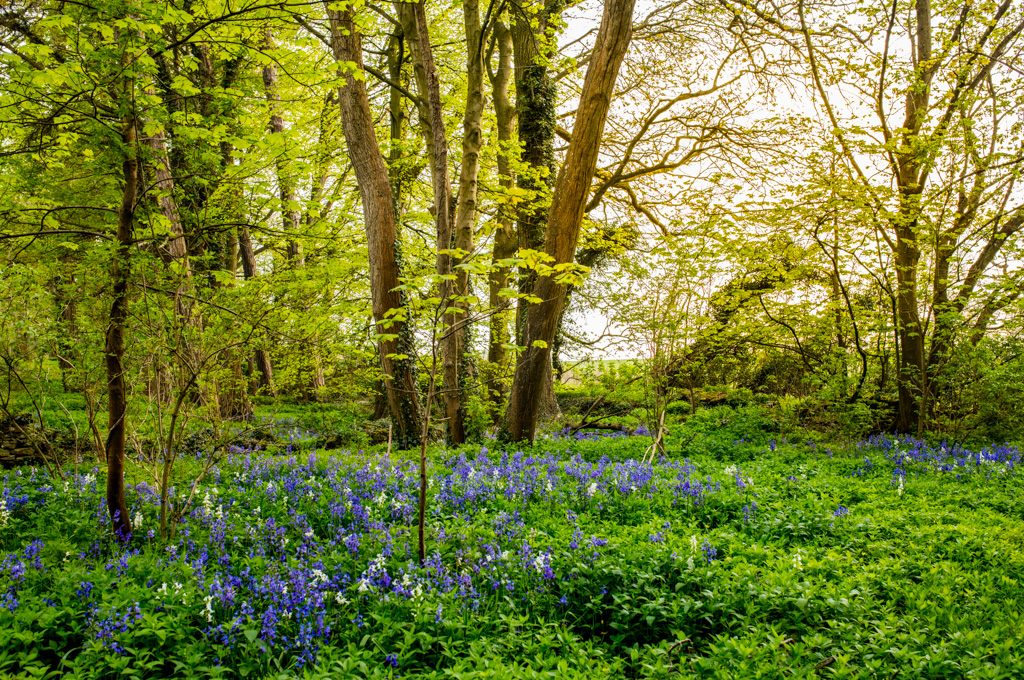
Shop for Sigma 35mm or similar lens
Zeiss Otus 55mm F1.4 ,the pinnacle of Optical Performance?
Review of Zeiss Otus 55mm F 1.4 Lens. Read a real world use based review of this remarkable lens from Zeiss. Travel and Landscape Photographer Kamal Chilaka shares his experiences with the lens after using the lens for a variety of images over a period of a year.
Quick Facts
MRP : INR 224,900
Retail : INR 220,000
Date introduced : 2014
Maximum format size : 35mm full frame
Focal length : 55 mm
35mm equivalent focal length (APS-C) : 88 mm
i have had this lens for about a year now now and have been using it to shoot a variety of subjects including environmental portraits . A regular companion on my portrait shoots It gives that wider perspective from the additional angle of view that my other favourite portrait lens the 85mm f1.8 cannot.
Focusing Performance NA (MF ONLY)
This a strictly manual focus only lens. No AF. But like on any lens with a wide aperture good eyesight and good focusing technique are needed to consistently get proper focus while shooting wide open on canon DSLRs
Sharpness 9/10
This lens produces sharp images from wide open till about f11 after which sharpness drops a tad. But for all practical purposes it is super sharp. Leica lenses are the benchmark for sharpness in my opinion.
Bokeh 9/10
The wide f1.4 Aperture allows one to create smooth background blur(BOKEH) on a full frame camera. The Bokeh on this lens is buttery smooth as is expected from such an expensive Lens with wide aperture.
Build Quality 10/10
It's well built with a metal lens mount and high quality plastic barrel unlike the Canon 50mm f1.8 lens which is mostly a cheaper plastic construction.
Slightly lower build quality that the 85mm f1.8 EF lens.
Value for Money 8/10
I believe this lens represents good value for money. At it's street price of INR 220,000 this is a Rolls Royce of Normal Lenses. It is a high end lens designed to meet the needs of medium format photographers moving to digital 35mm on high resolution sensor cameras. The price might seem stratospheric when compared to other 35mm lenses but in reality when compared to medium format lenses it is actually a bargain.
A fantastic Normal to Short Telephoto lens ideal for a variety of subjects including portraiture, fine art work, and landscape photography. strong Contrast, Highest image quality, supreme sharpness, beautiful colour rendition all make this a great lens for the professional photographer for whom nothing but the best will do. A great pairing for modern high resolution DSLRs and Mirrorless Cameras.
Sample Images

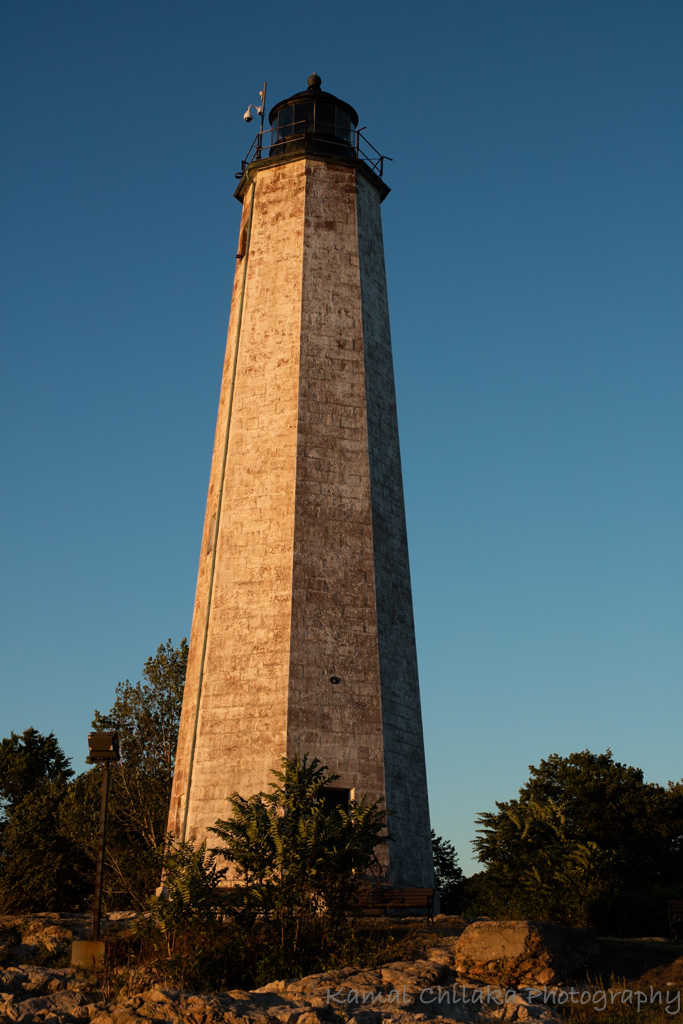
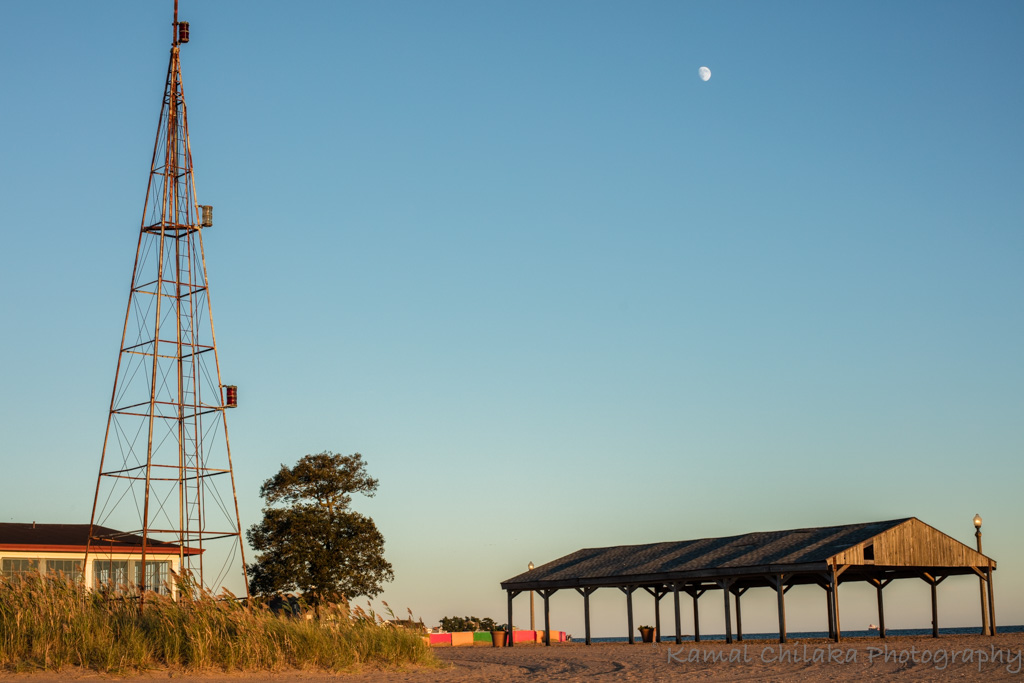
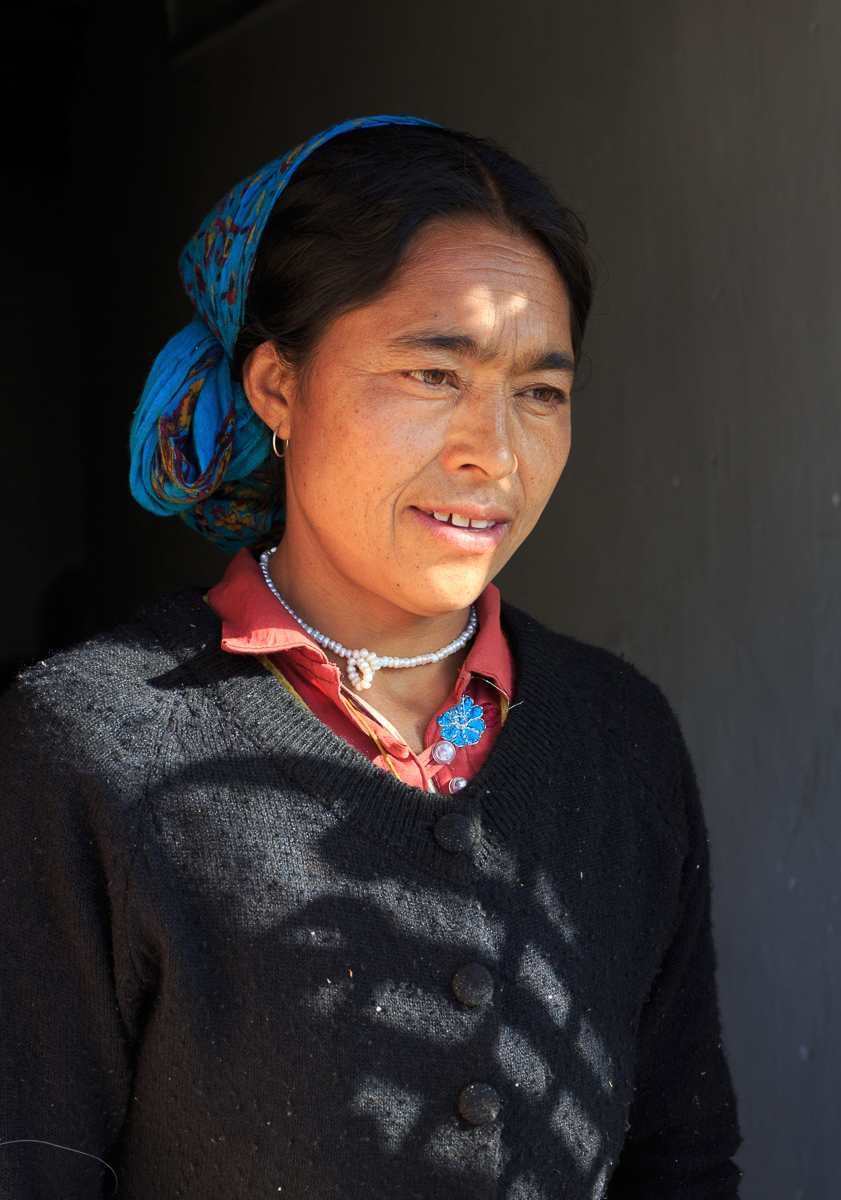
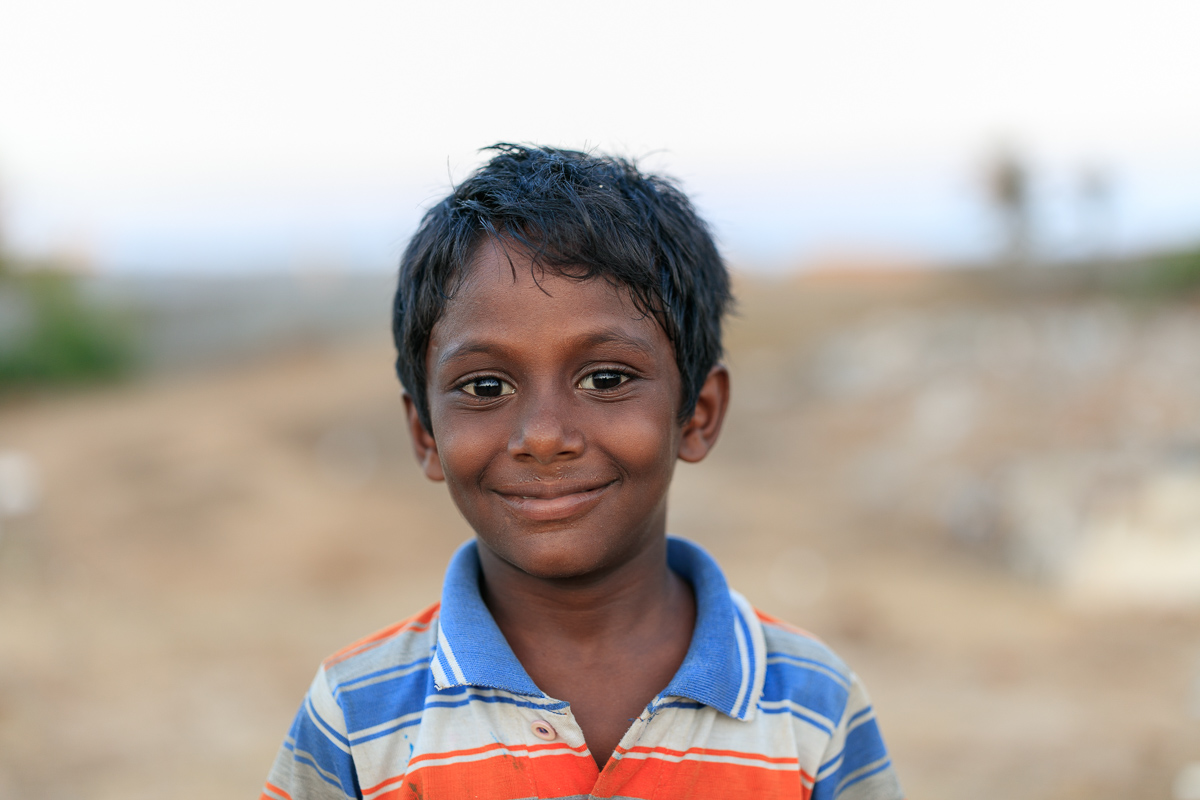
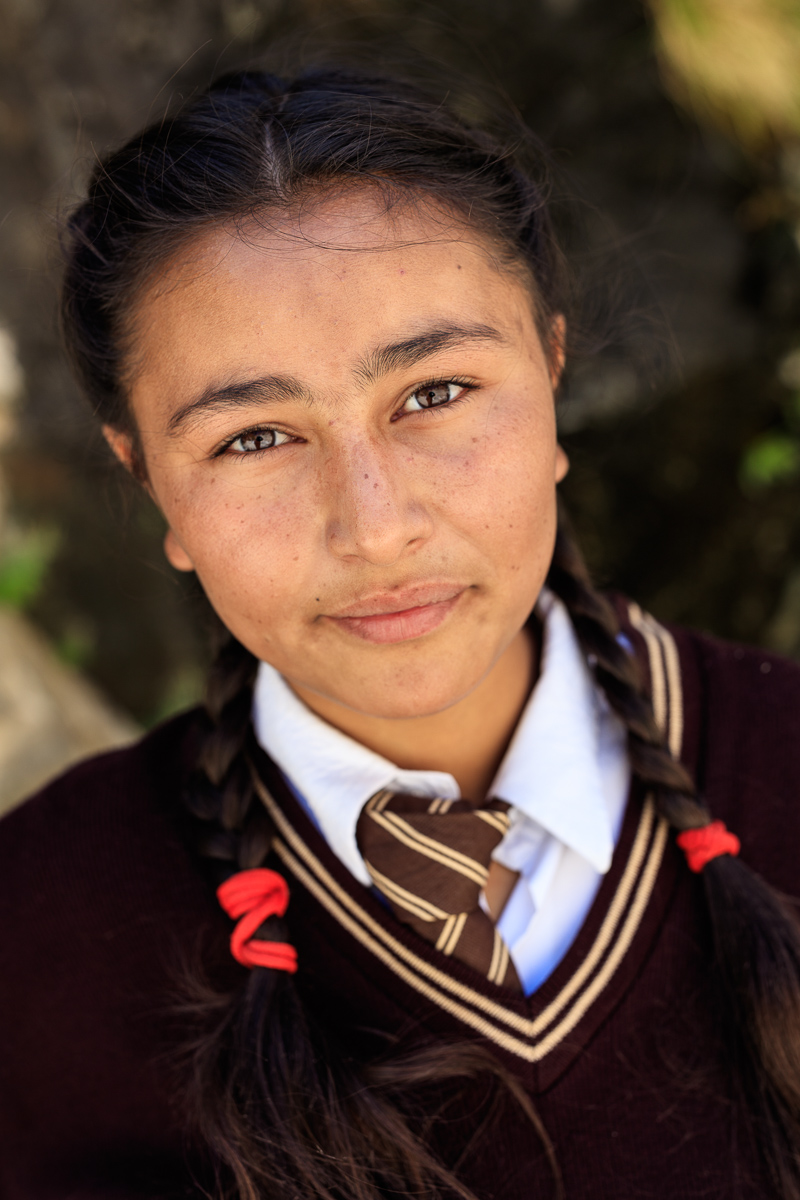

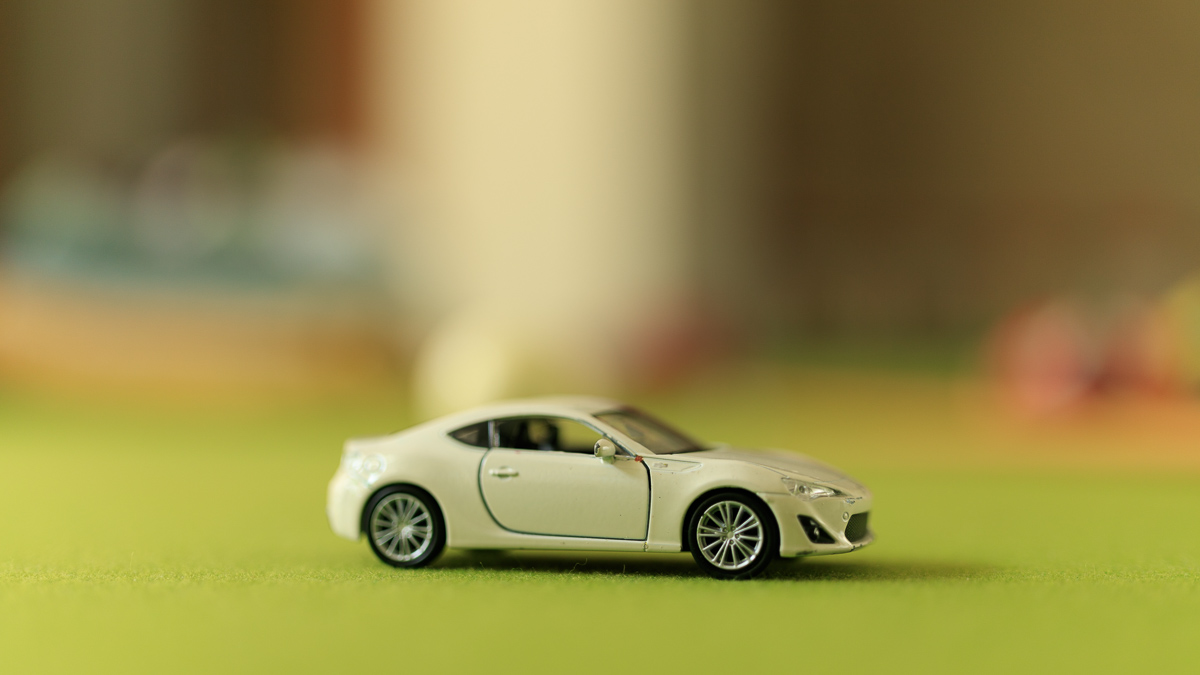
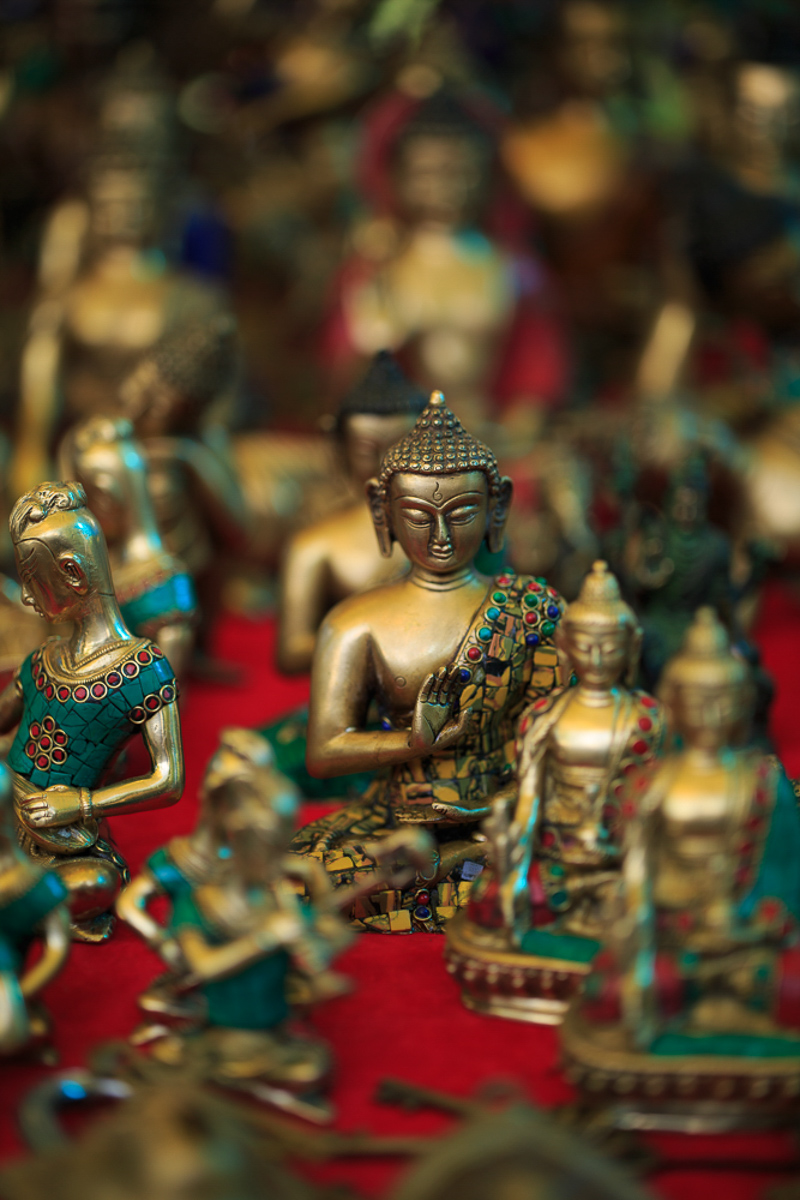
The Canon 50mm f1.4 USM A Capable Allrounder
Review of the Canon EF 50mm F1.4 USM.
Quick Facts
MRP : INR 29,900
Retail : INR 26,000
Date introduced : June 1993
Maximum format size : 35mm full frame
Focal length : 50mm
35mm equivalent focal length (APS-C) : 80mm
This lens has been with me for a few years now and have been using it mostly to shoot environmental or full length portraits on my full frame 5D Mark 3 and more recently on my 5DS R and 5D Mark 4. A regular companion on my portrait shoots It gives that wider perspective from the additional angle of view that my other favourite portrait lens the 85mm f1.8 cannot.
Focusing Performance 7/10
in AF mode the 50mm f1.4 is quick to acquire focus in normal available light situations and studio conditions. But like on any lens with a wide aperture good eyesight and good focusing technique are needed to consistently get proper focus while shooting wide open on canon DSLRs
Keeping the best focusing lenses in Canon's lineup such as the 70-200 f2.8 L and the 300 f2.8 as a benchmark I would rate this lens as 7/10 which is quite good.
Sharpness 7/10
This lens produces sharp images when stopped down to f2.8 or more. And not surprisingly is very sharp between f5.6 and f8.0 the sett spot for most lenses. When used wide open at f1.4 there is a soft dreamy quality to the images which i like but aficionados of super sharp images may be disappointed.
Bokeh 7/10
The wide f1.4 Aperture allows one to create smooth background blur(BOKEH) on a full frame camera. I find the bokeh to be mostly pleasing if not as smooth on as on the more expensive primes or zoom lenses in canon's lineup.On an APS-C camera it's performance is more more like that of f2.8 lens.
Build Quality 6/10
It's well built with a metal lens mount and high quality plastic barrel unlike the Canon 50mm f1.8 lens which is mostly a cheaper plastic construction.
Slightly lower build quality that the 85mm f1.8 EF lens.
Value for Money 9/10
I believe this lens represents good value for money. At it's street price of INR 26,000 this is great normal lens with higher optical performance and build quality than any of the kit lenses and also the 50mm f1.8 lens. It is a good all around performer with a full frame DSLR and can also double as a portrait lens on APS-C cameras.
Sample Images
